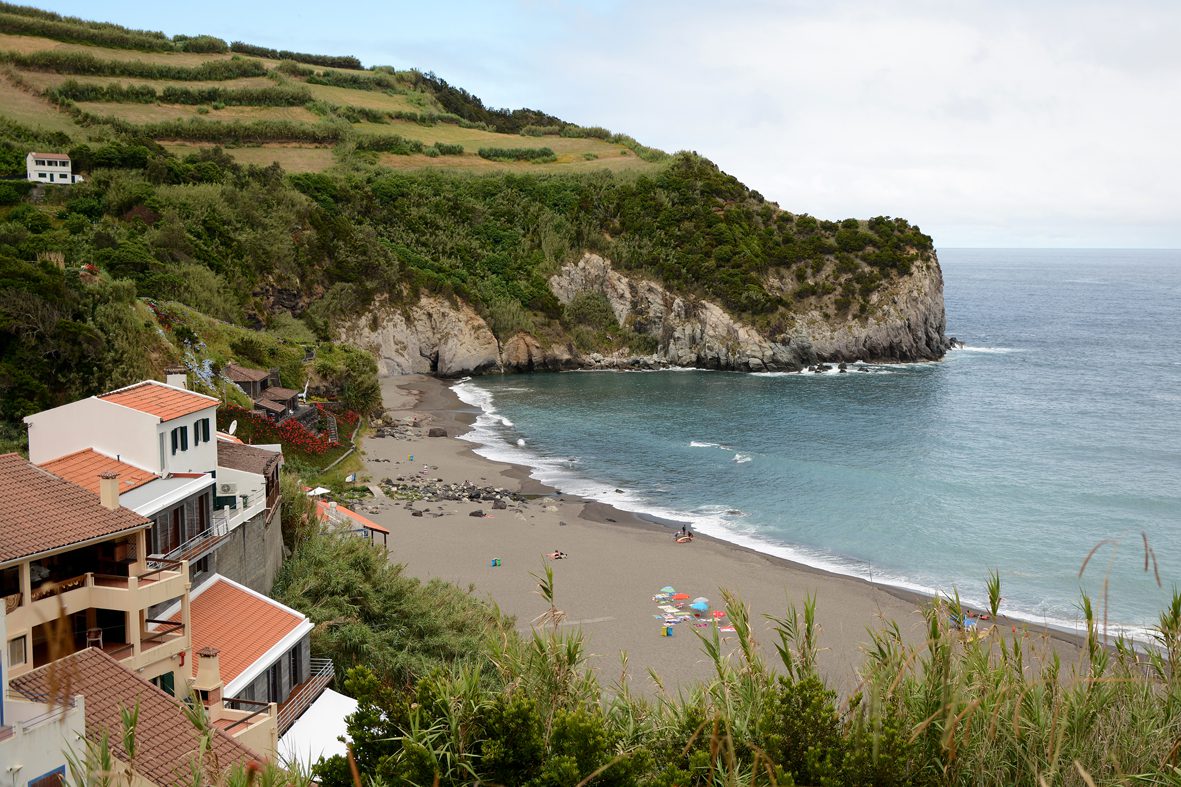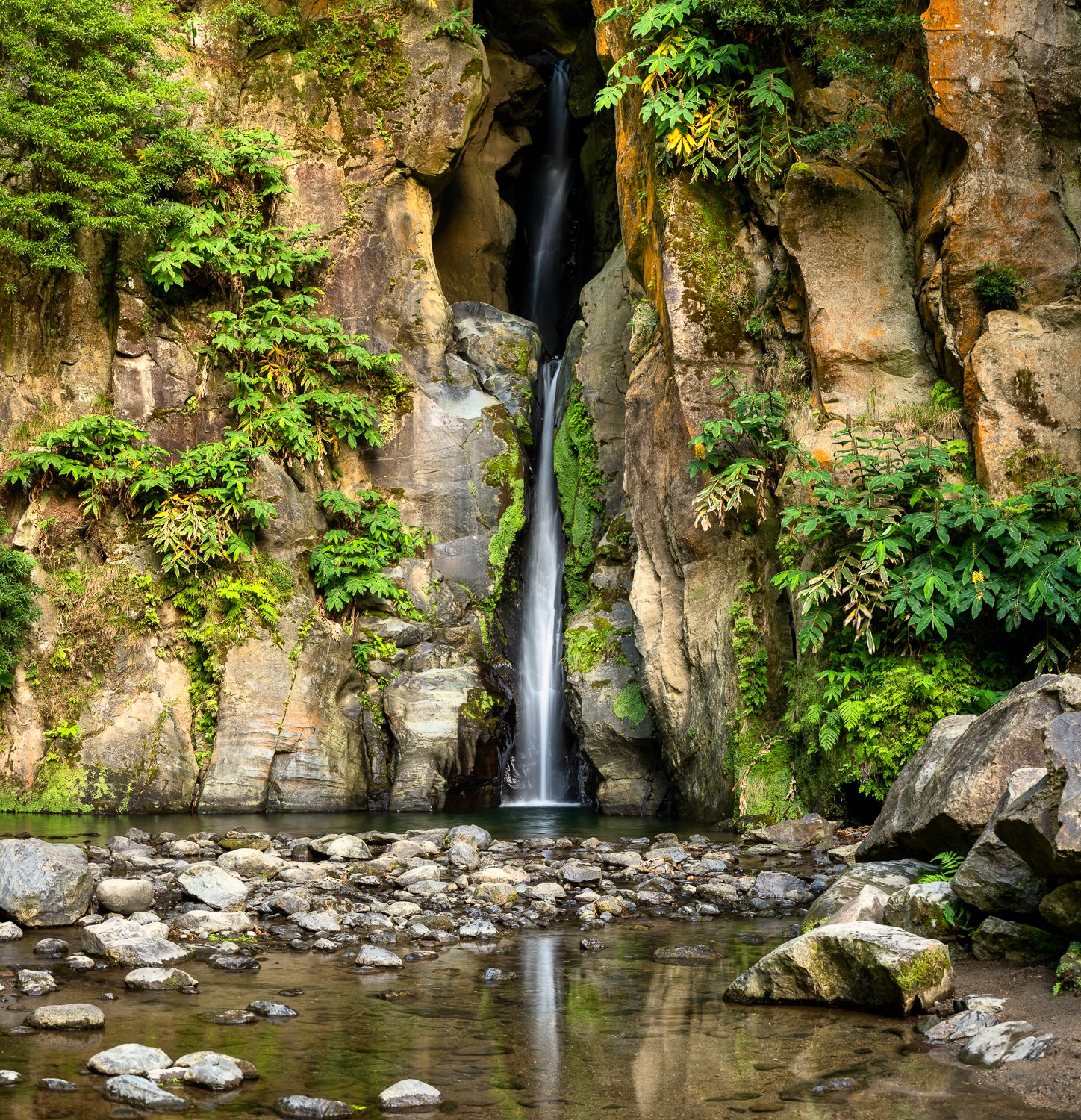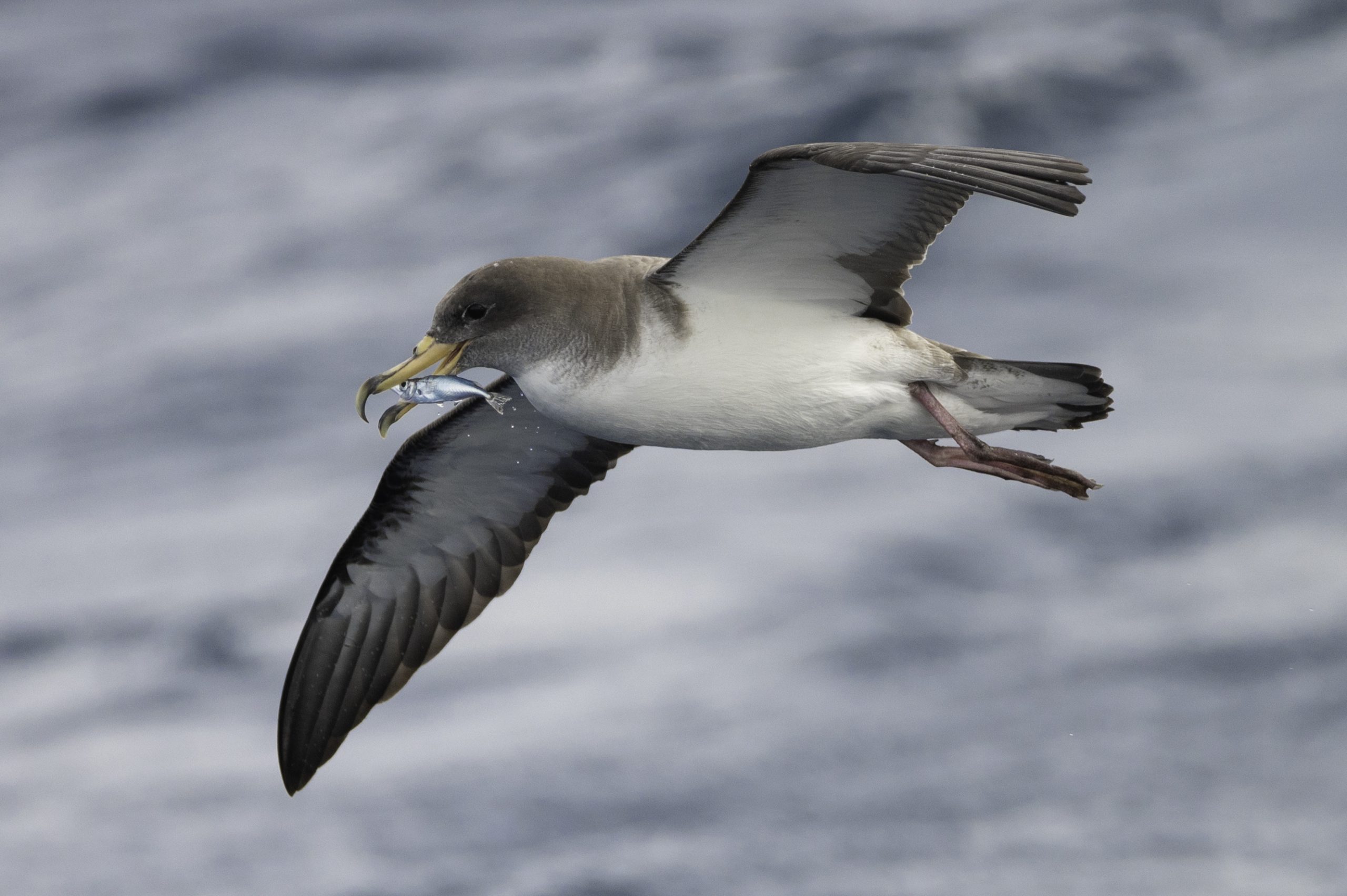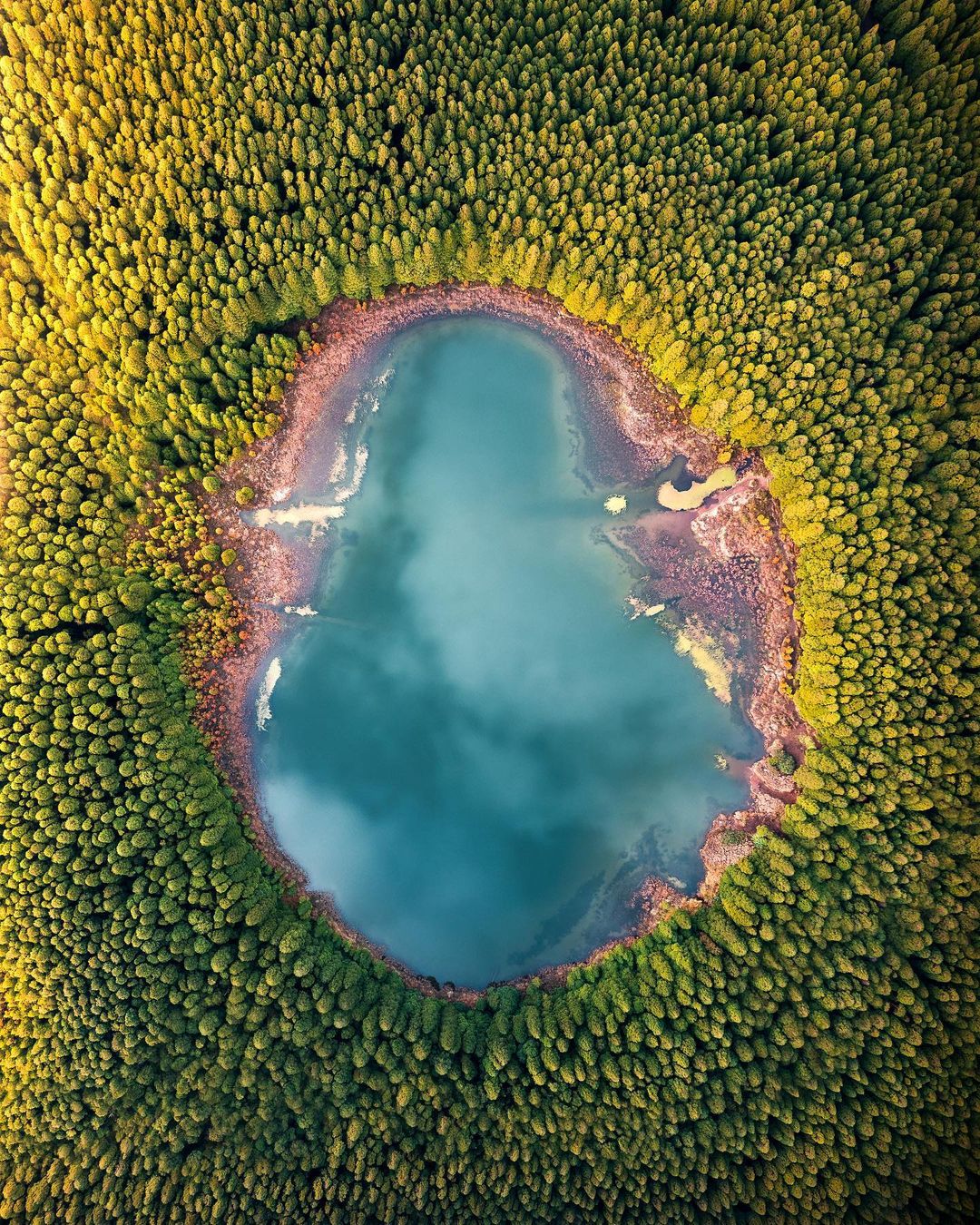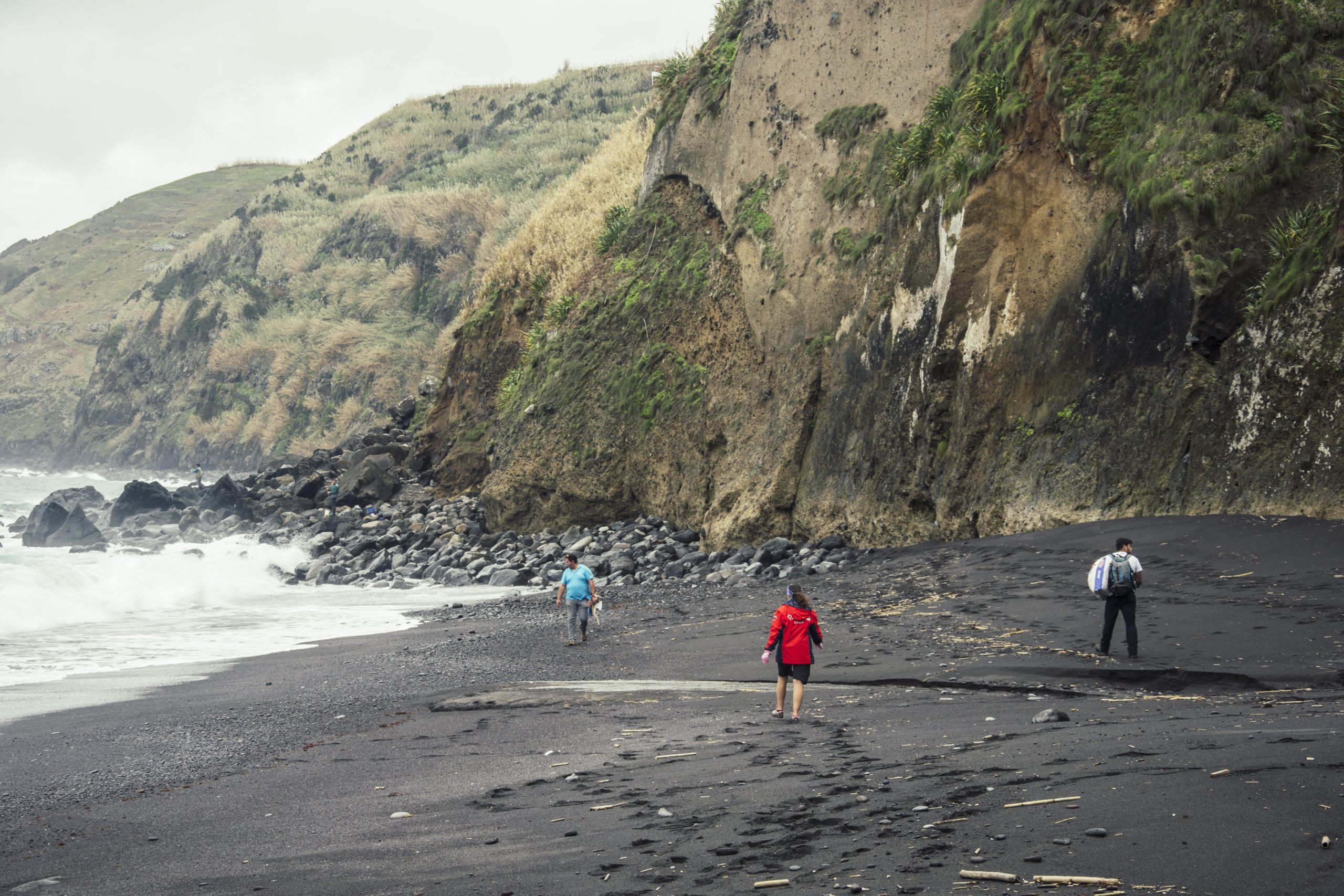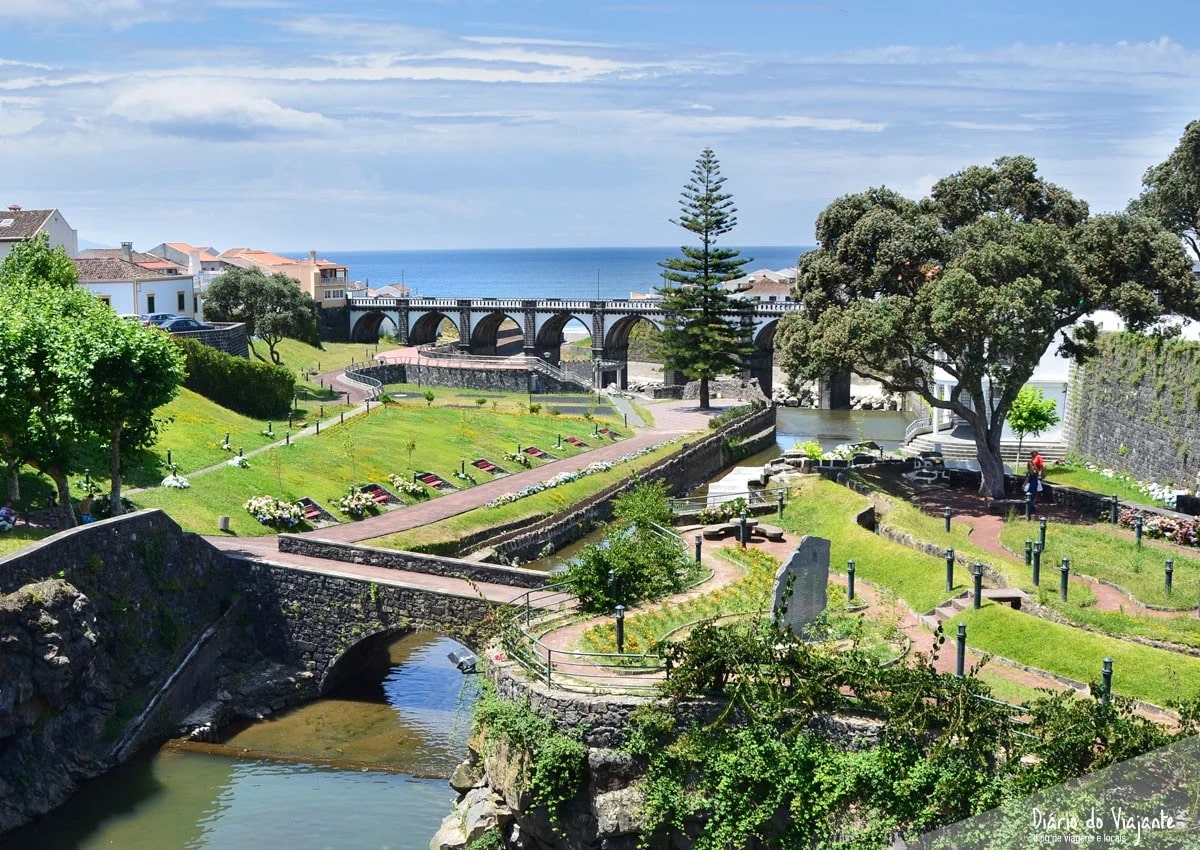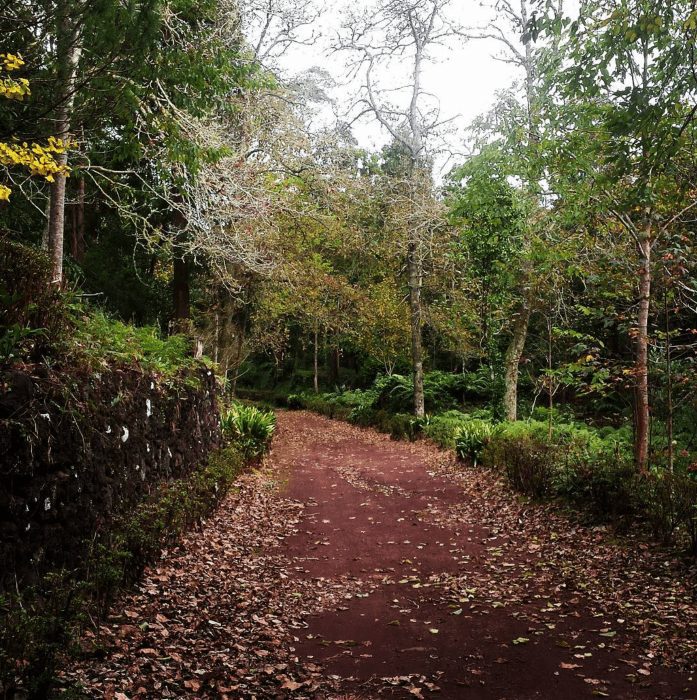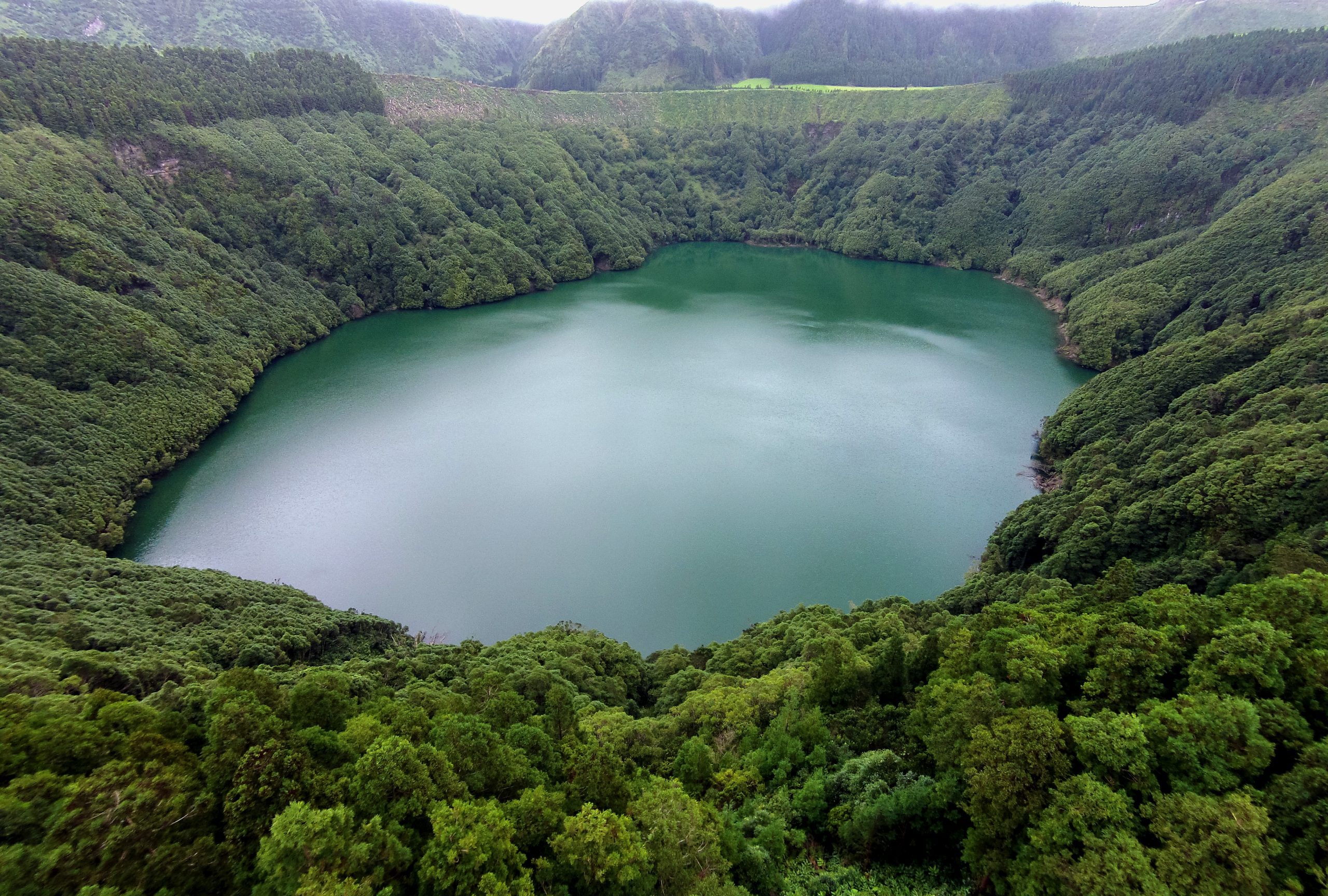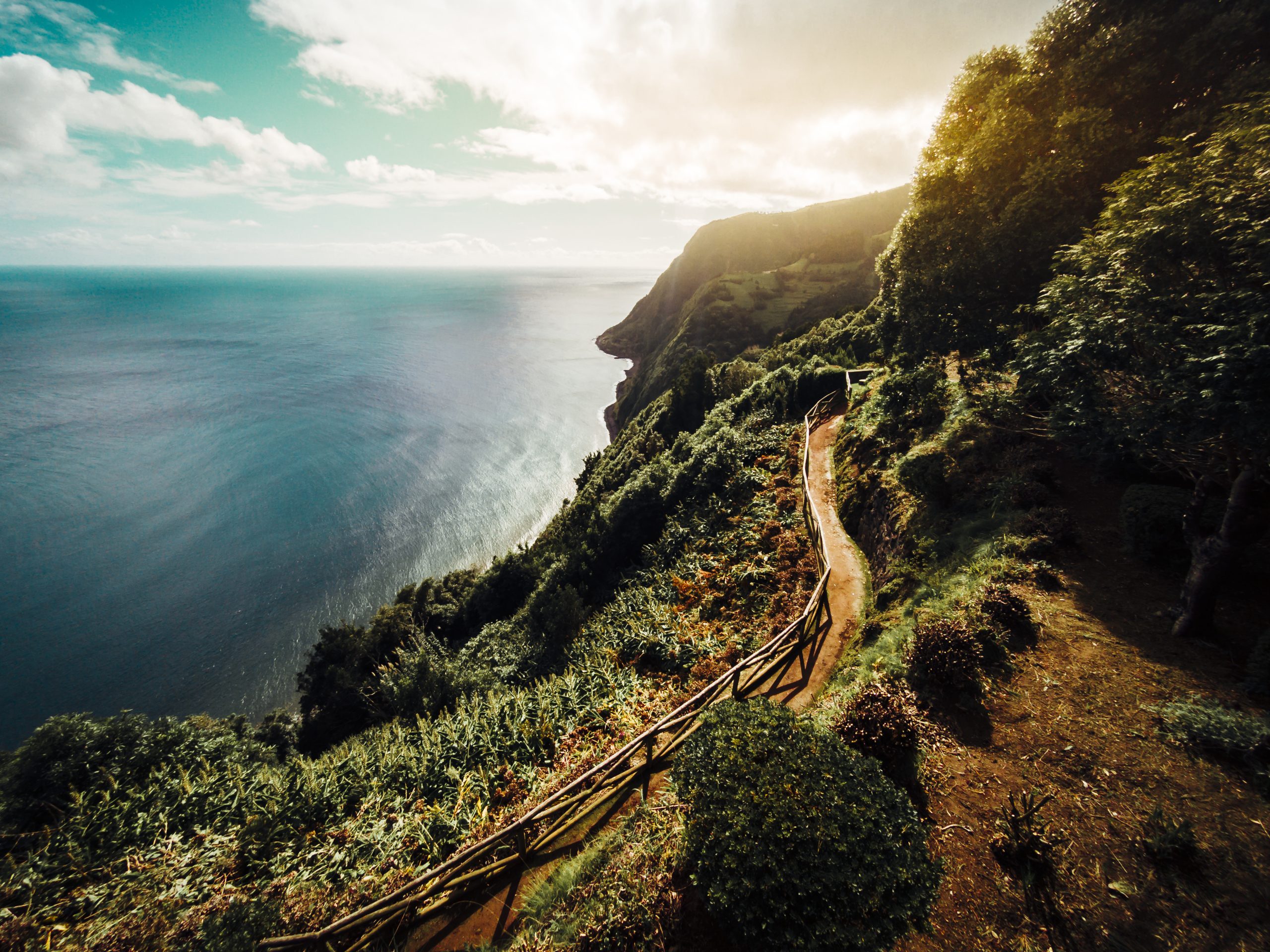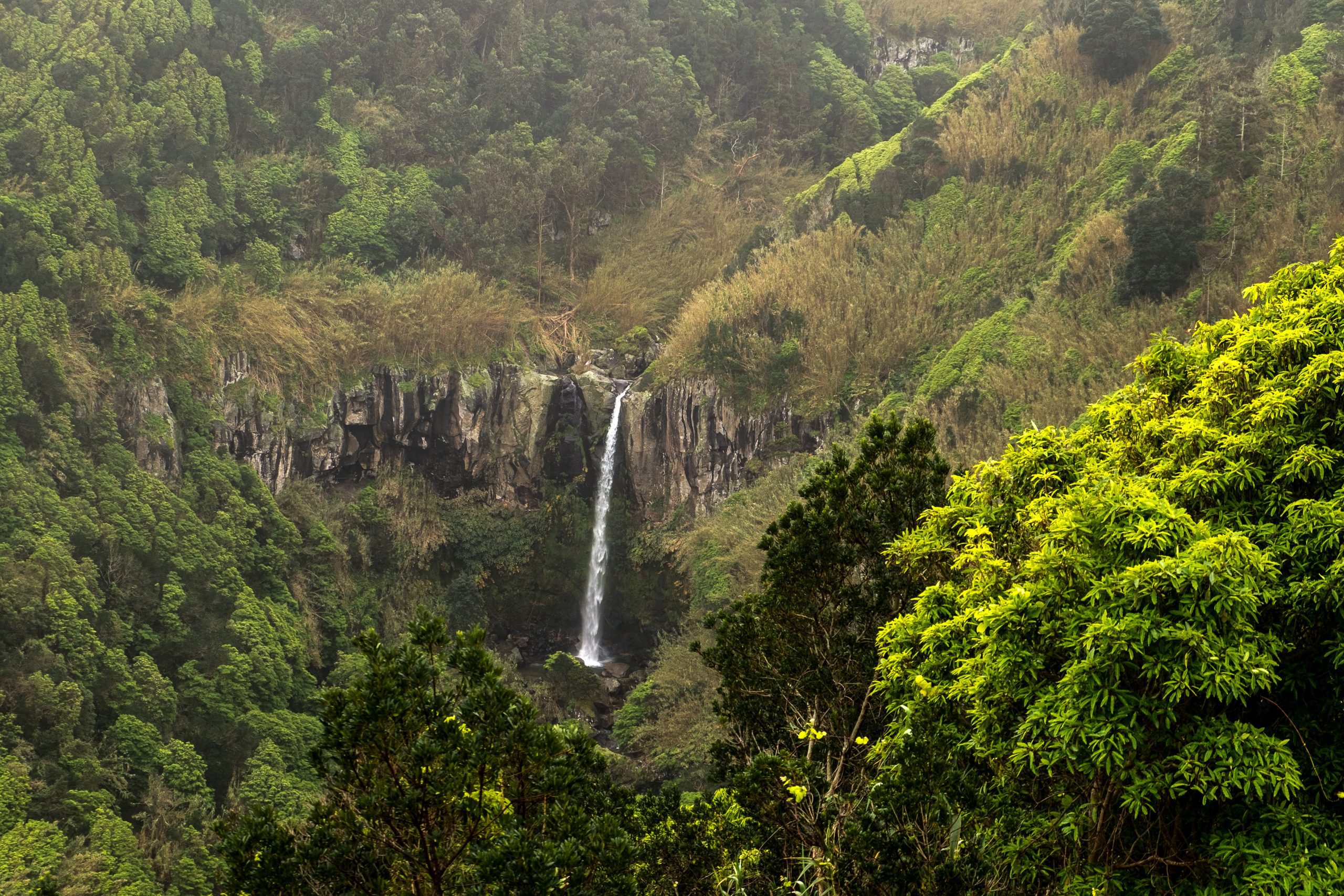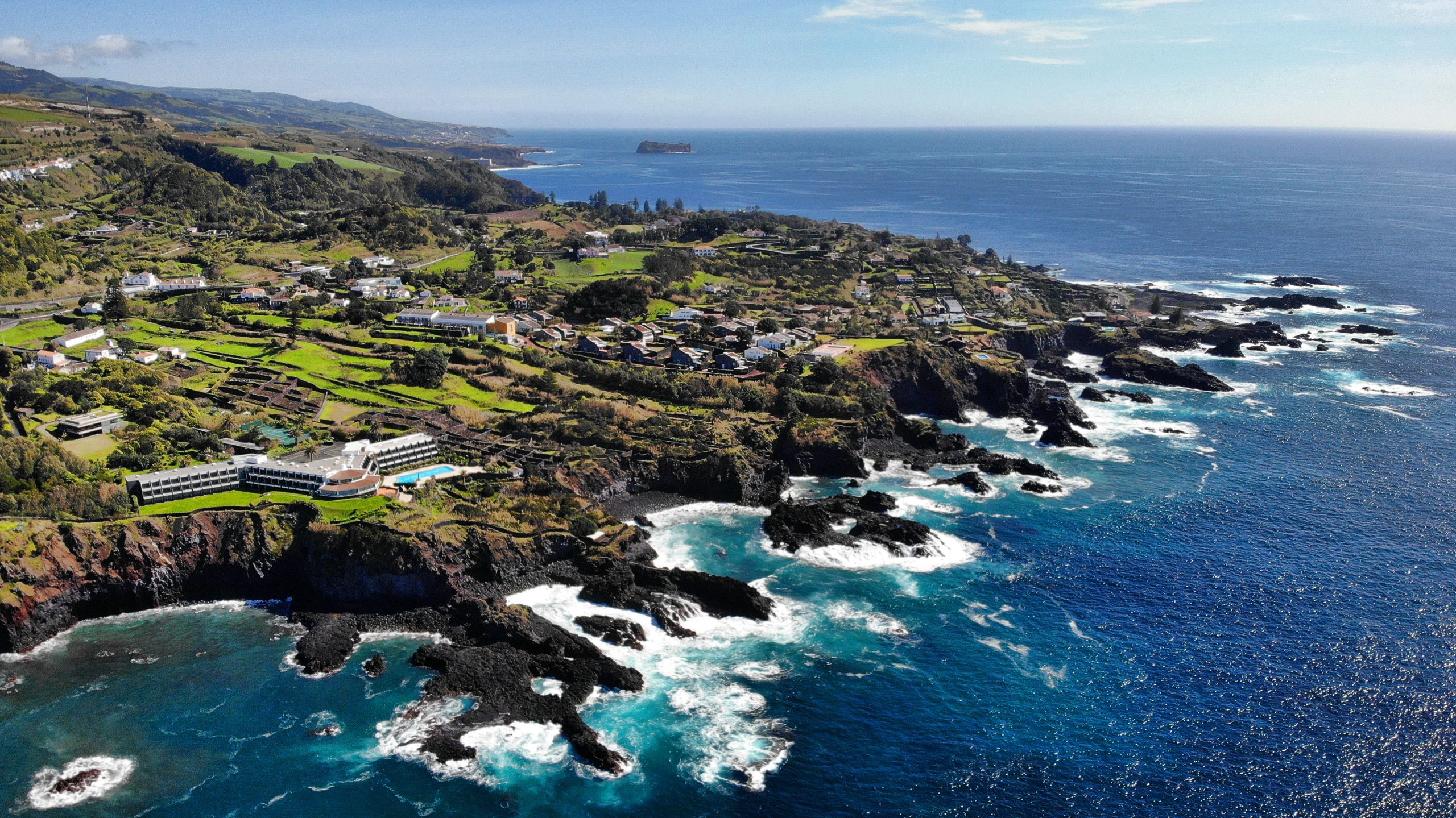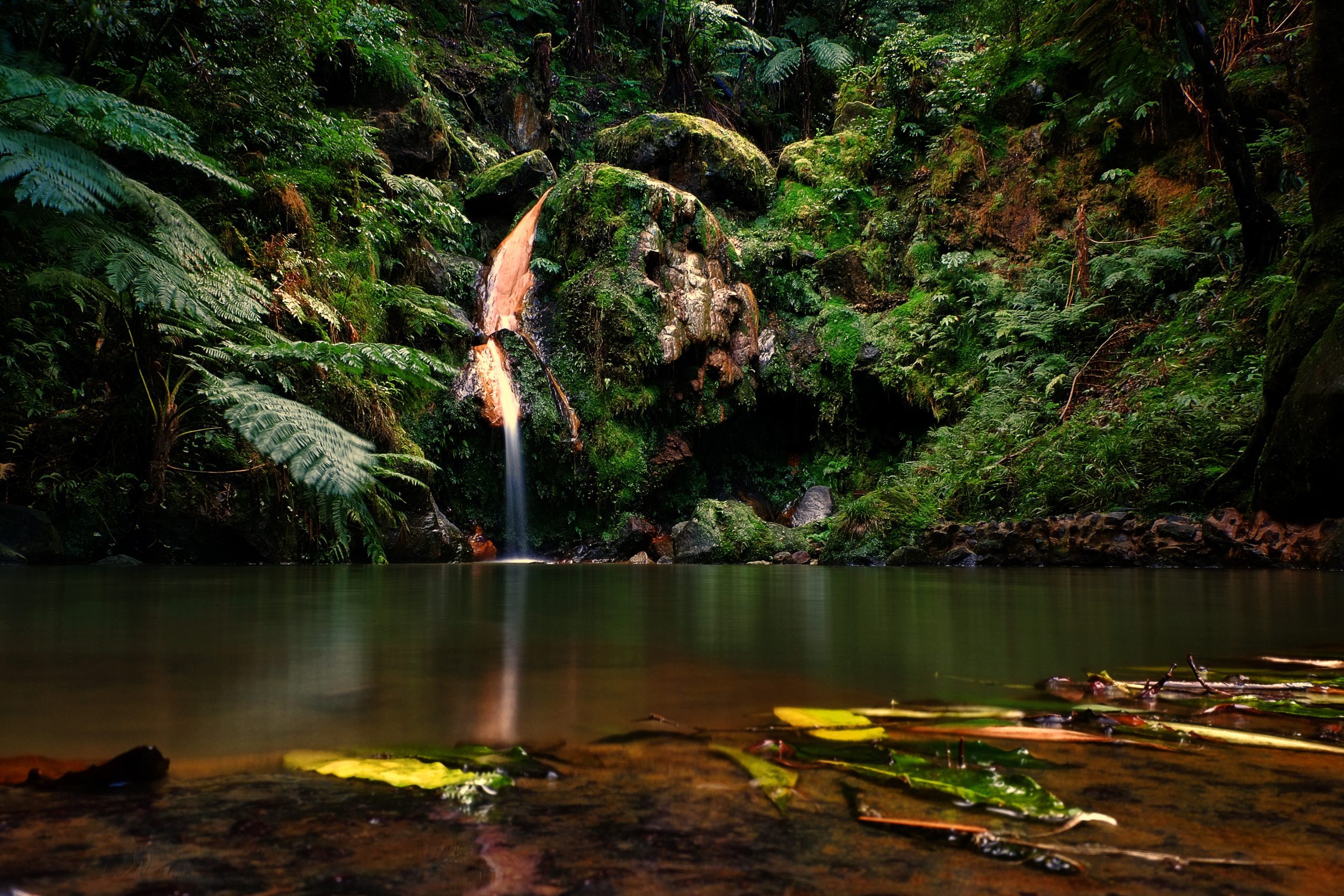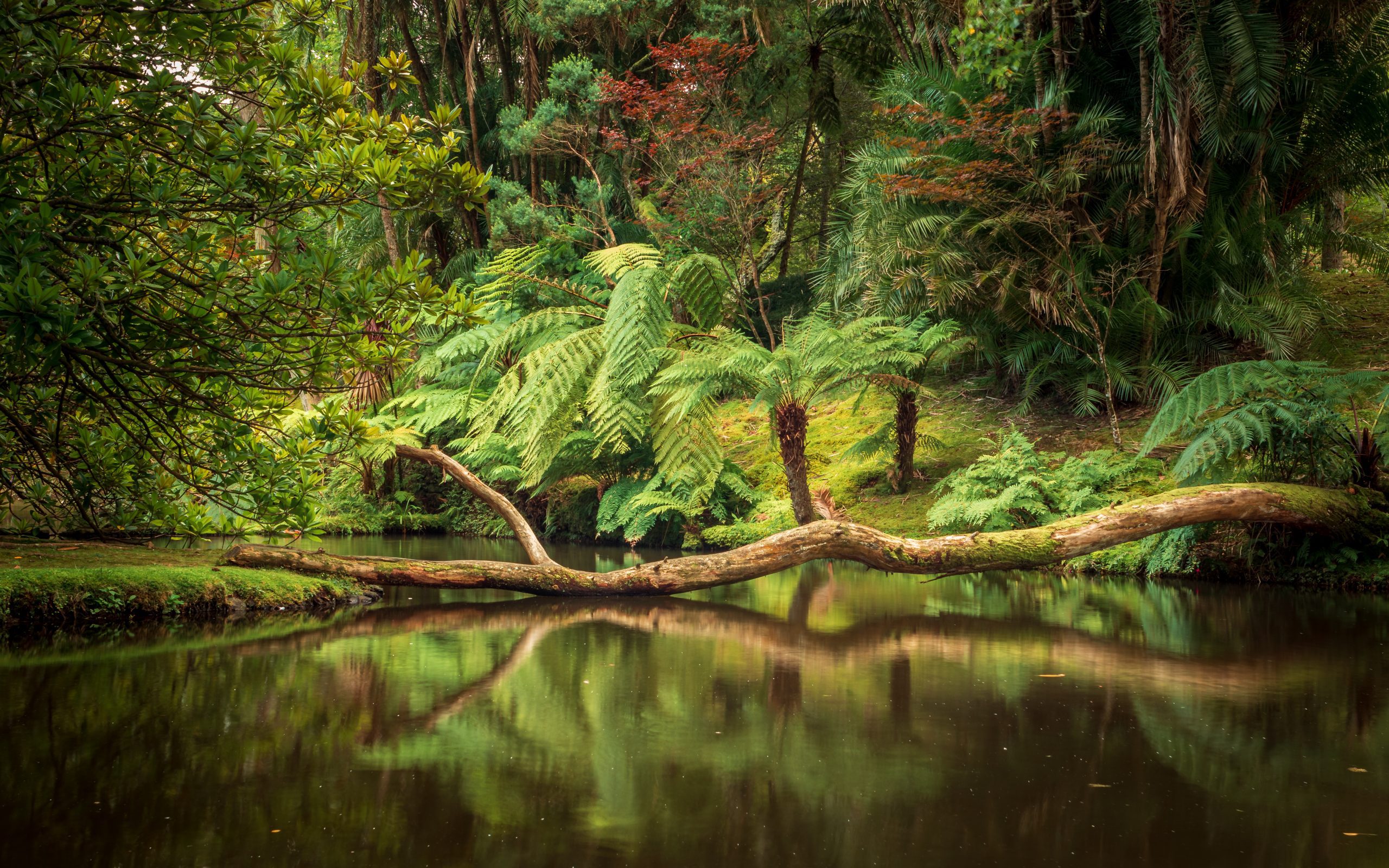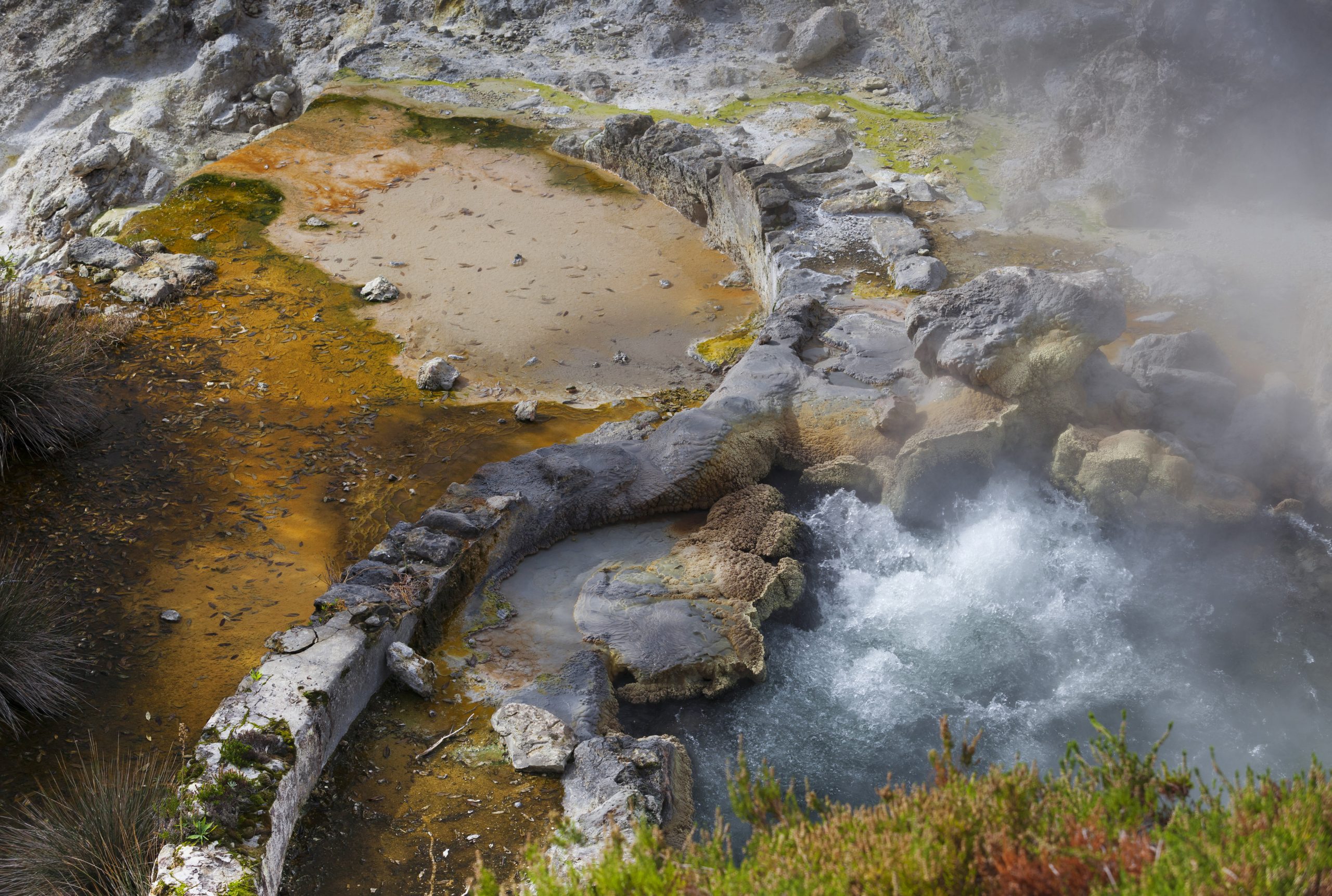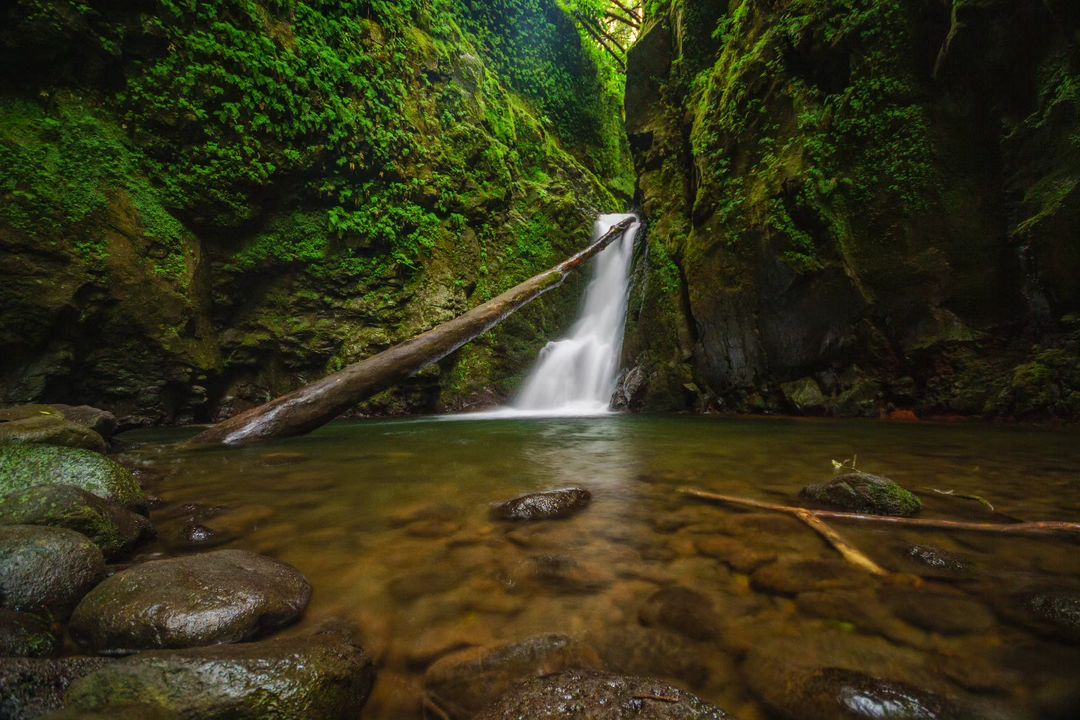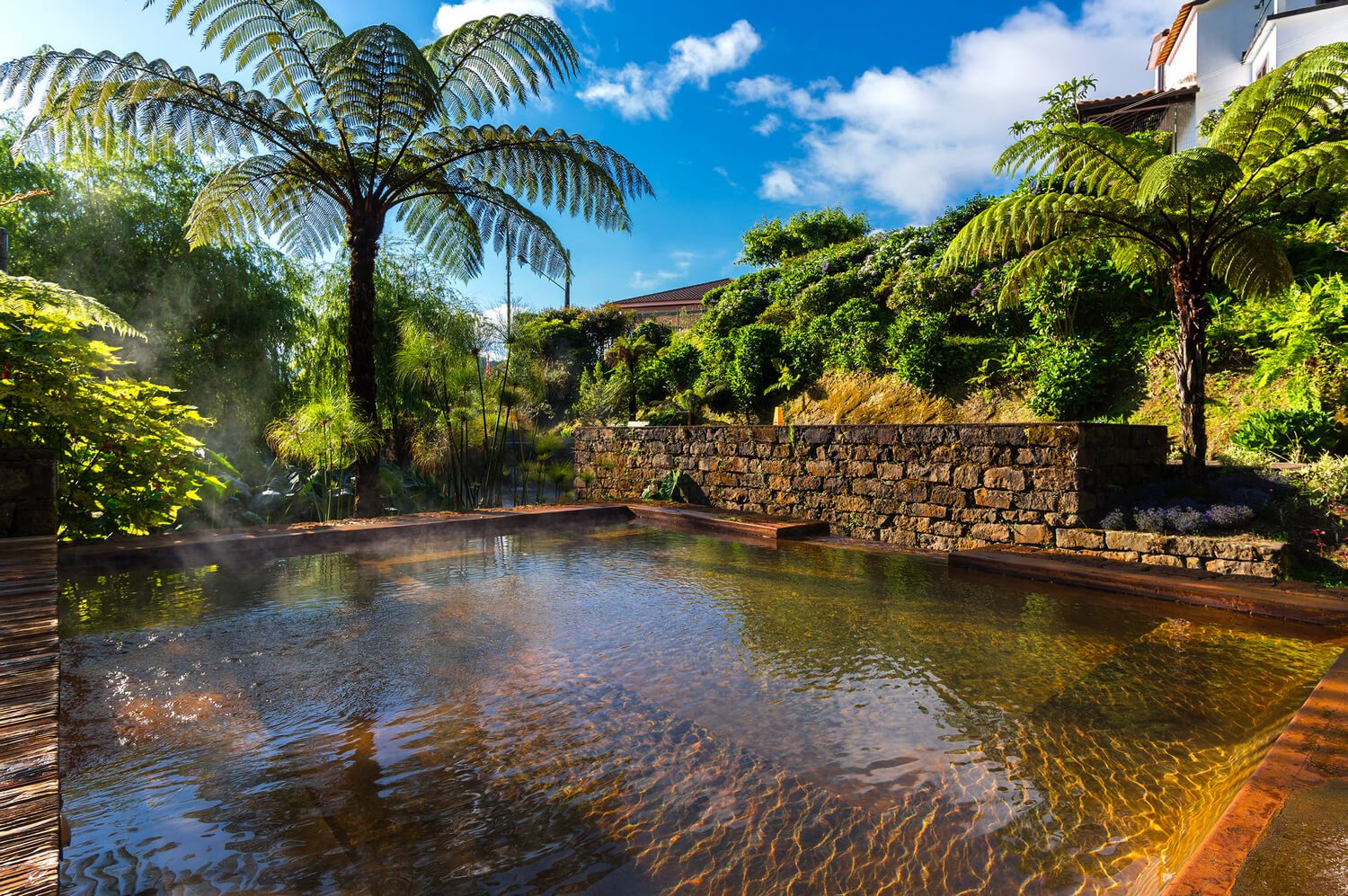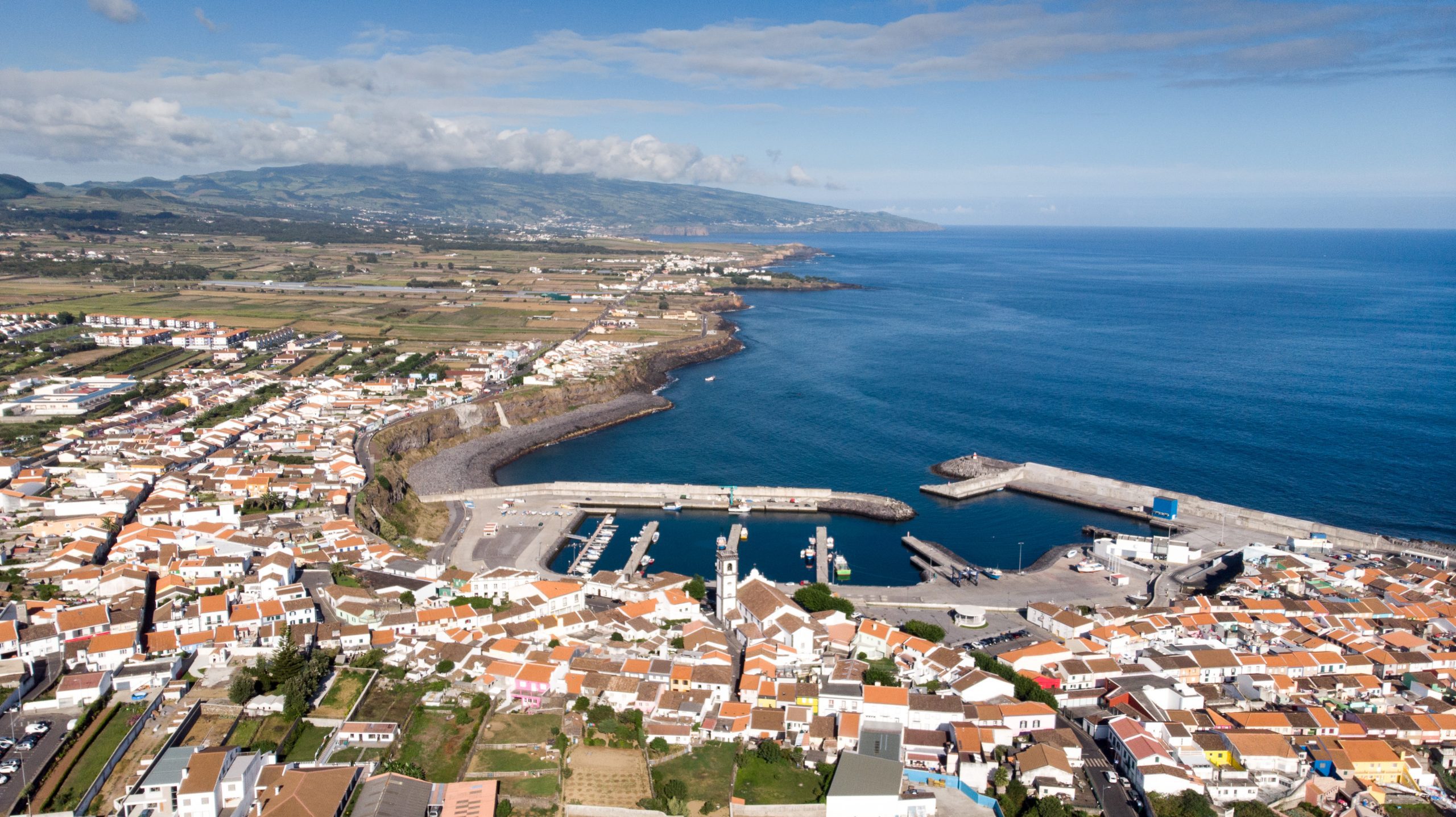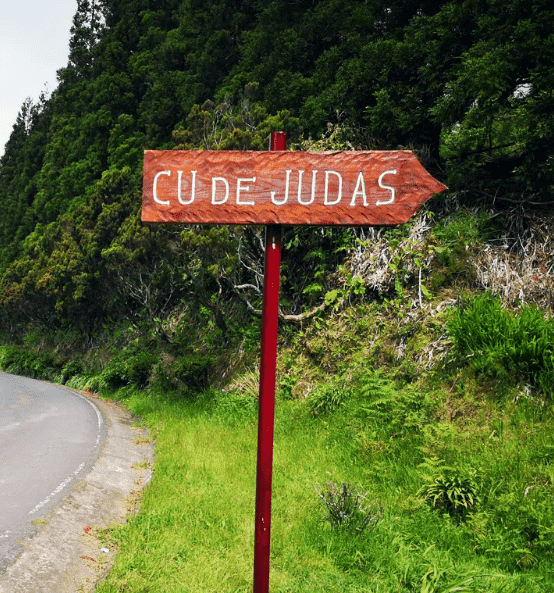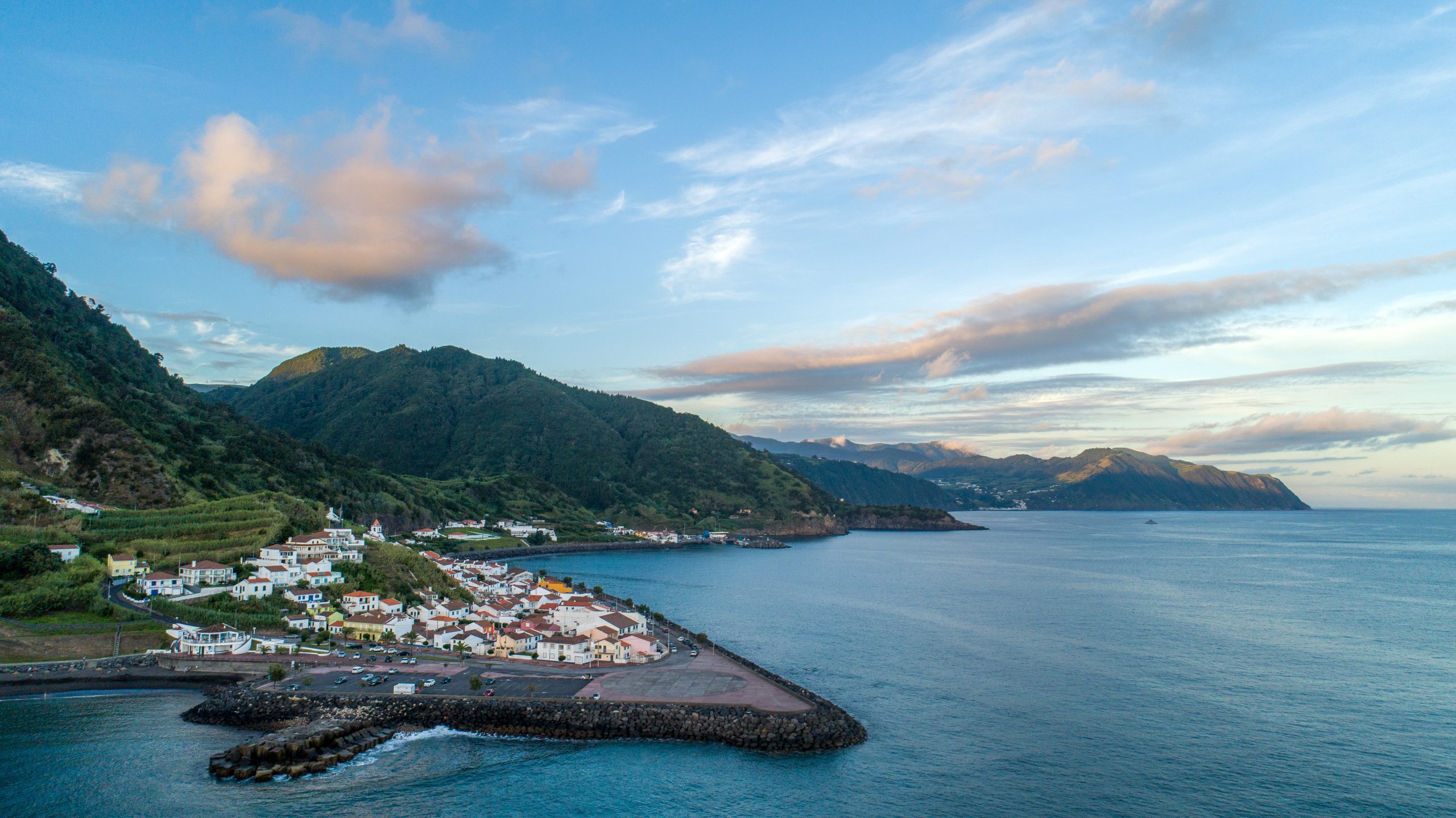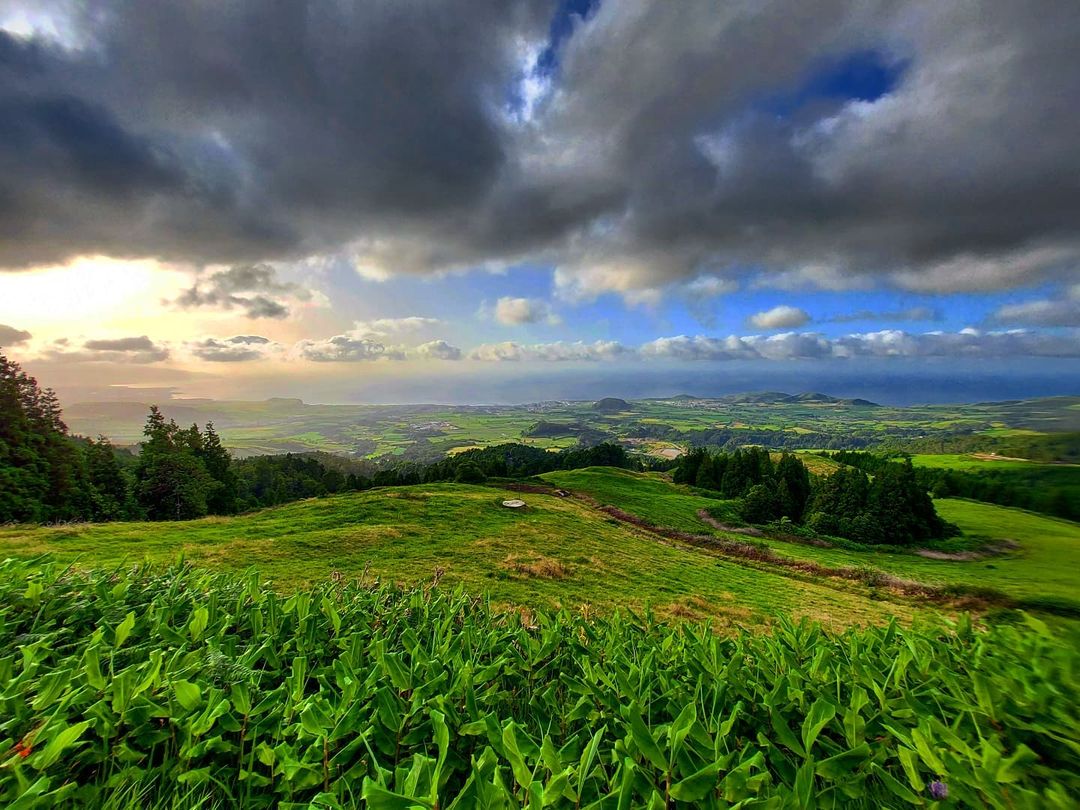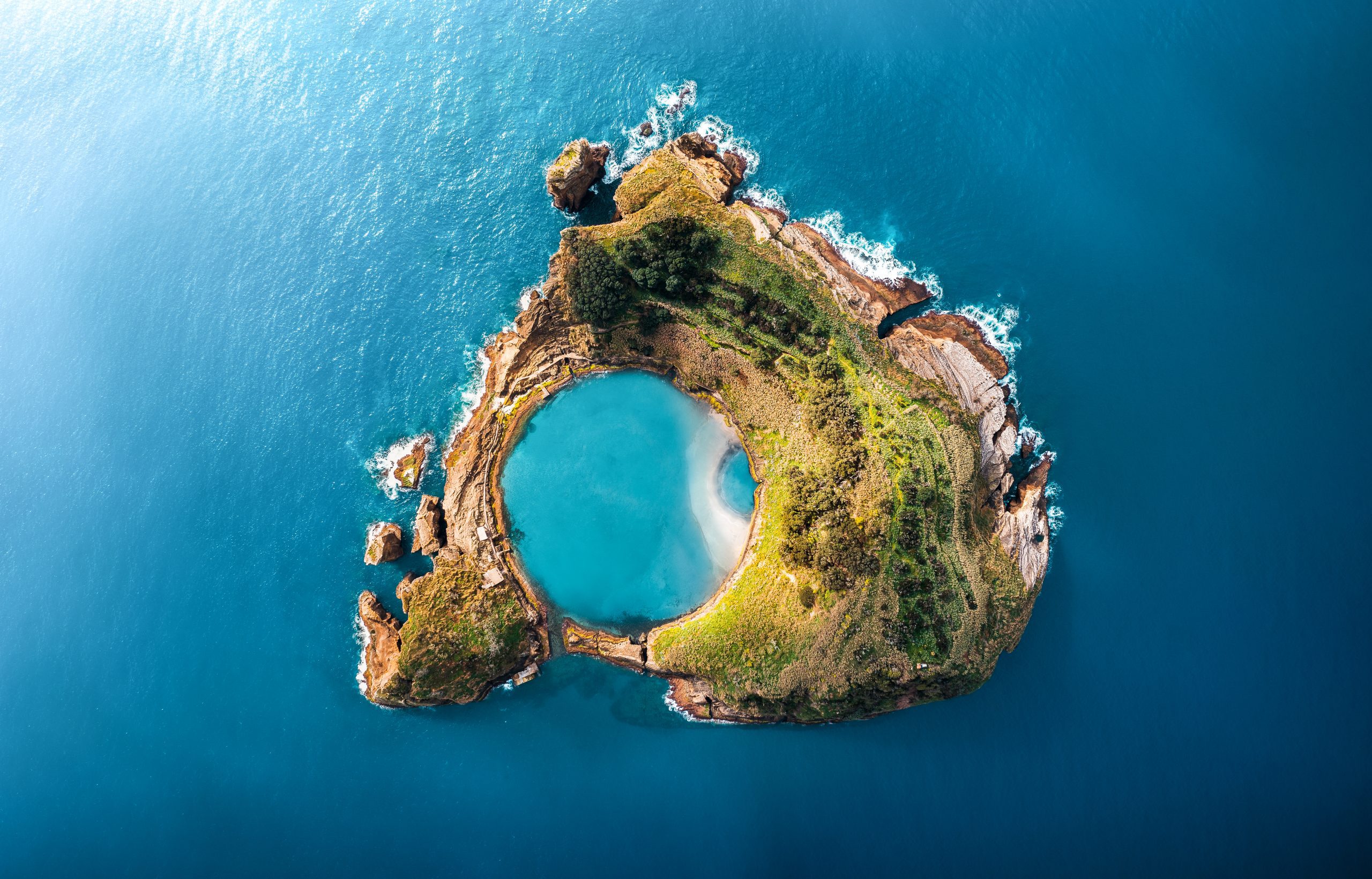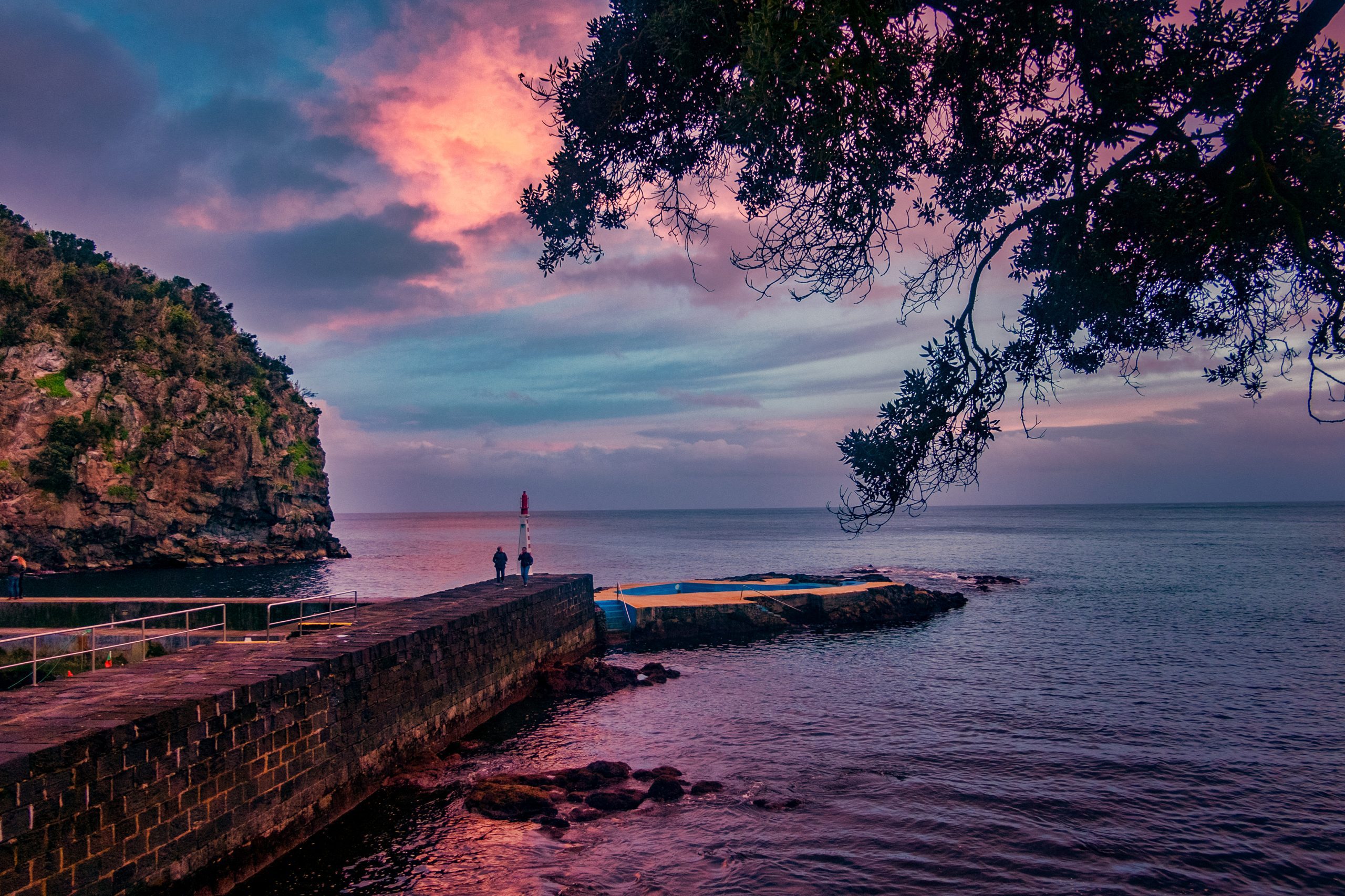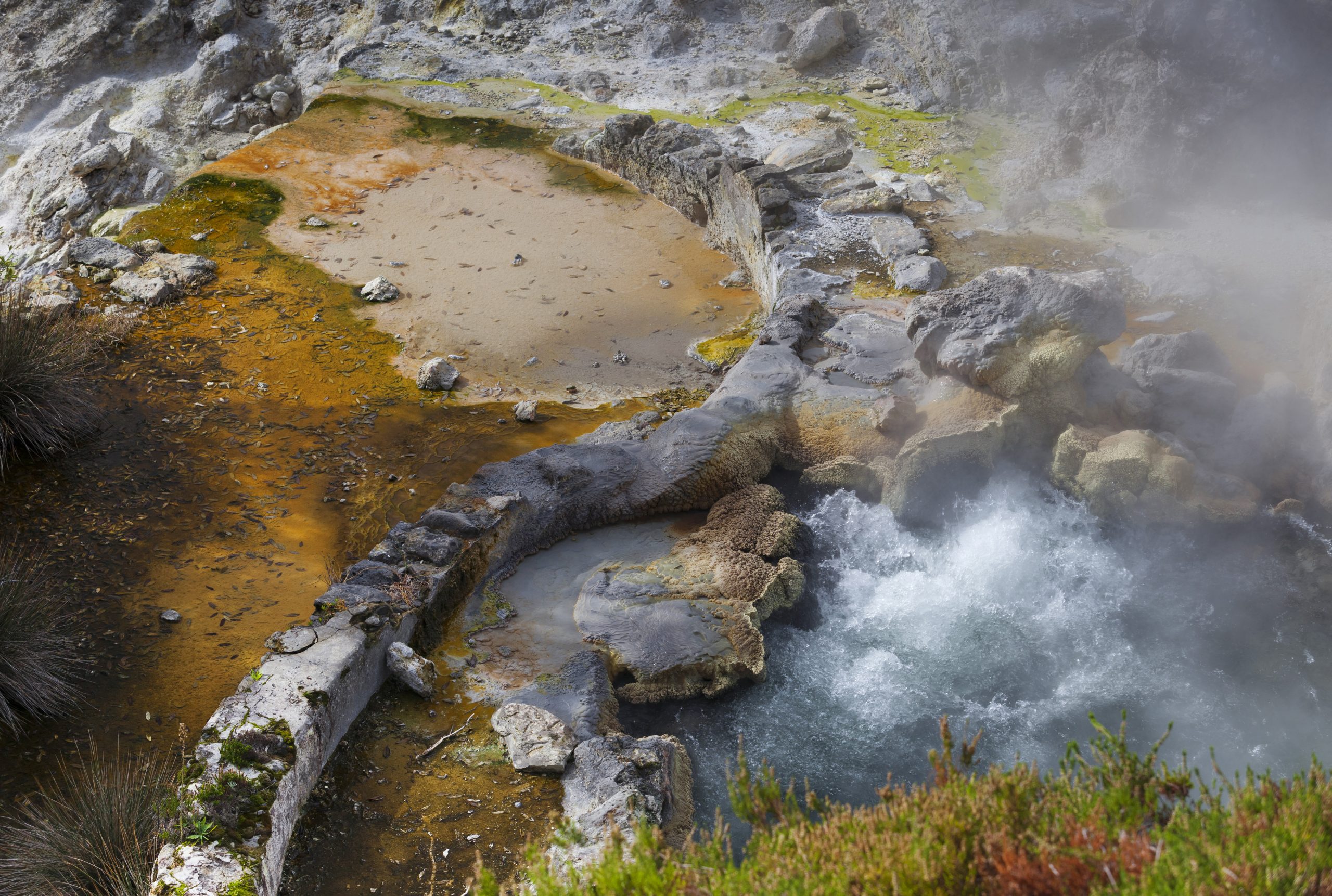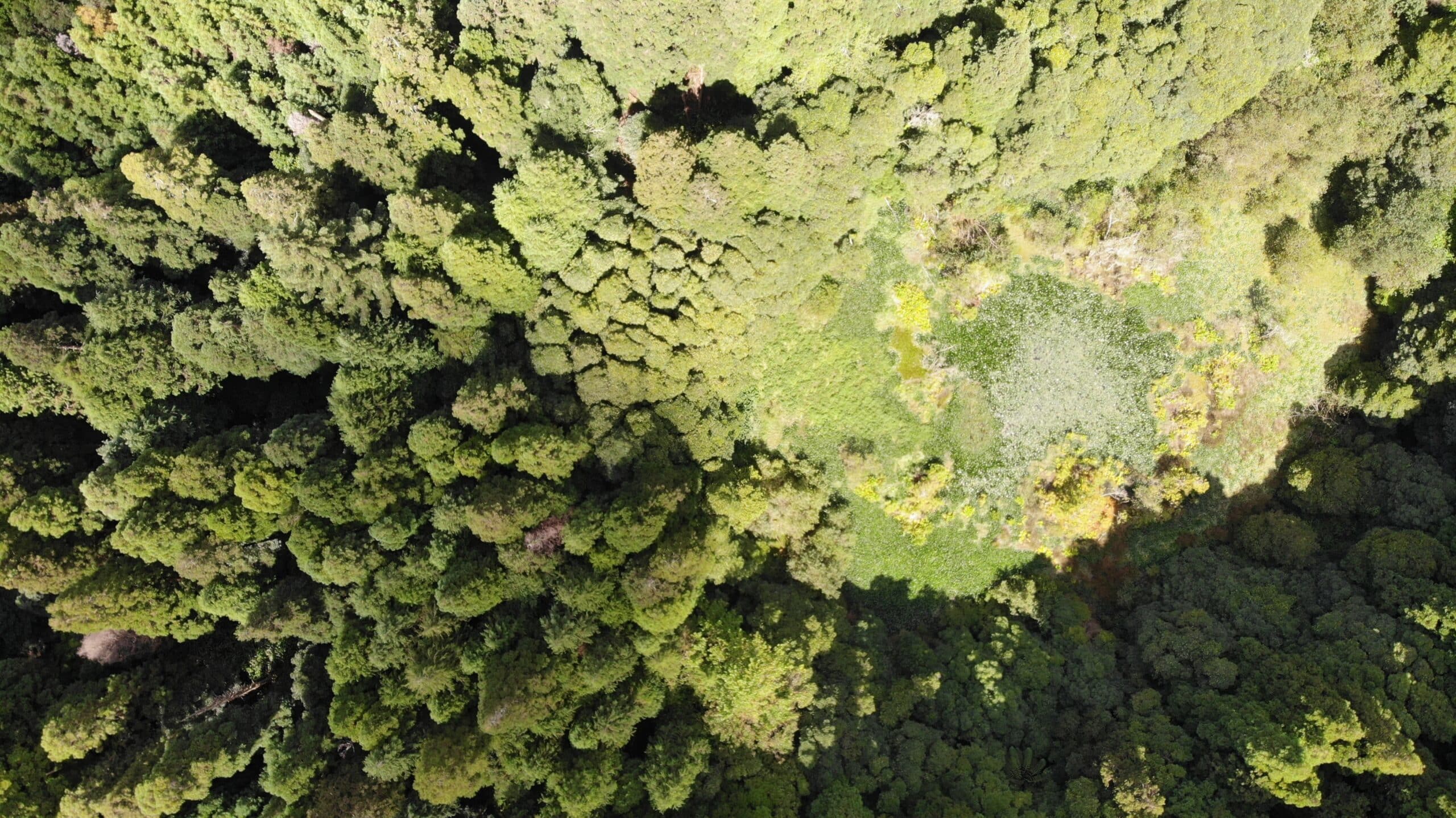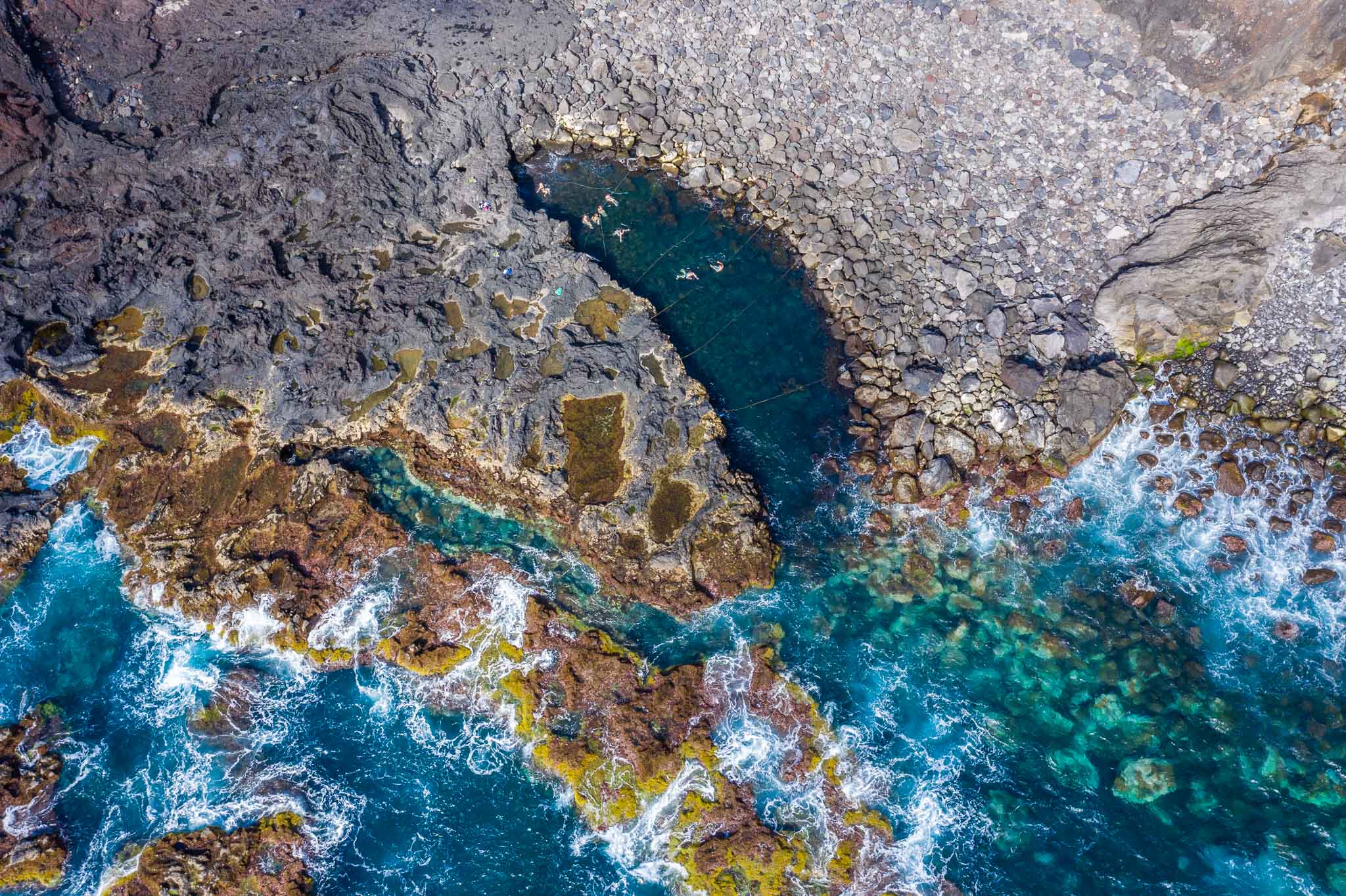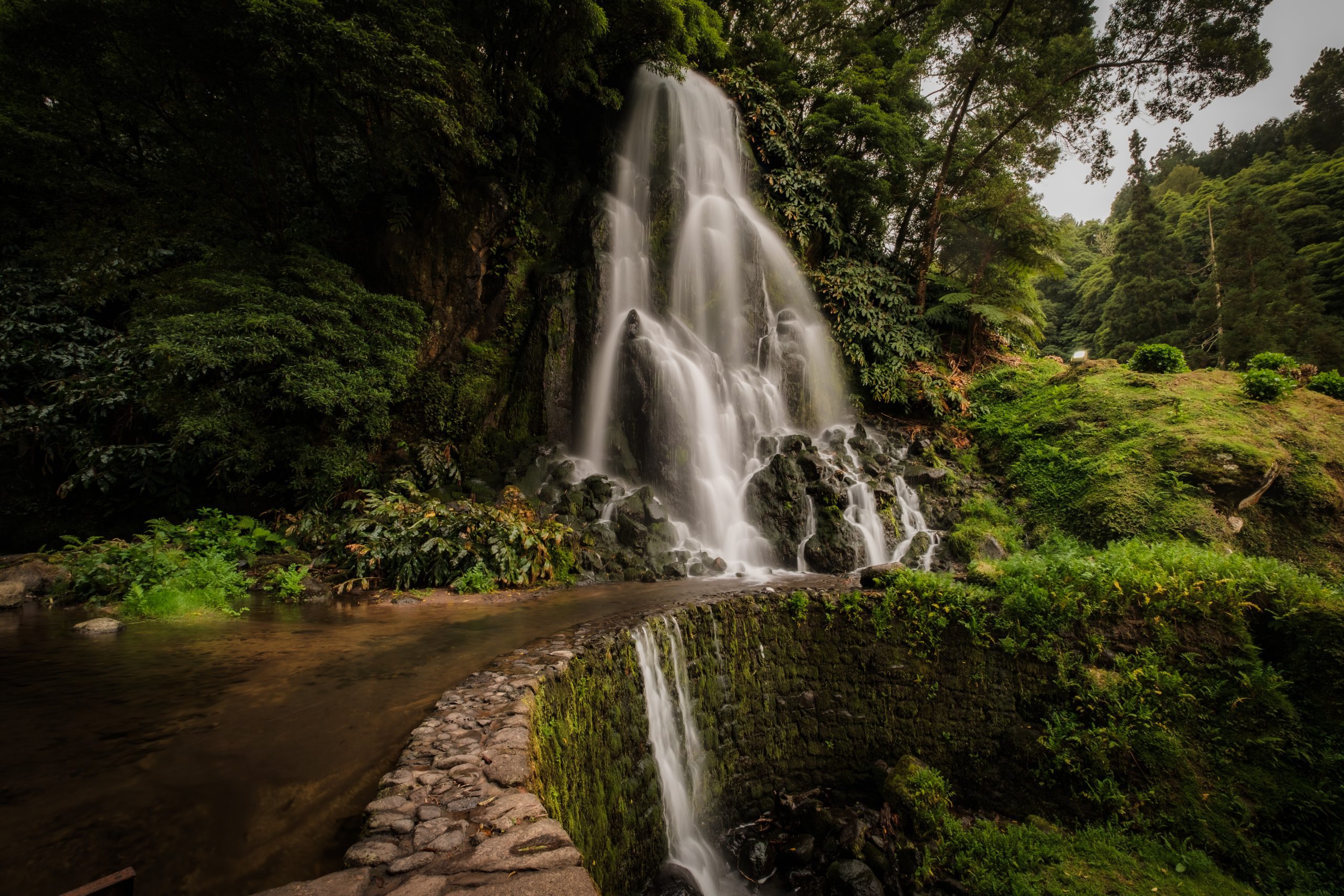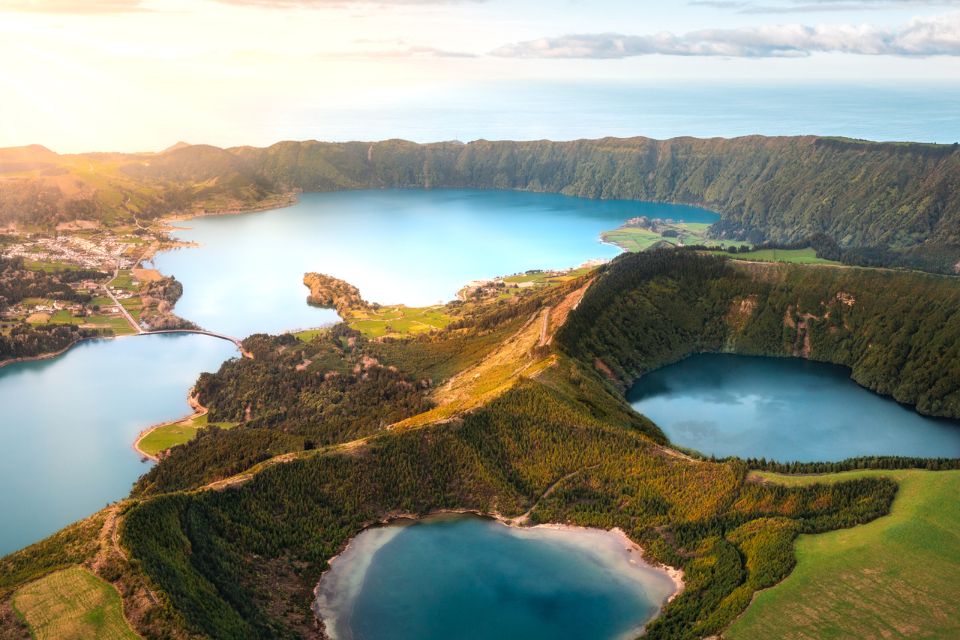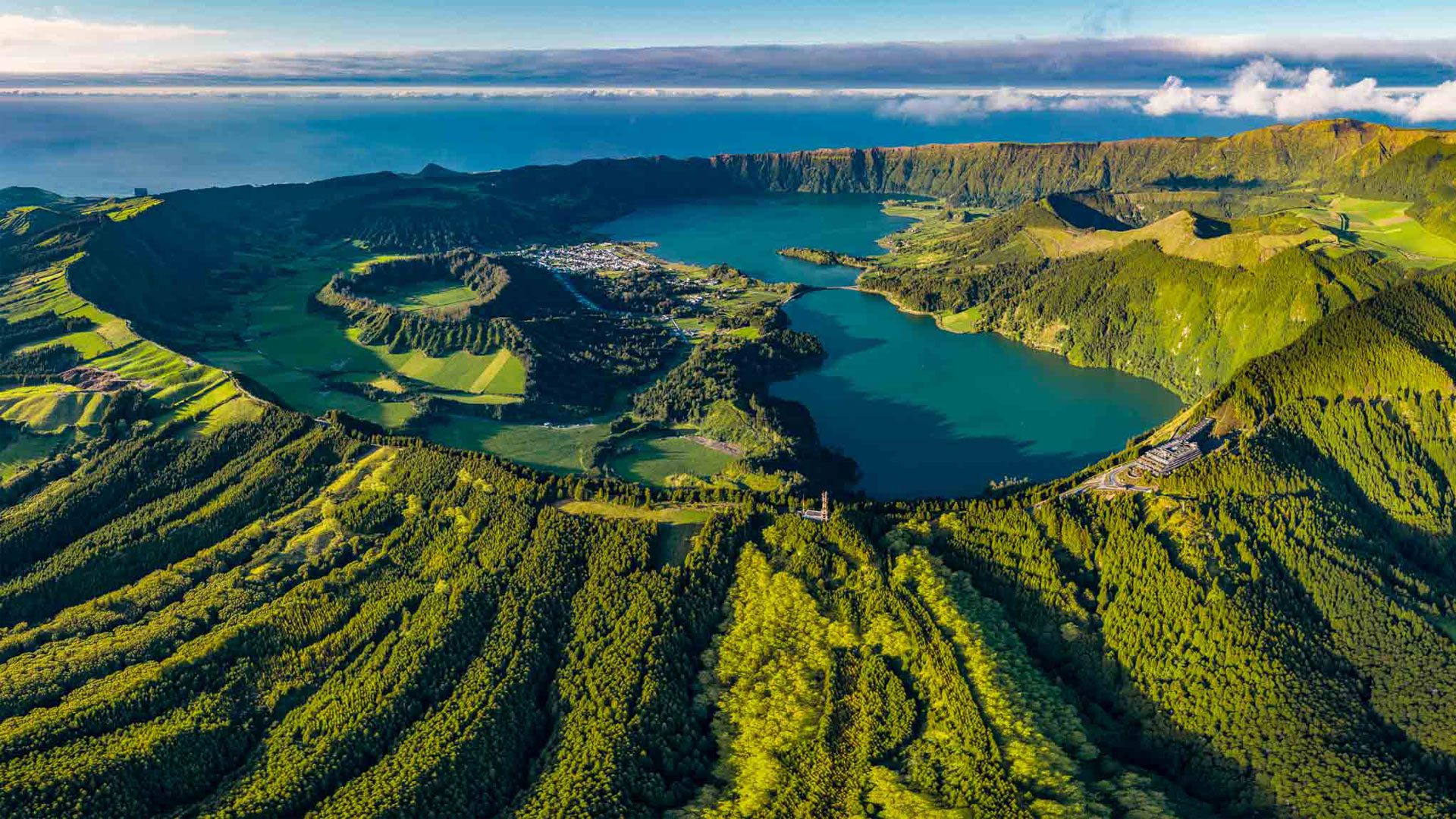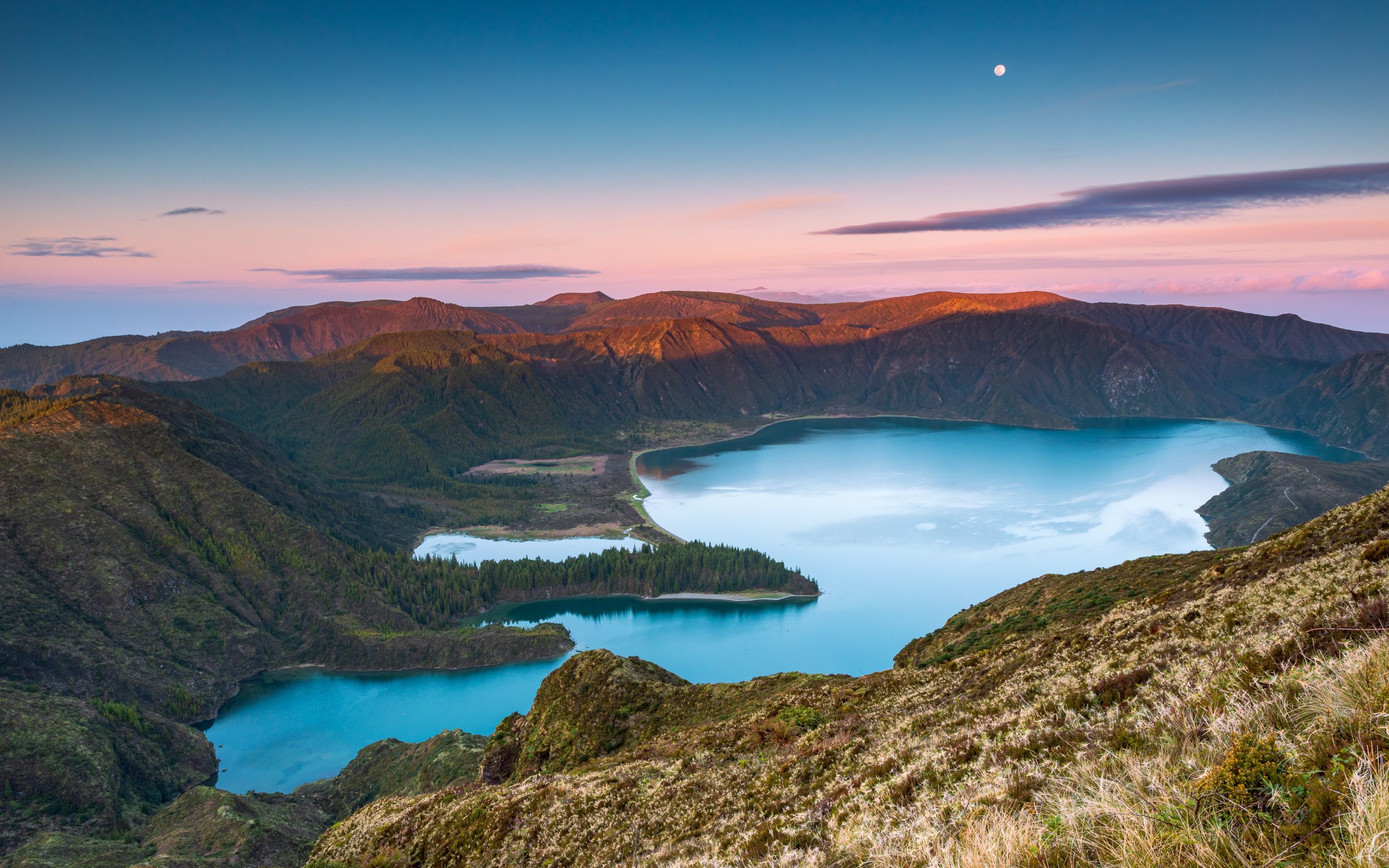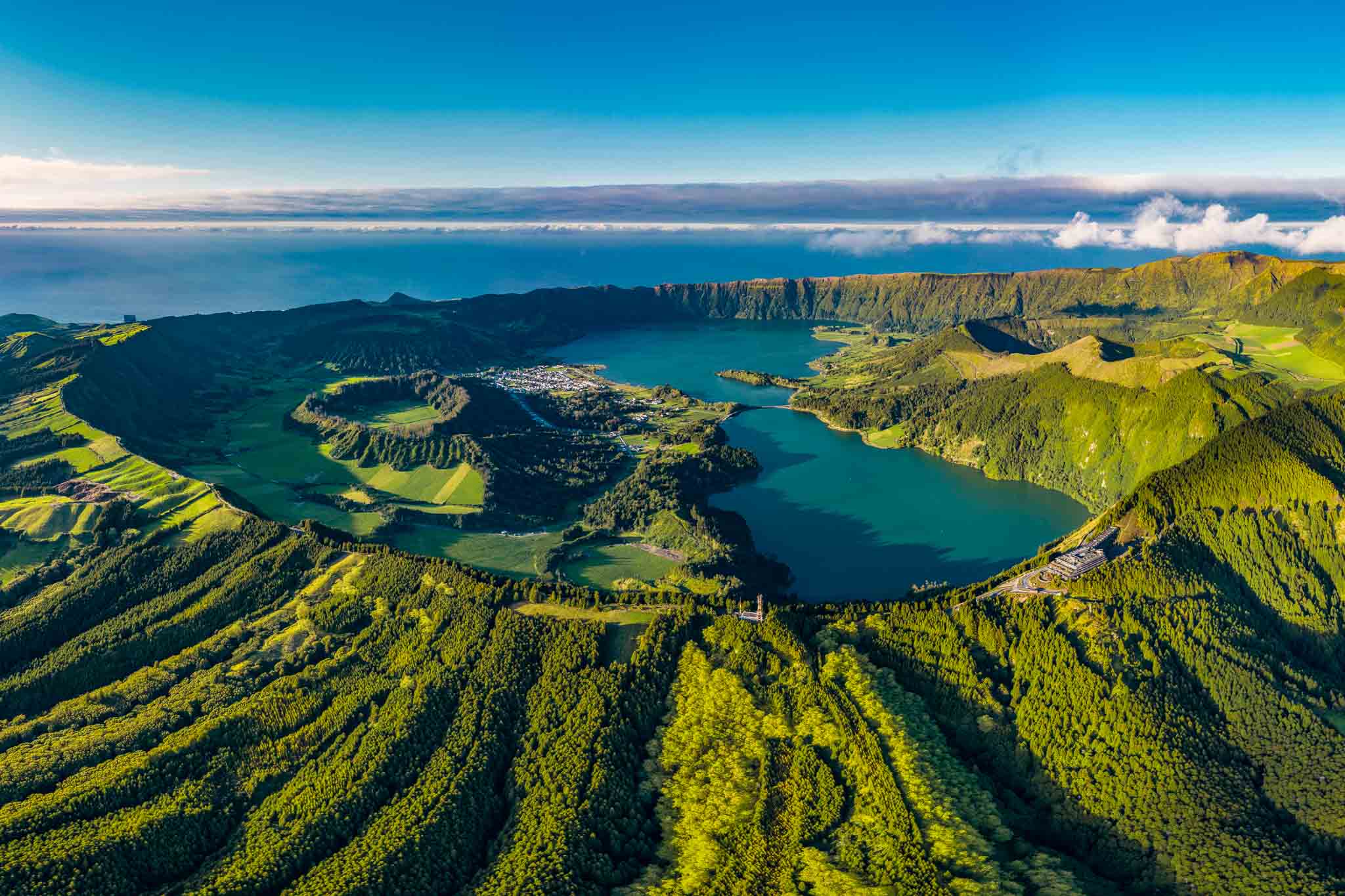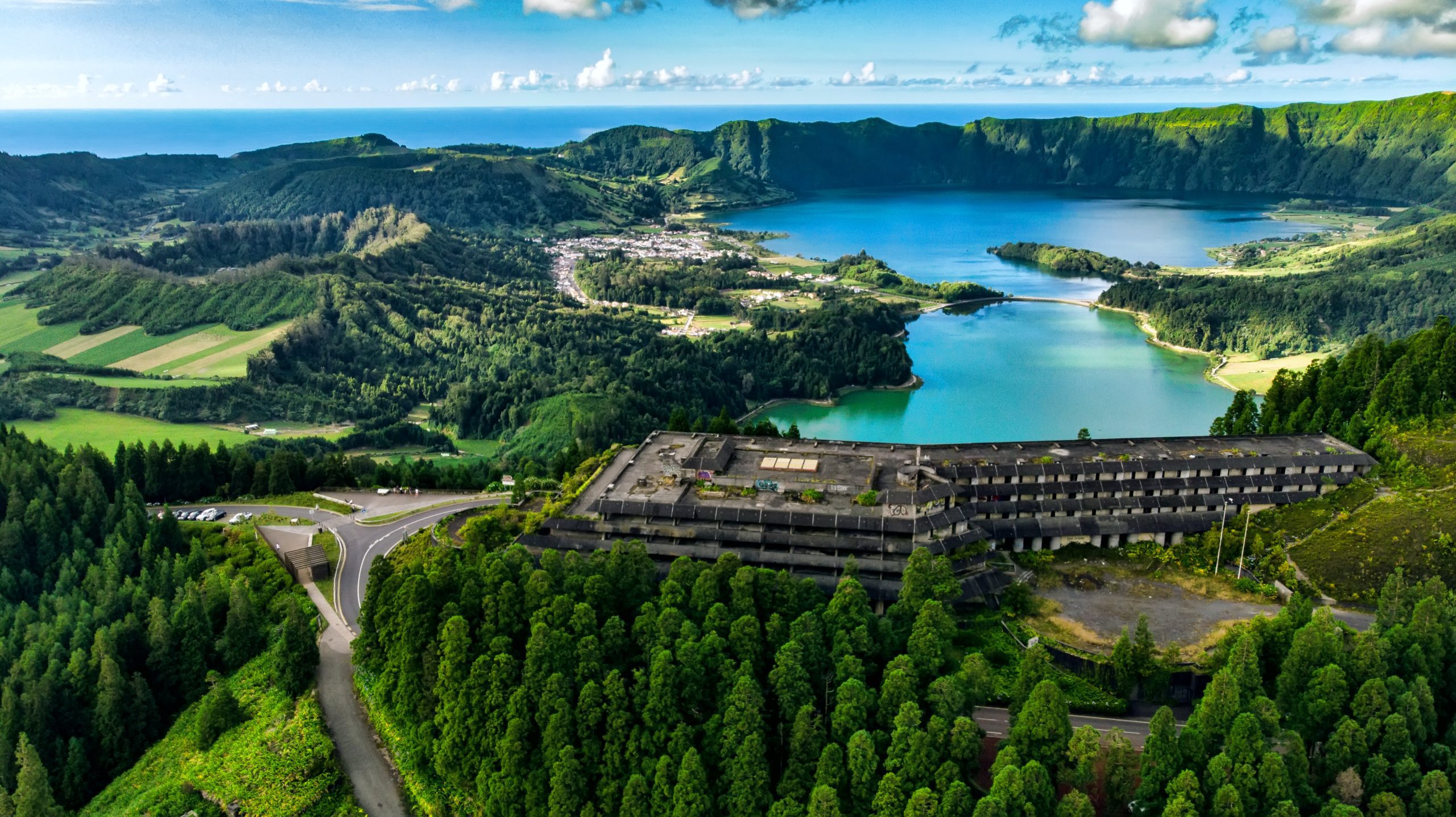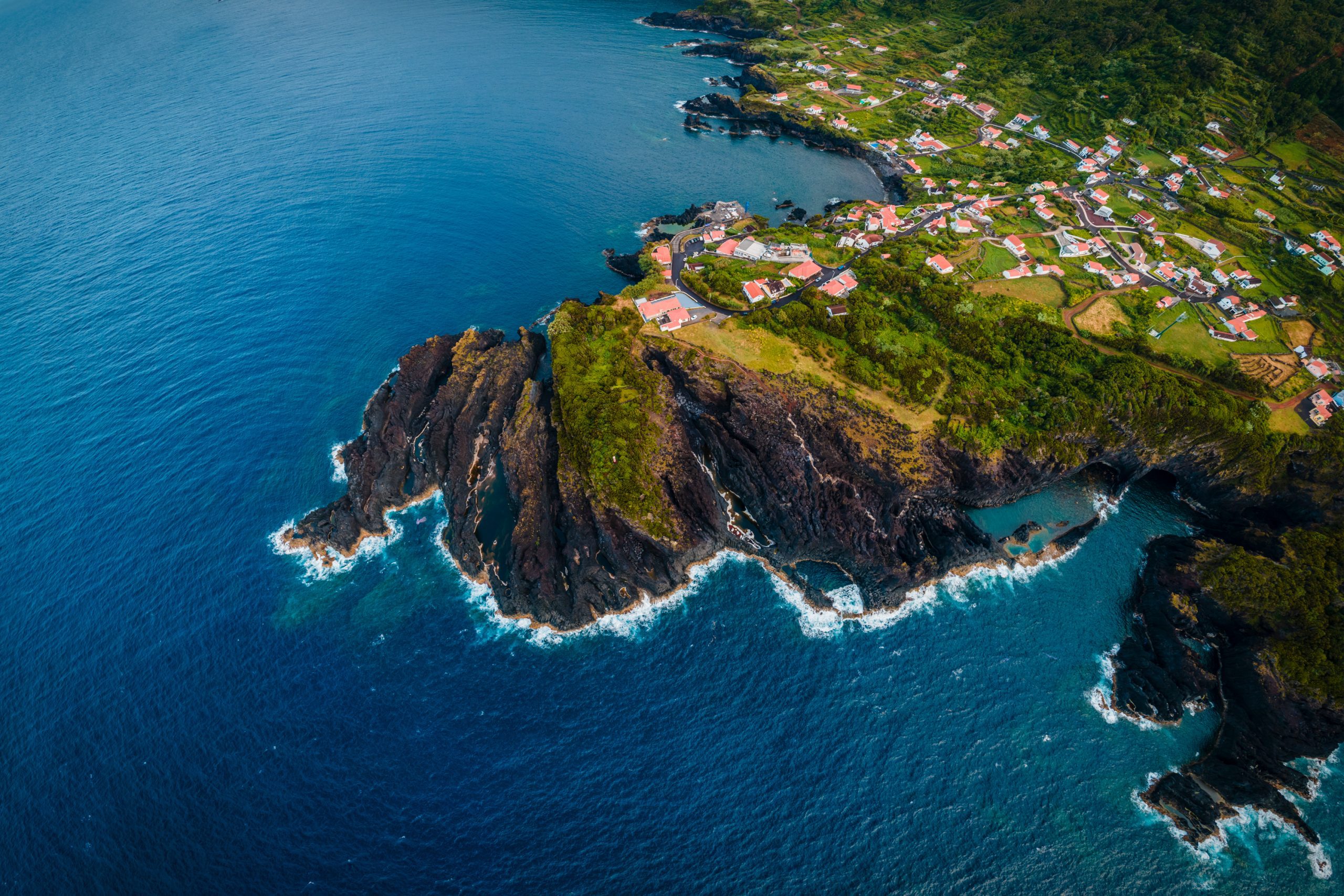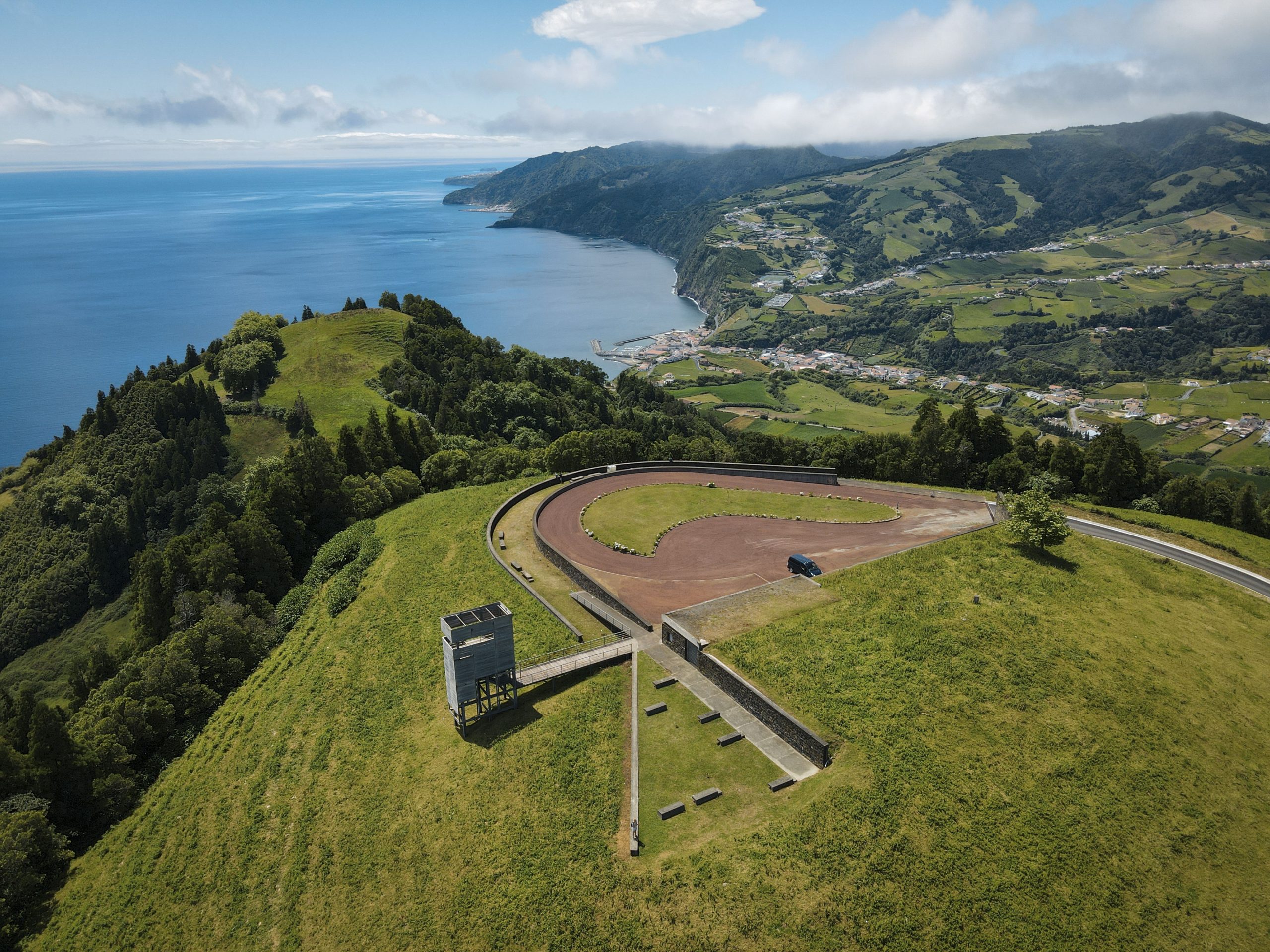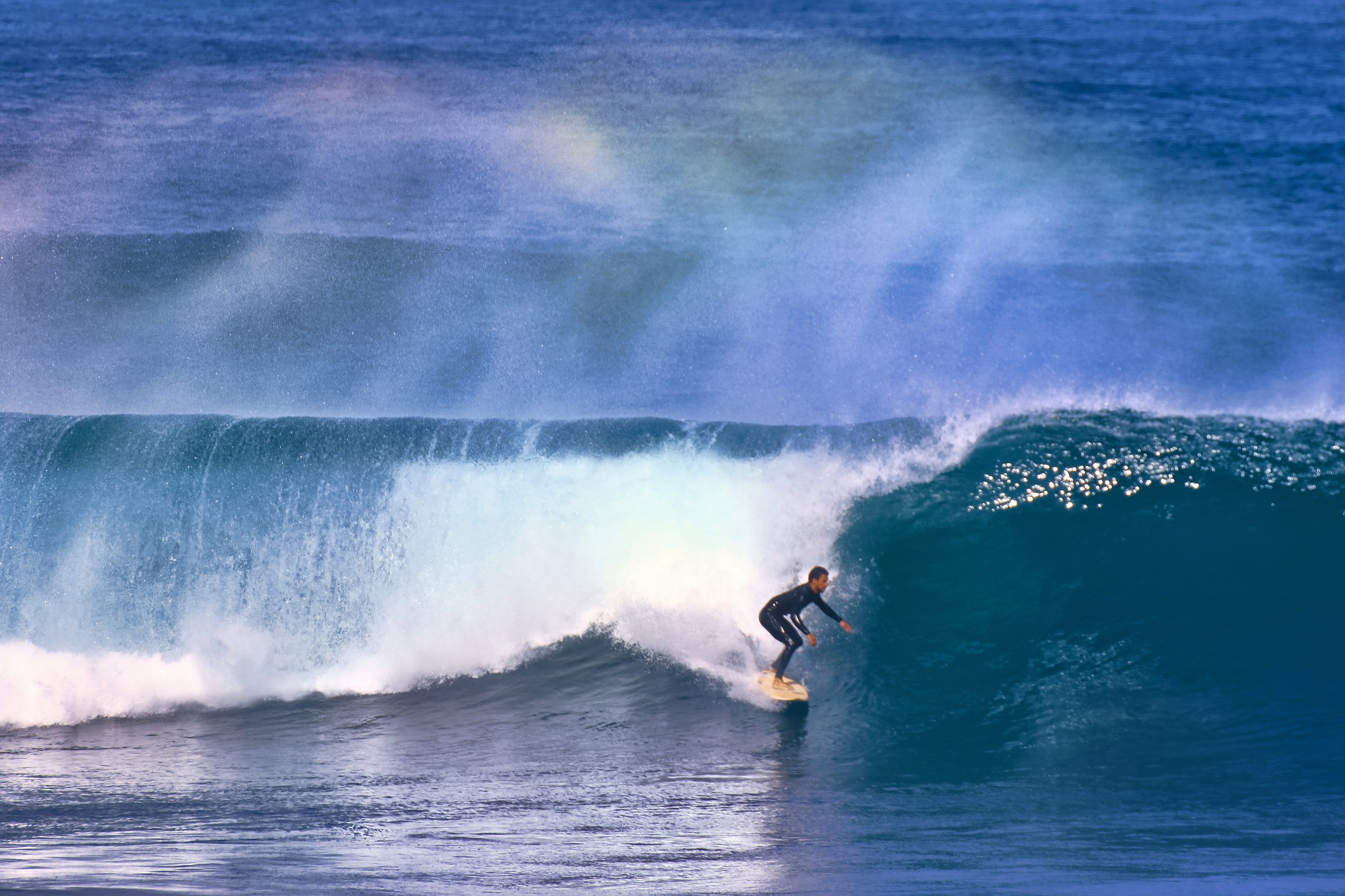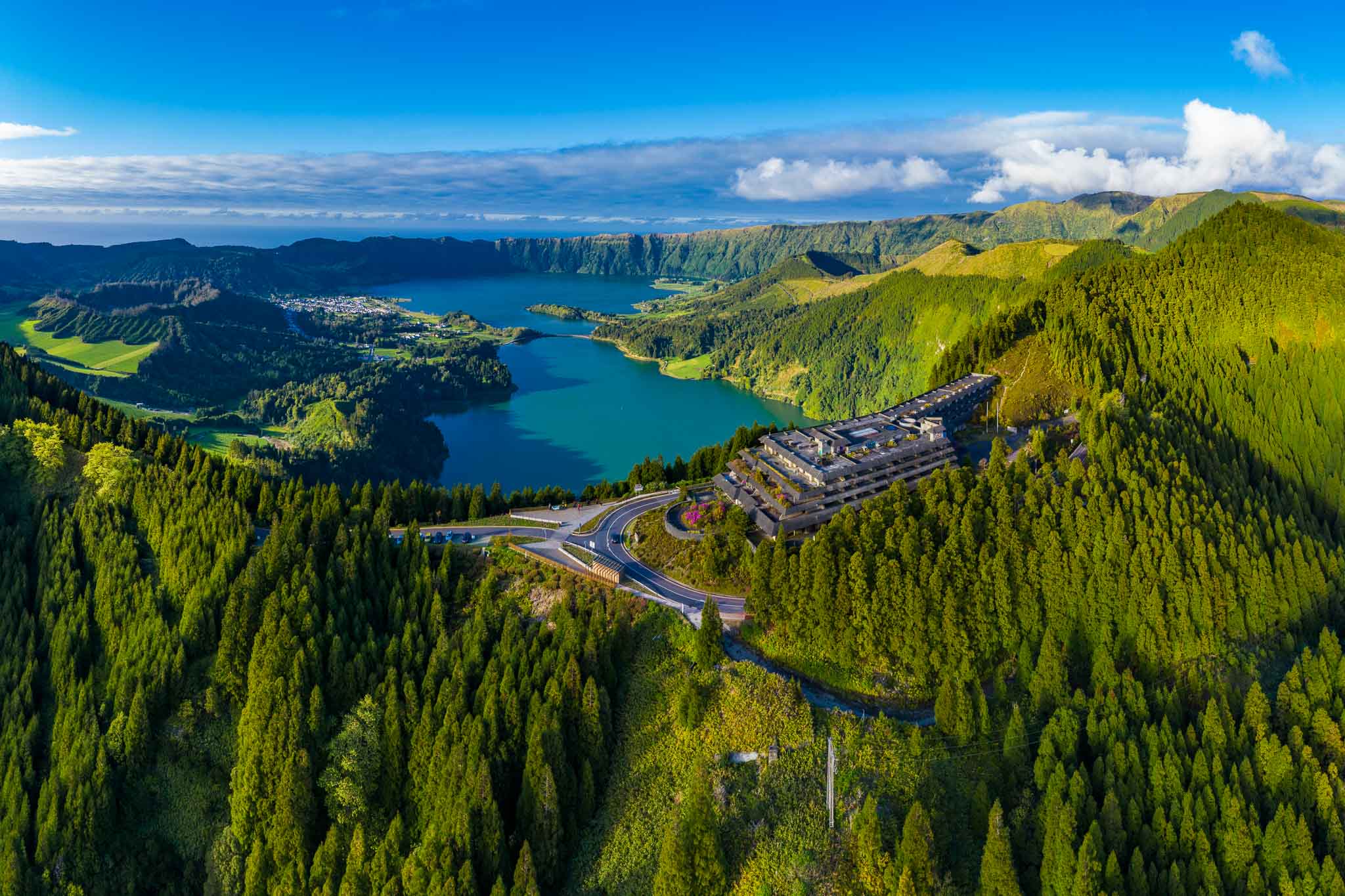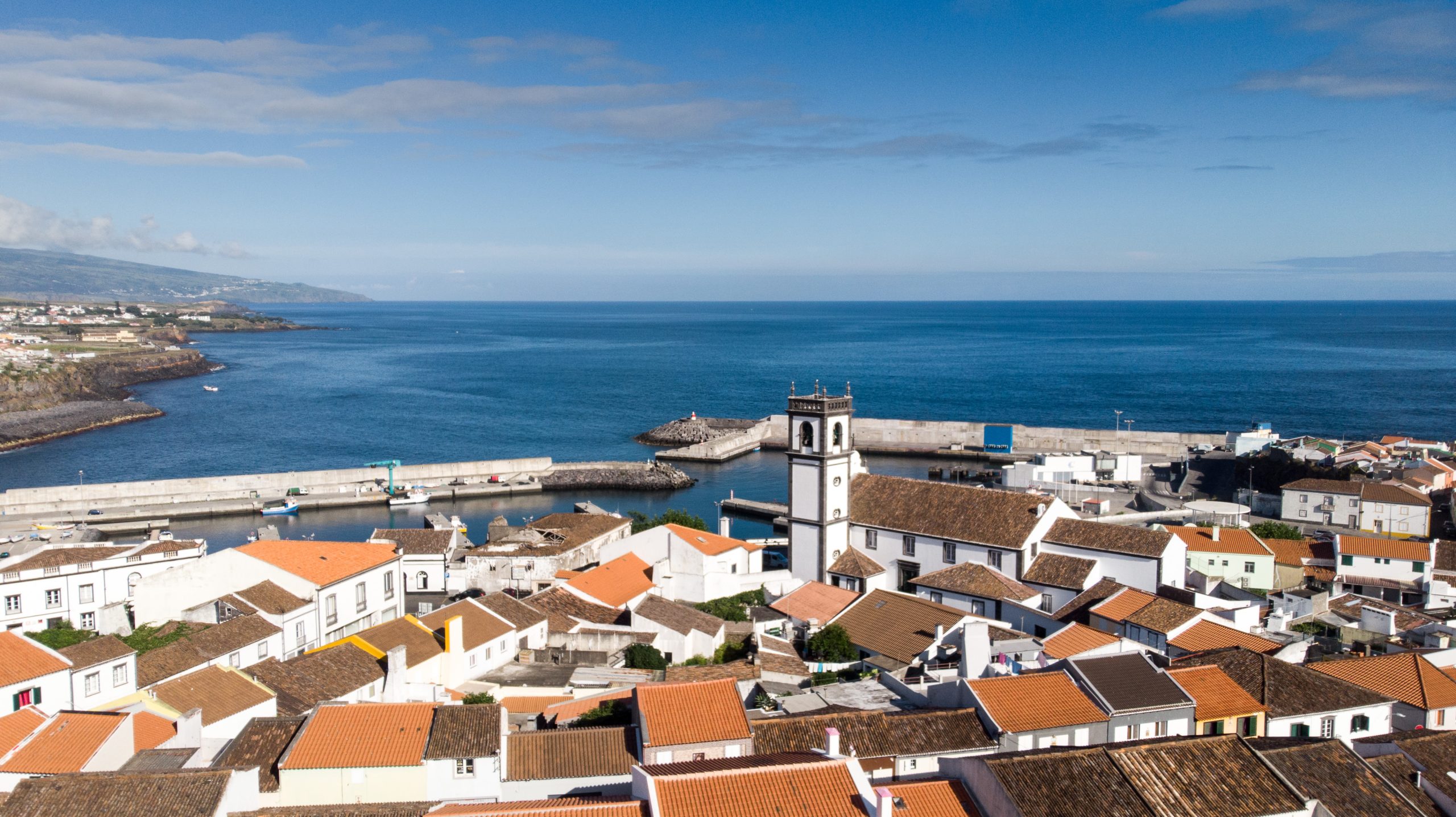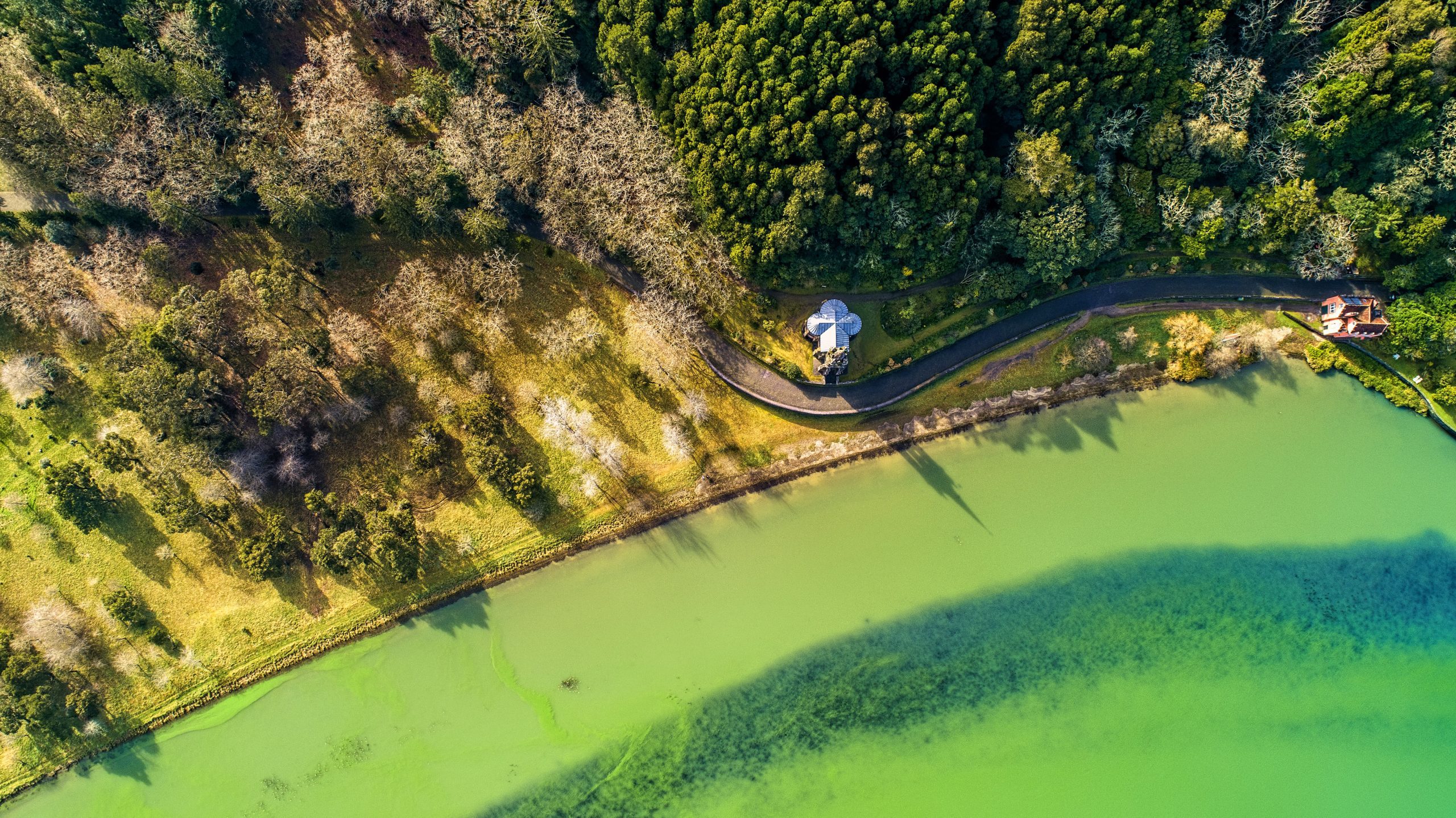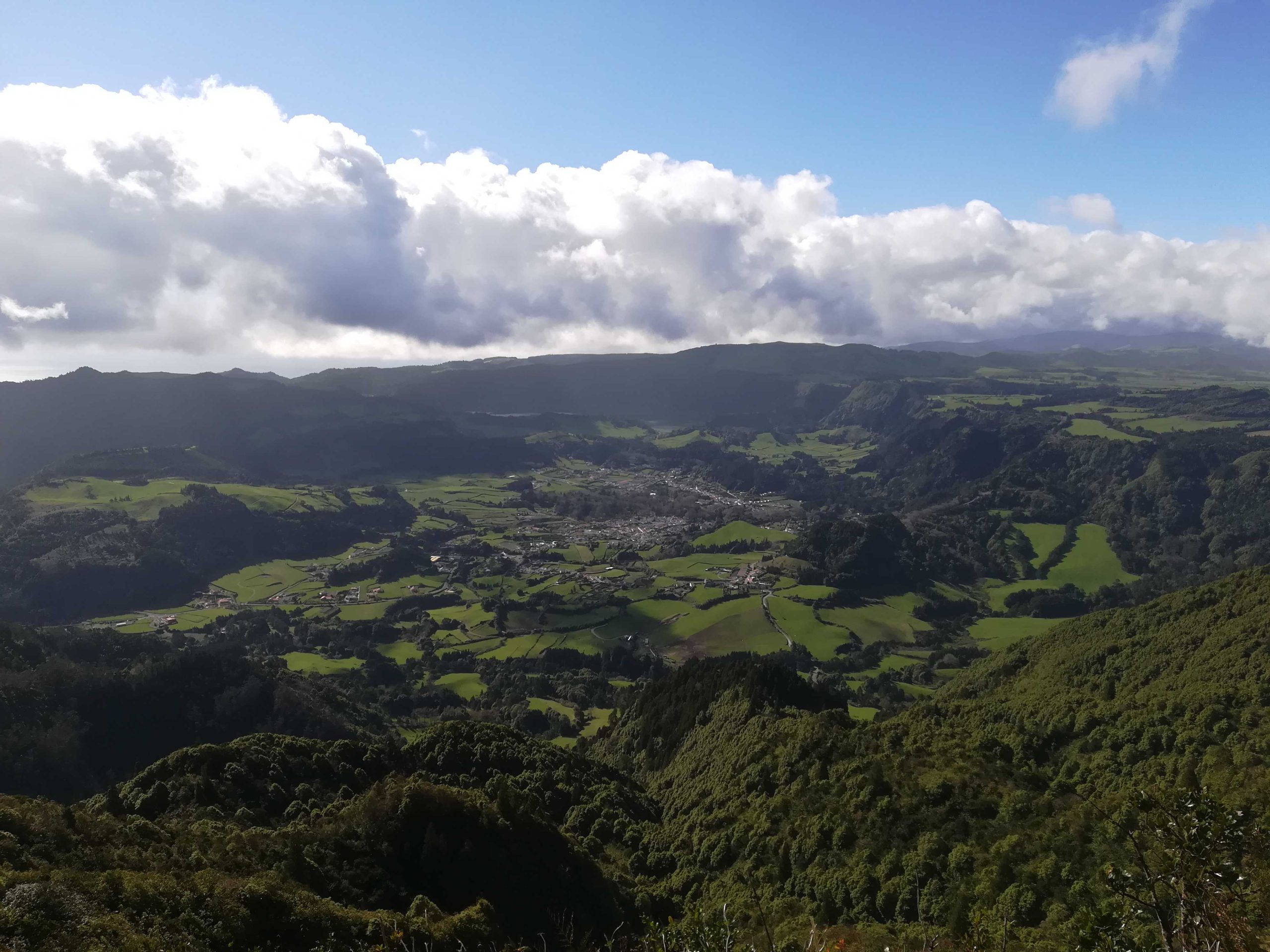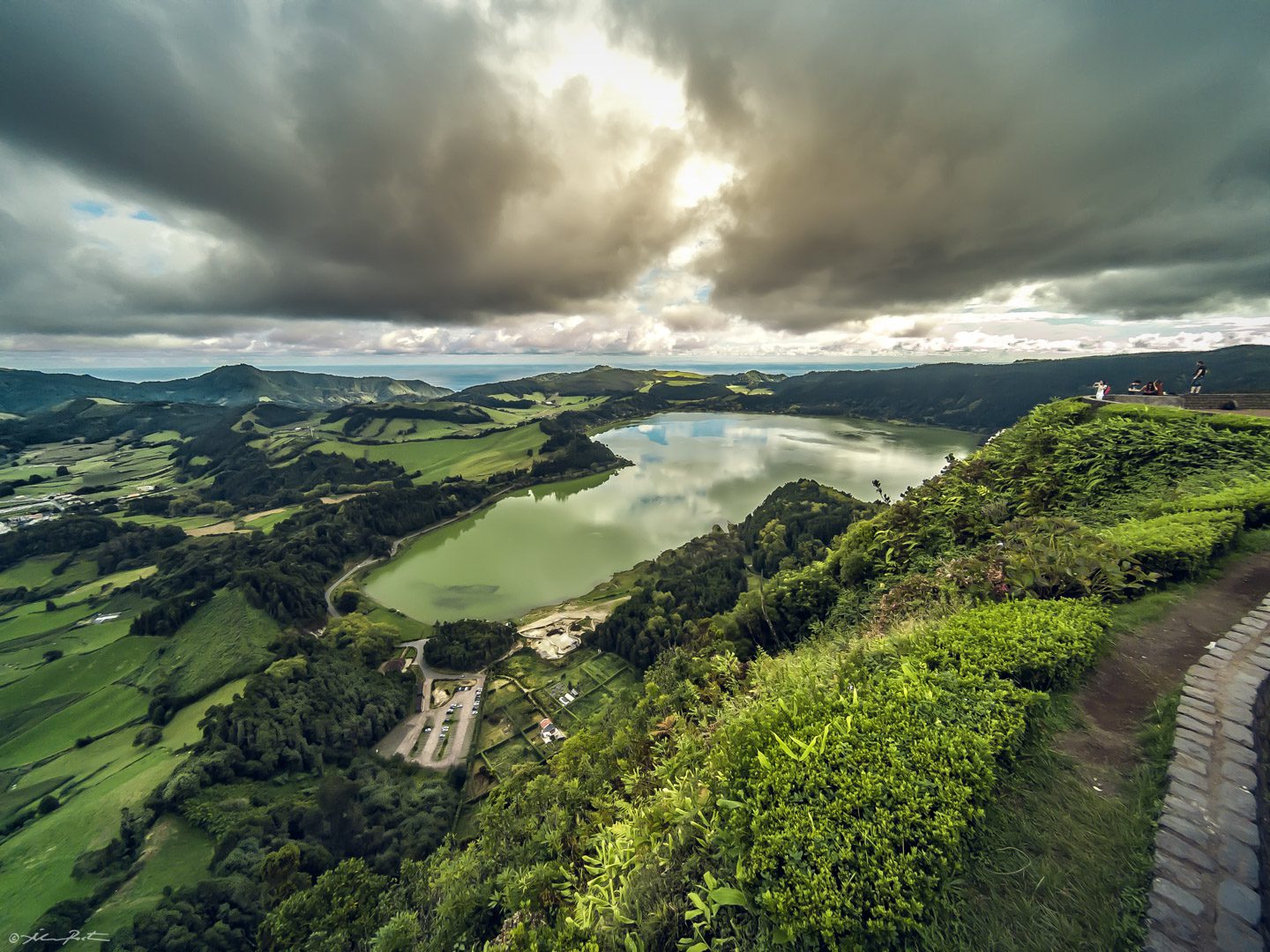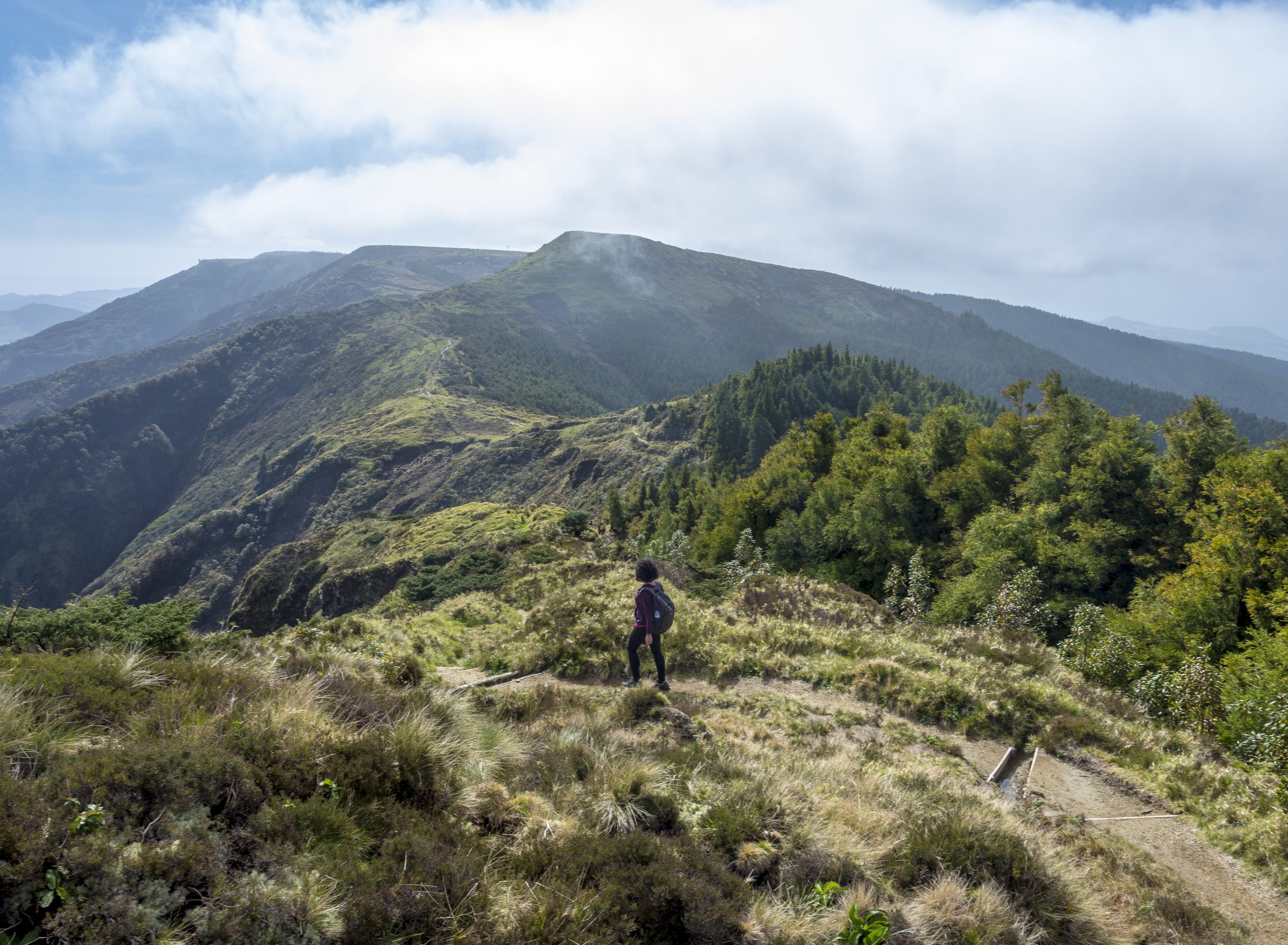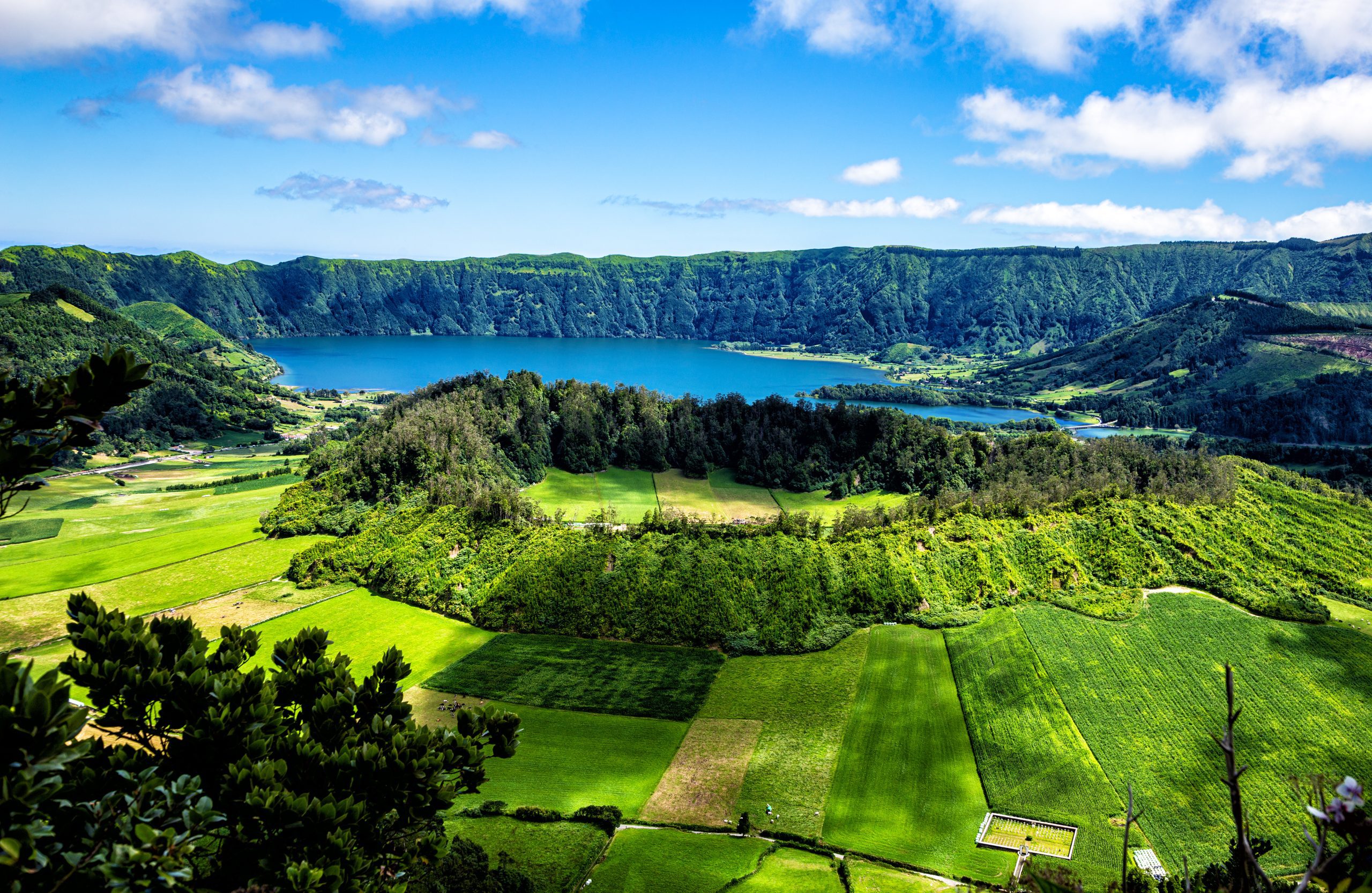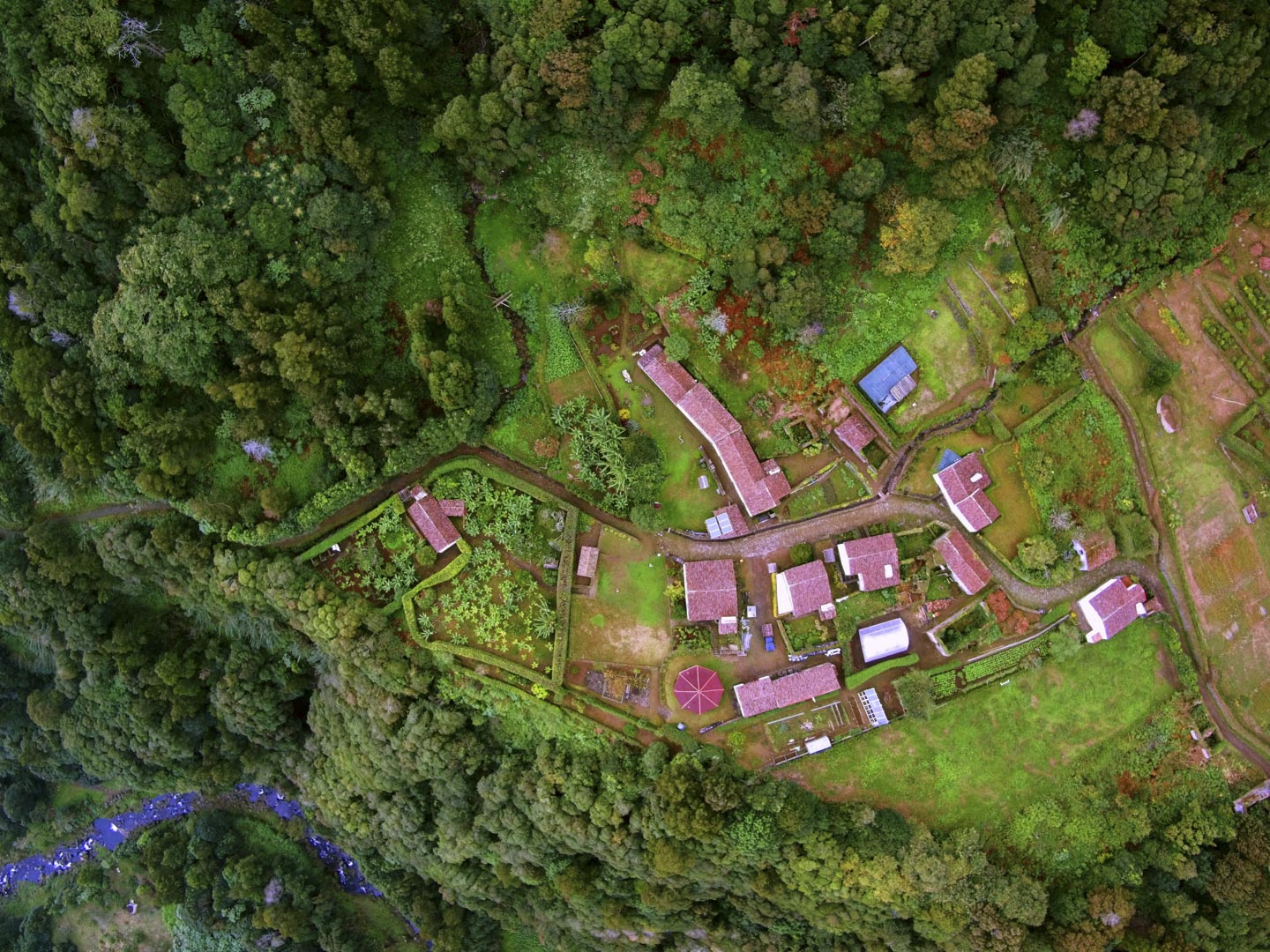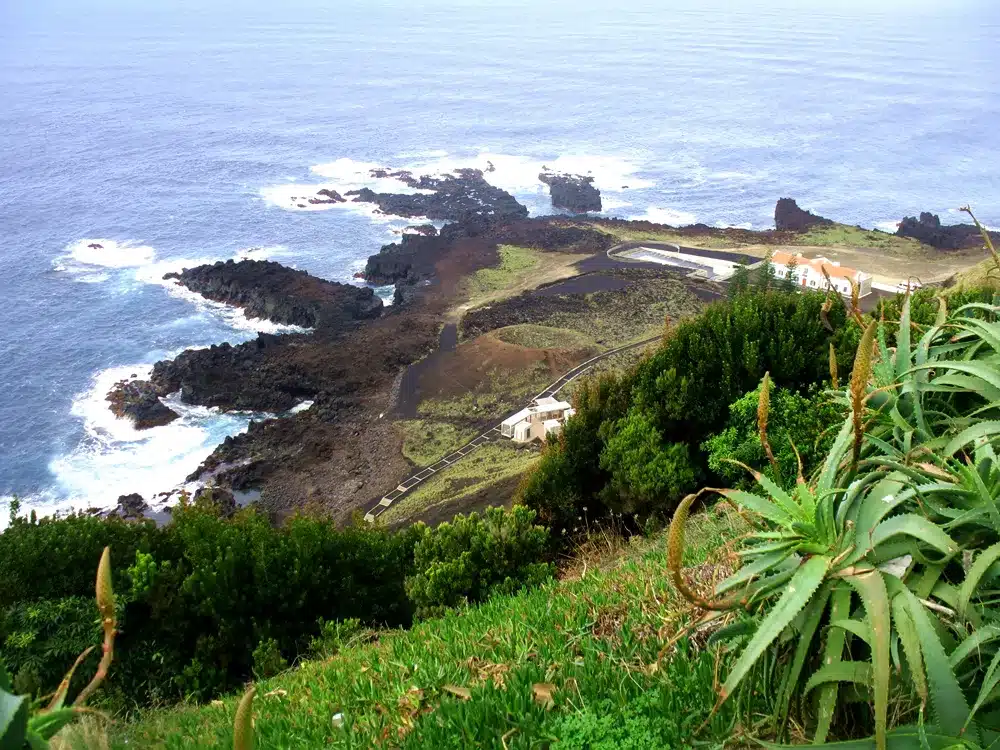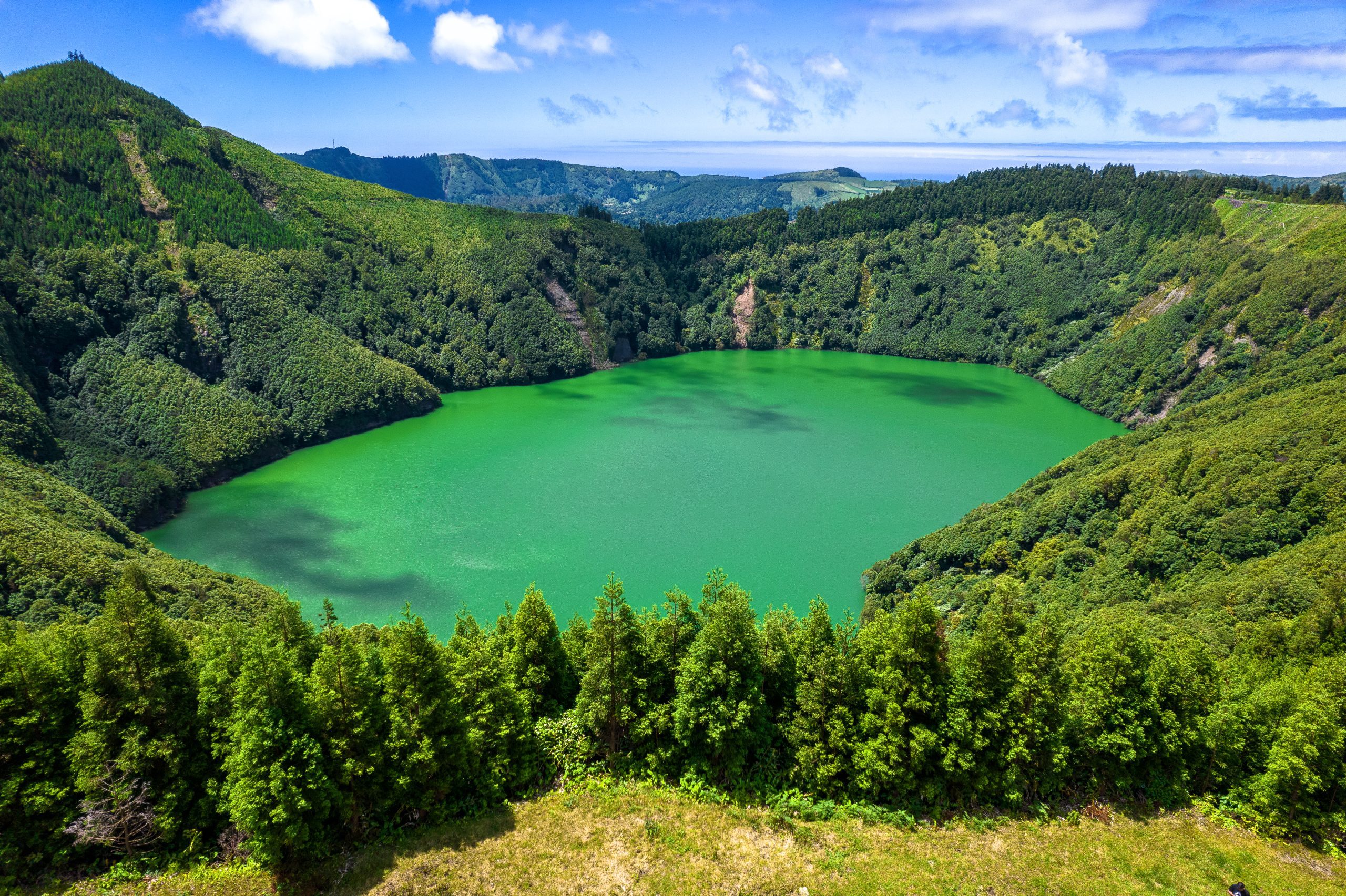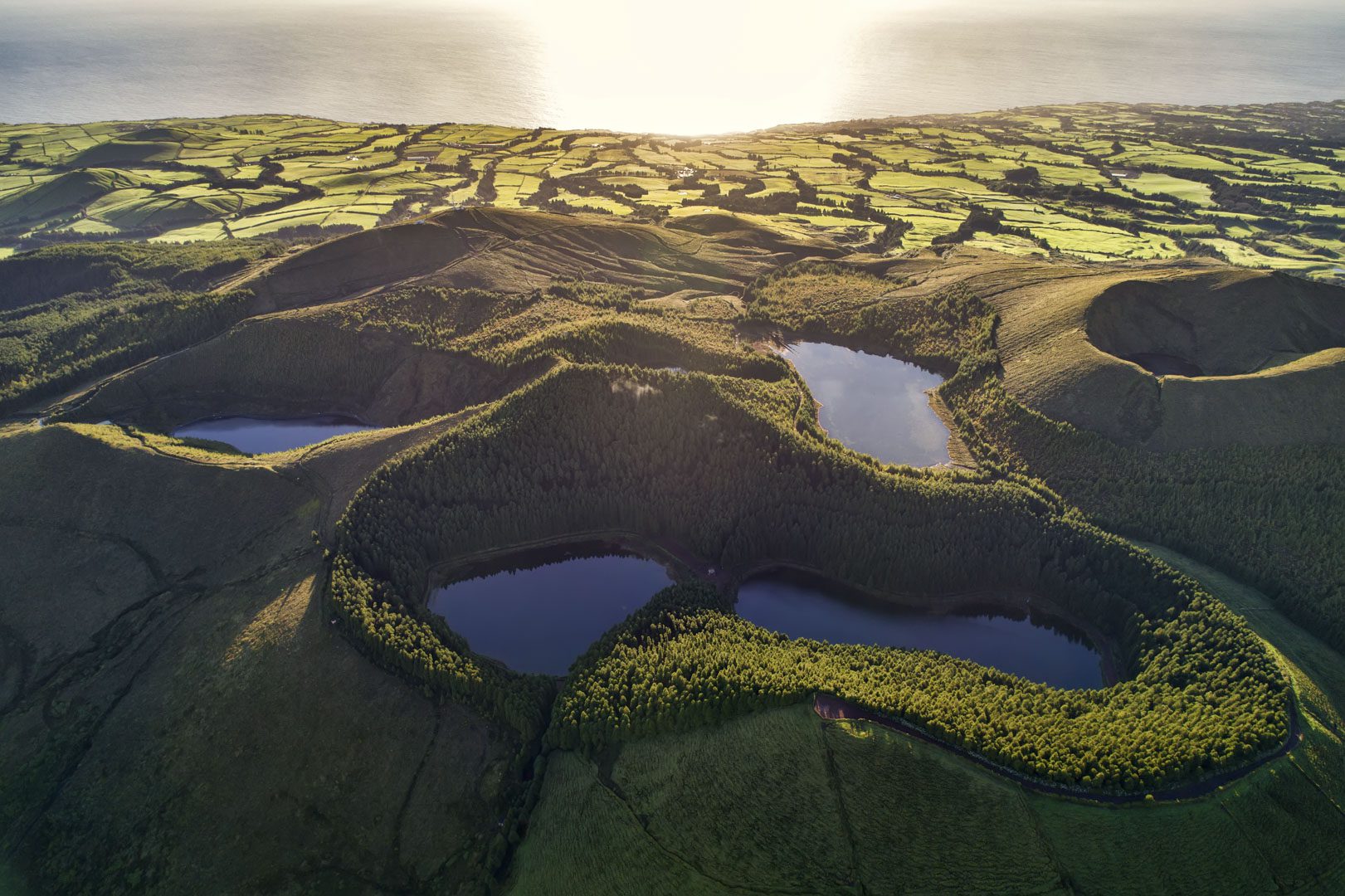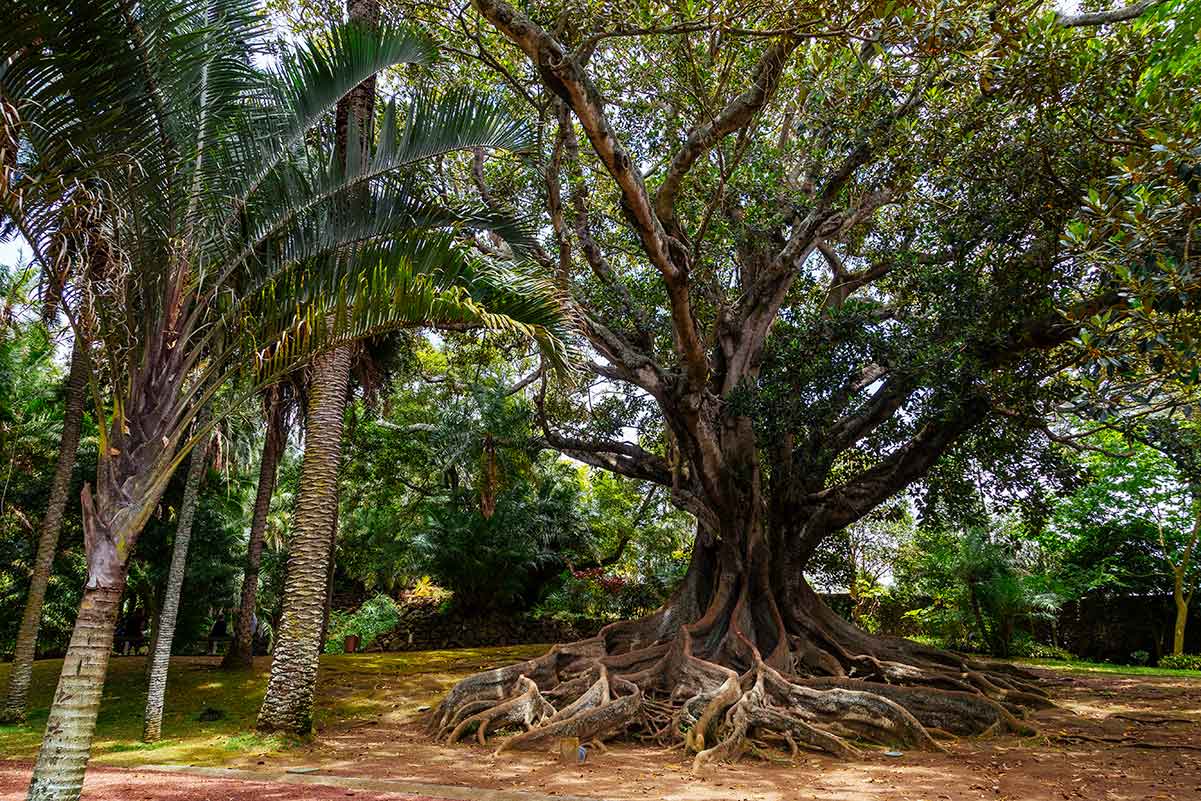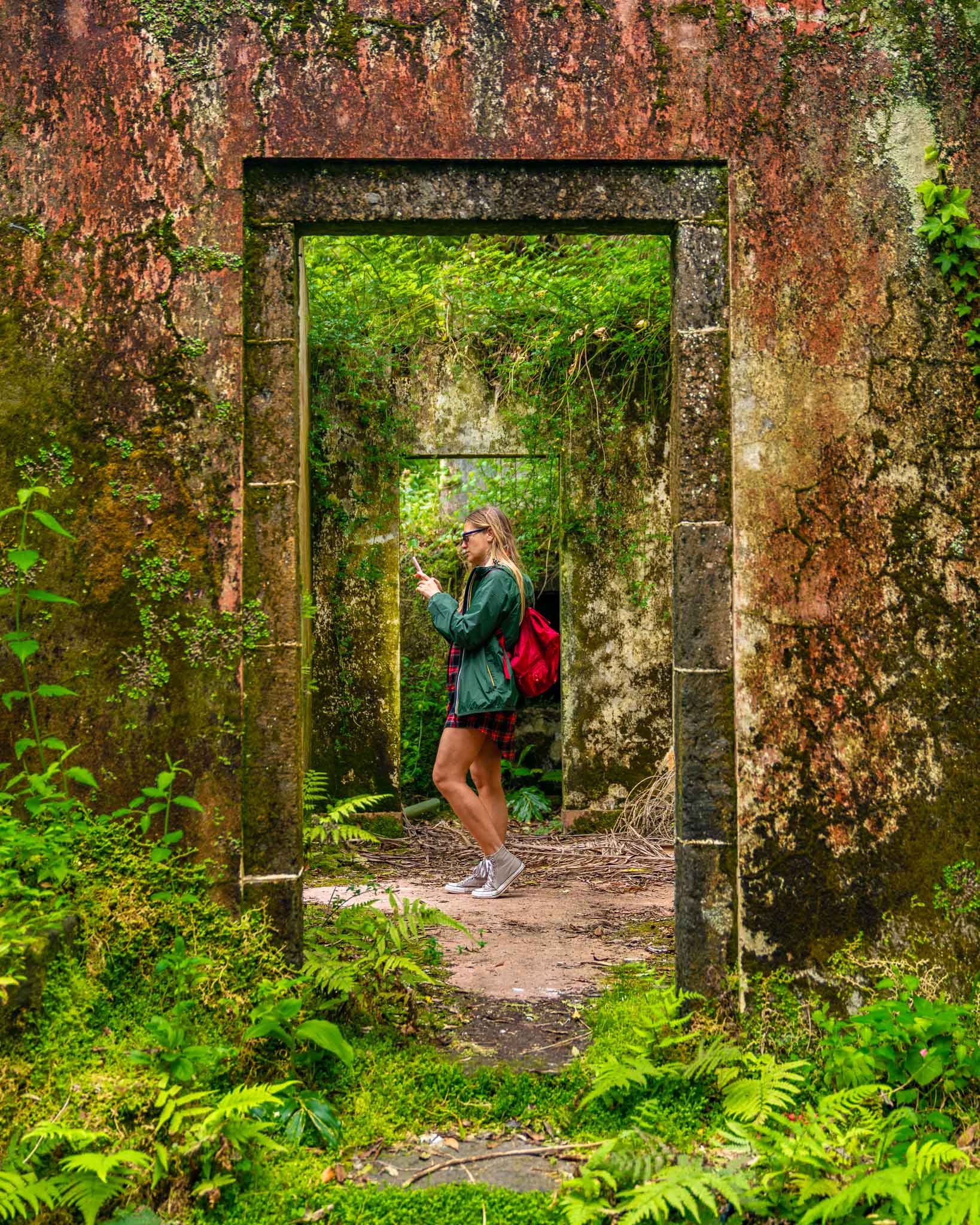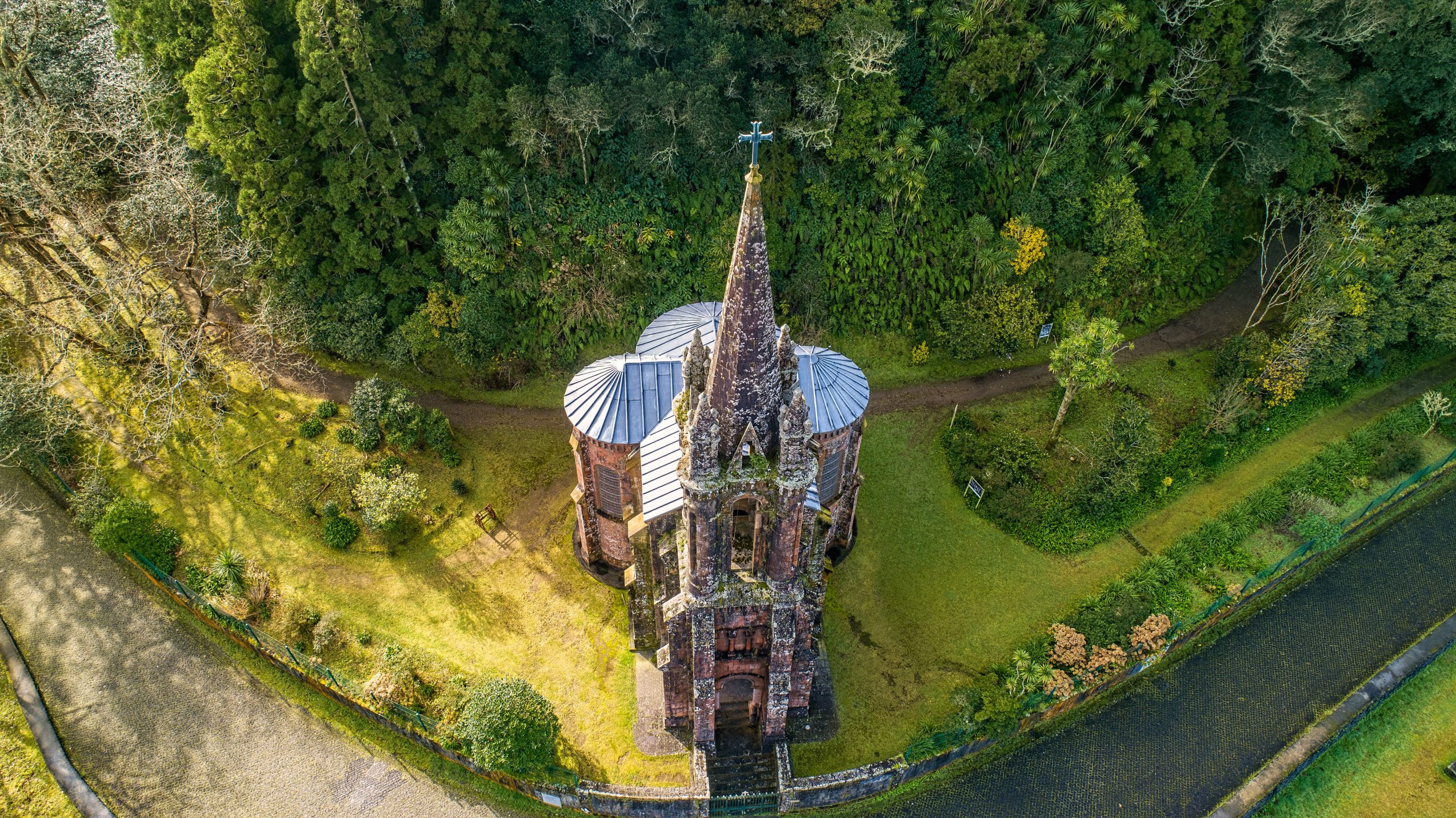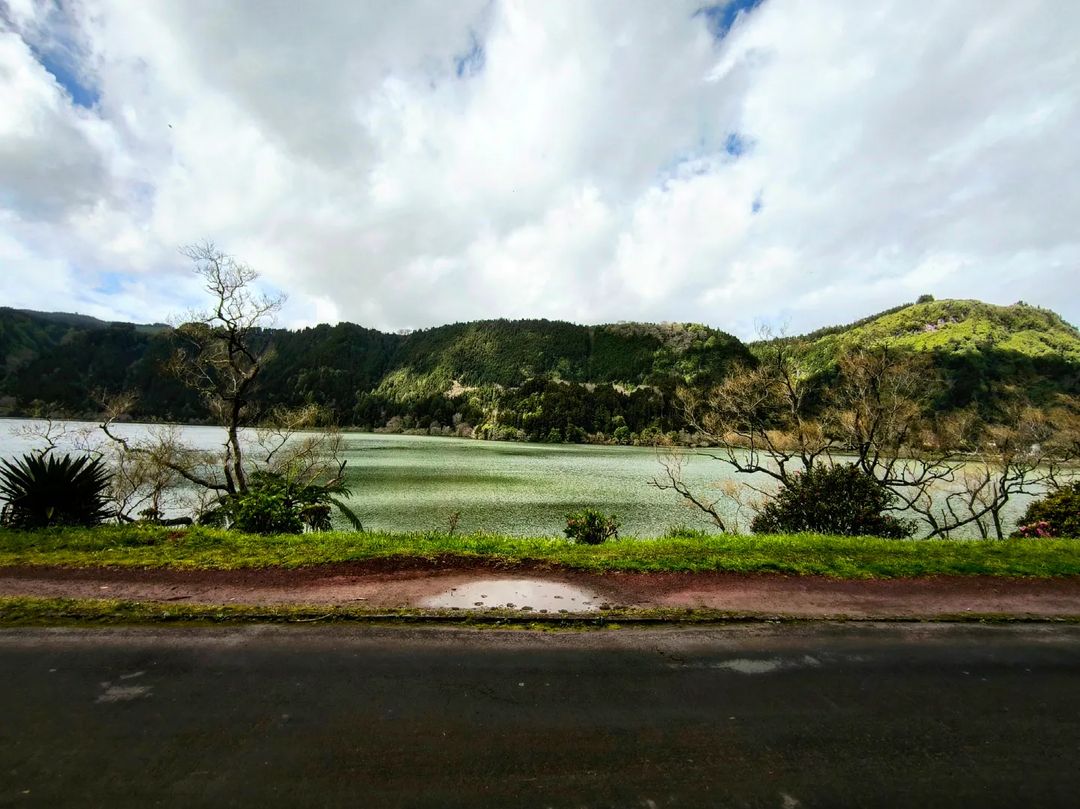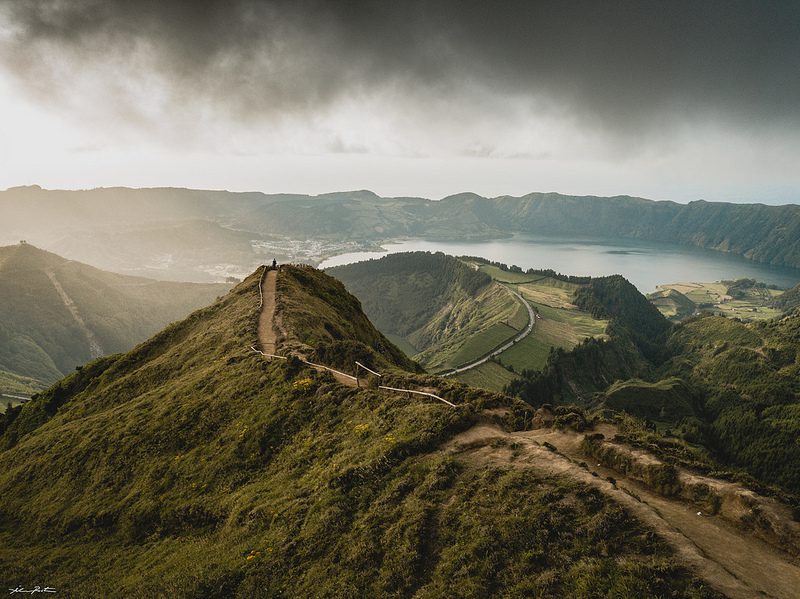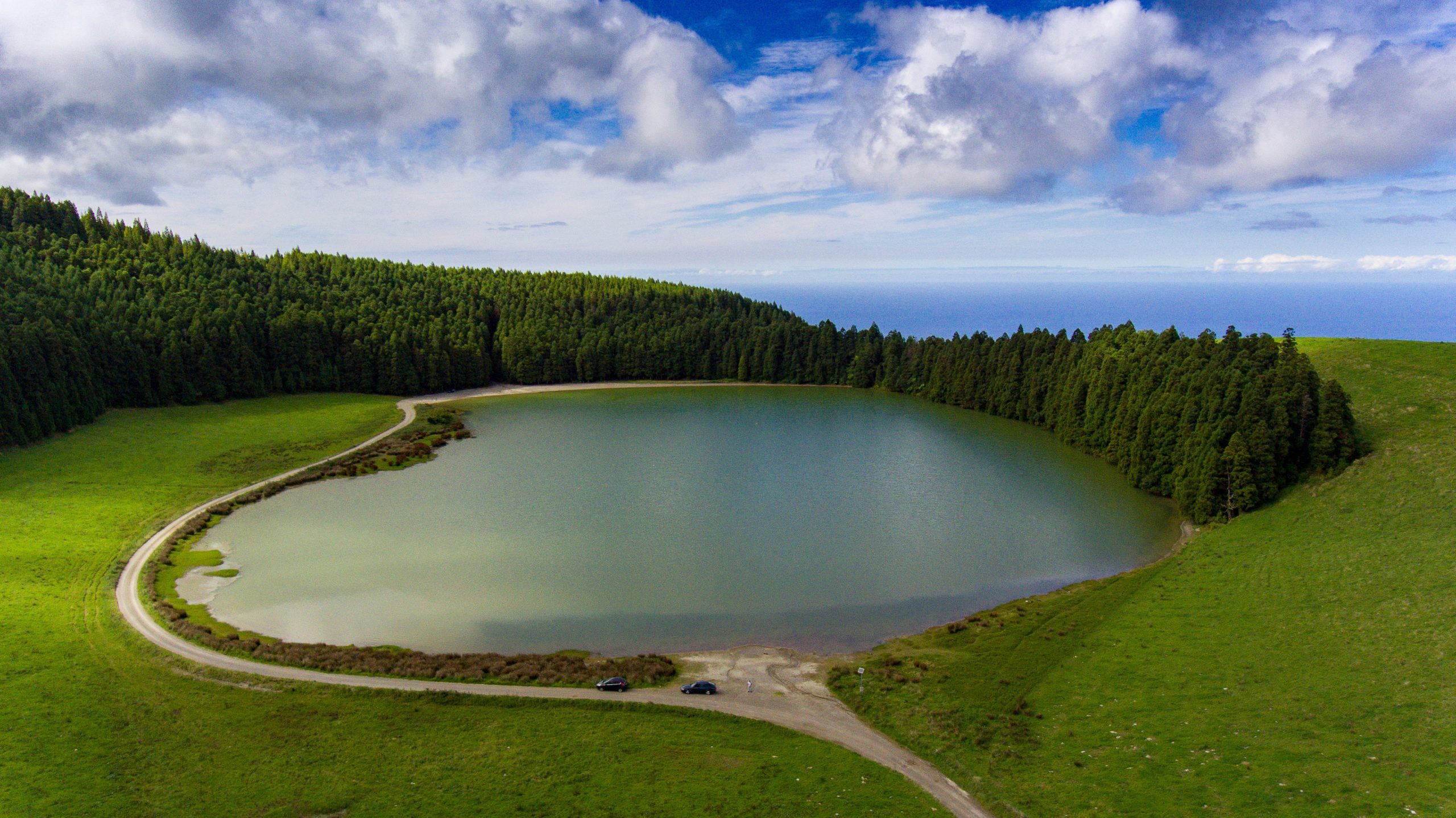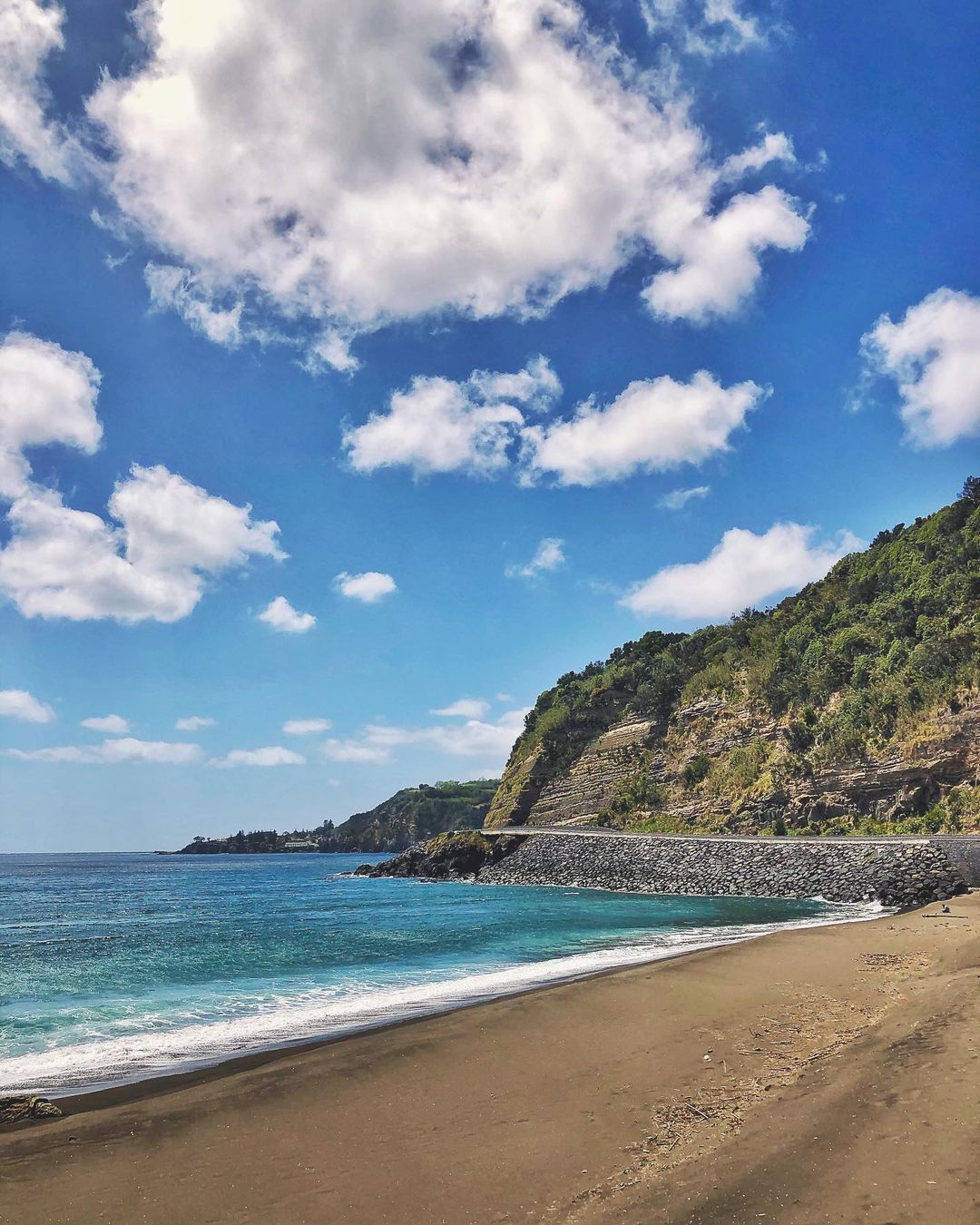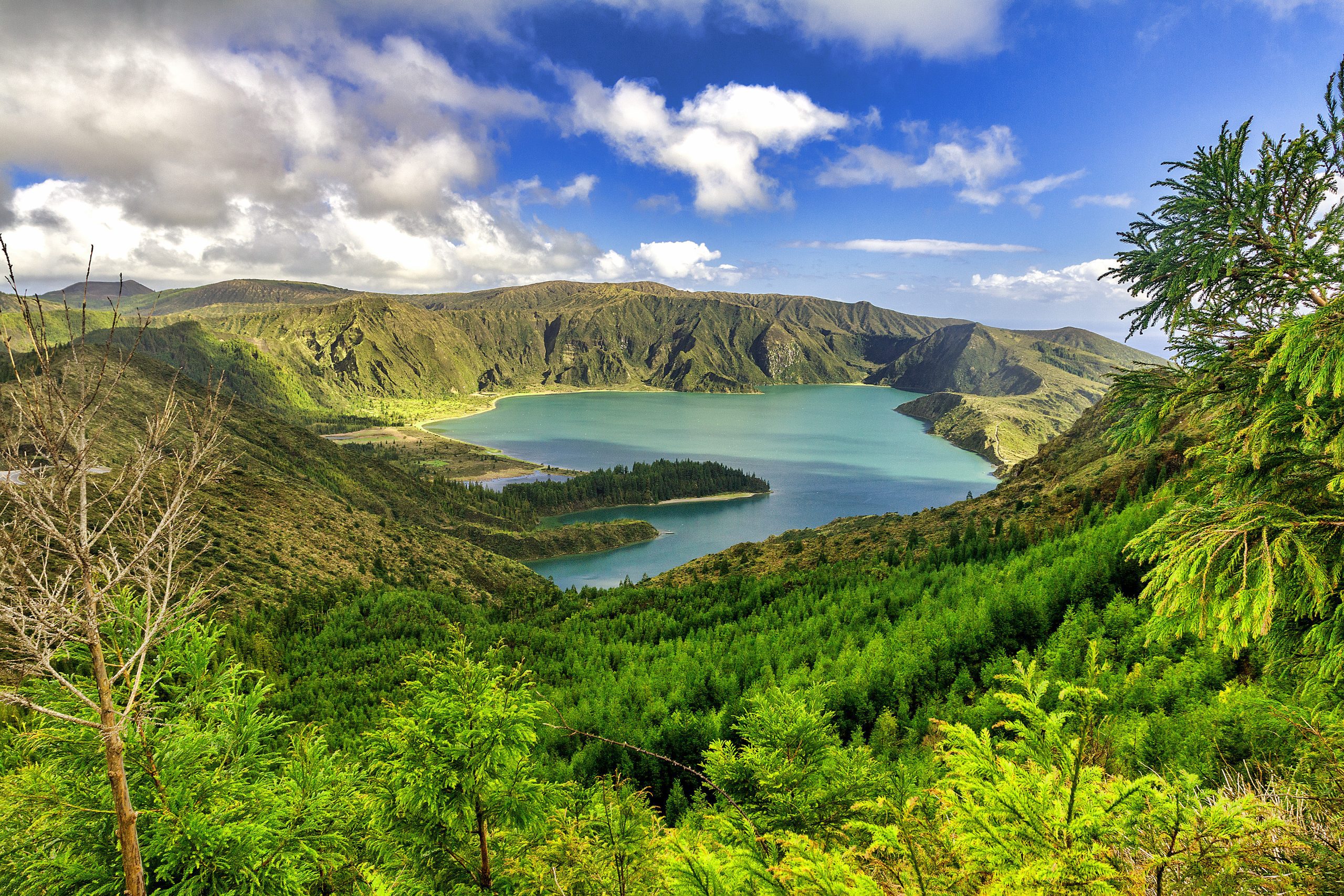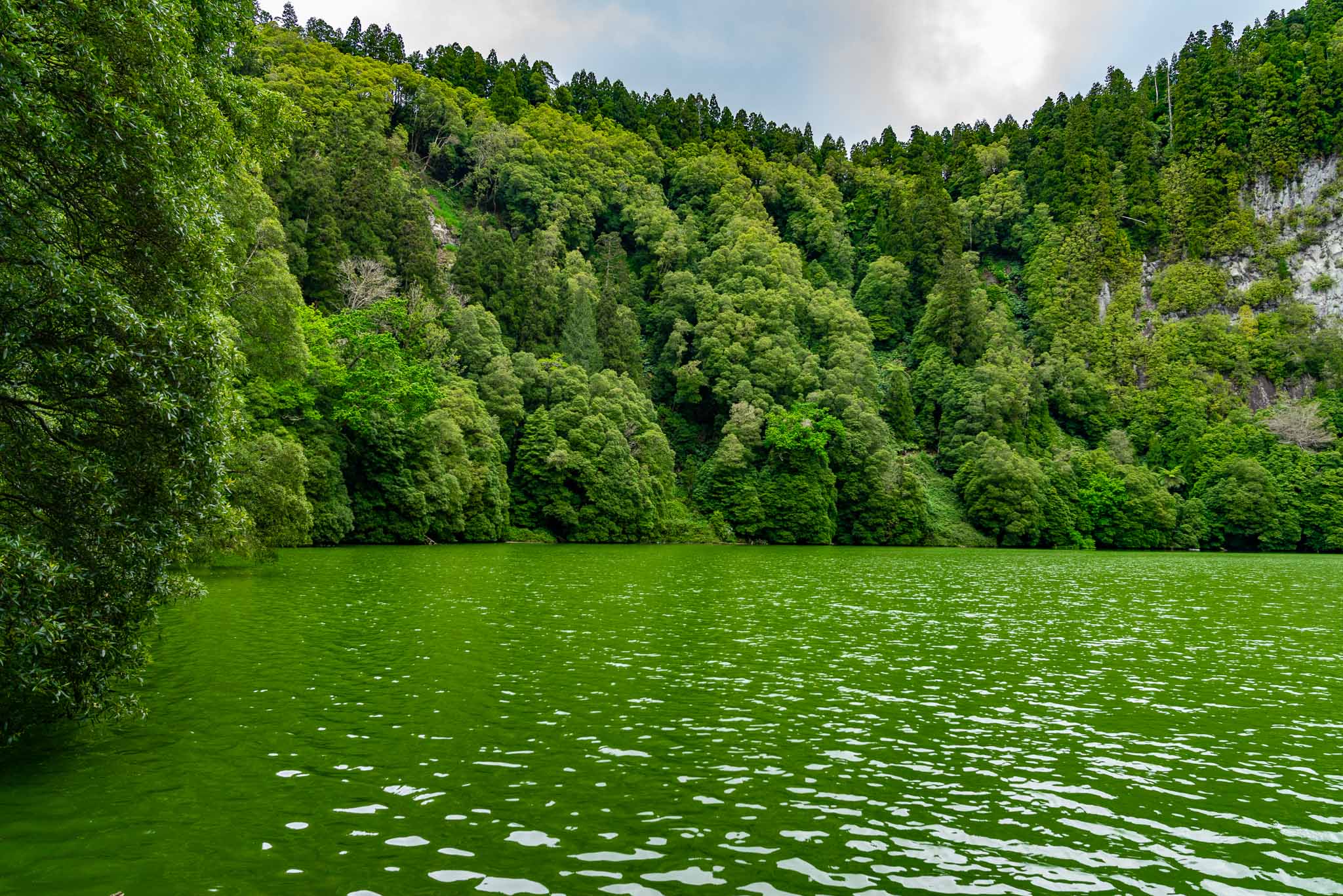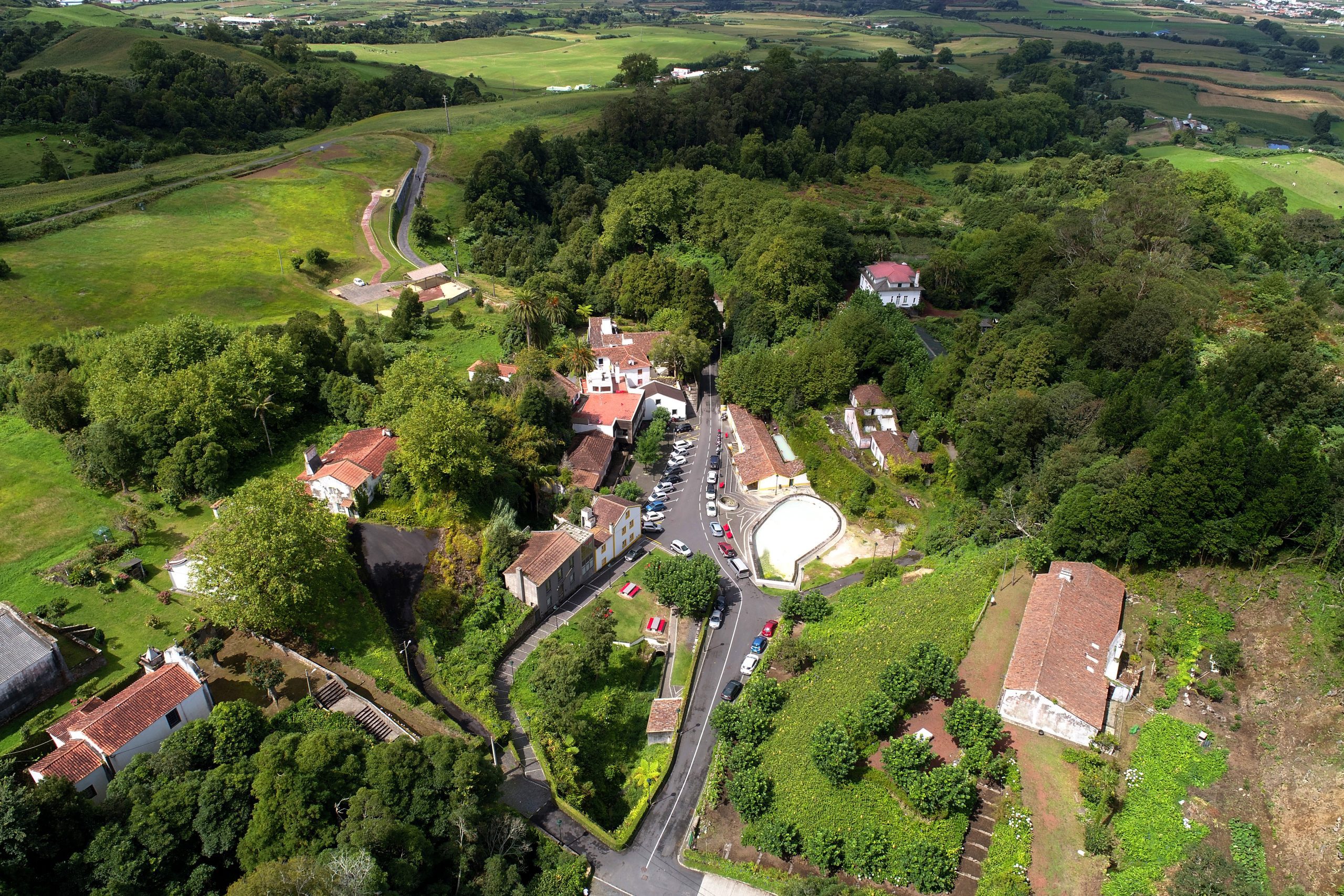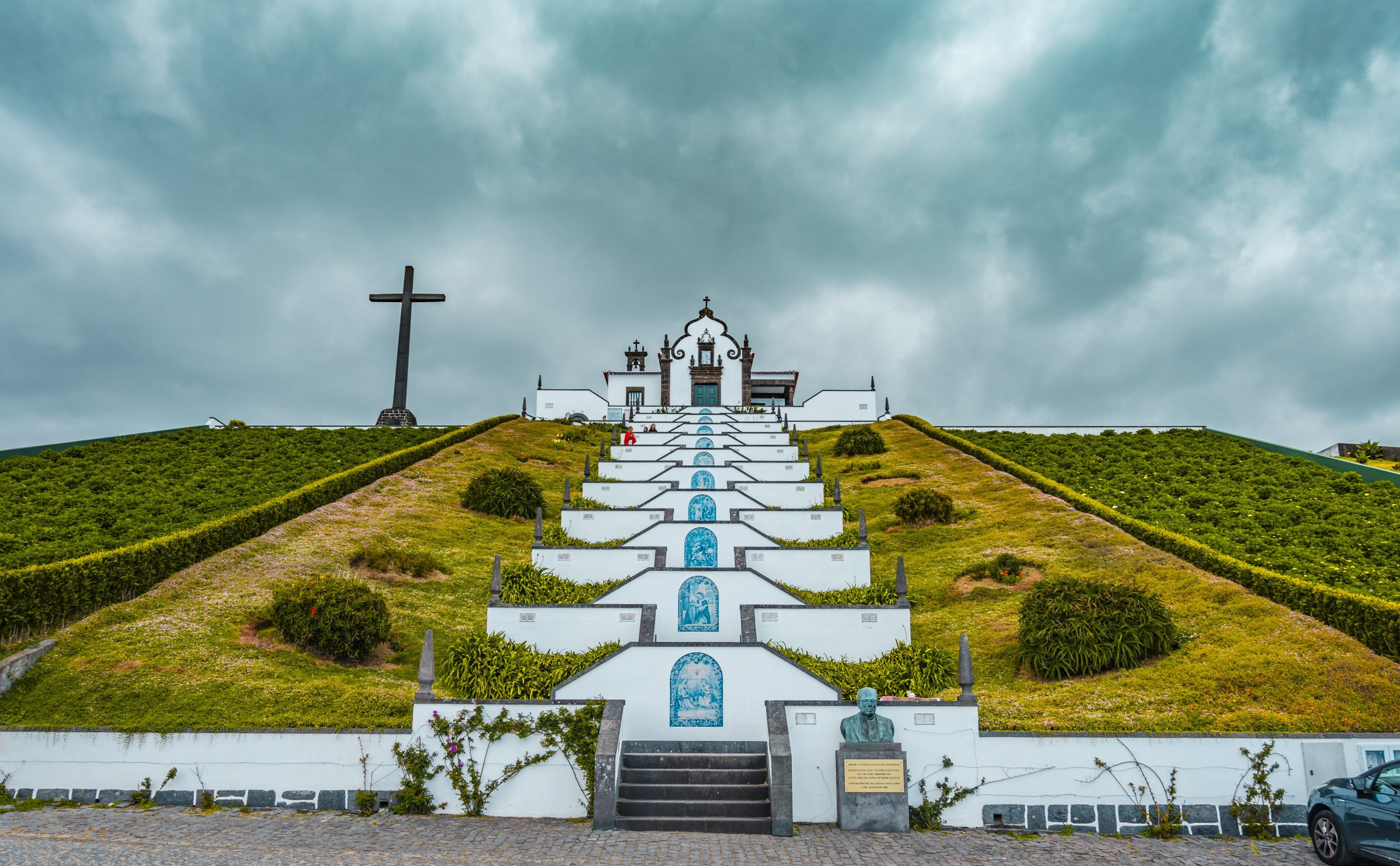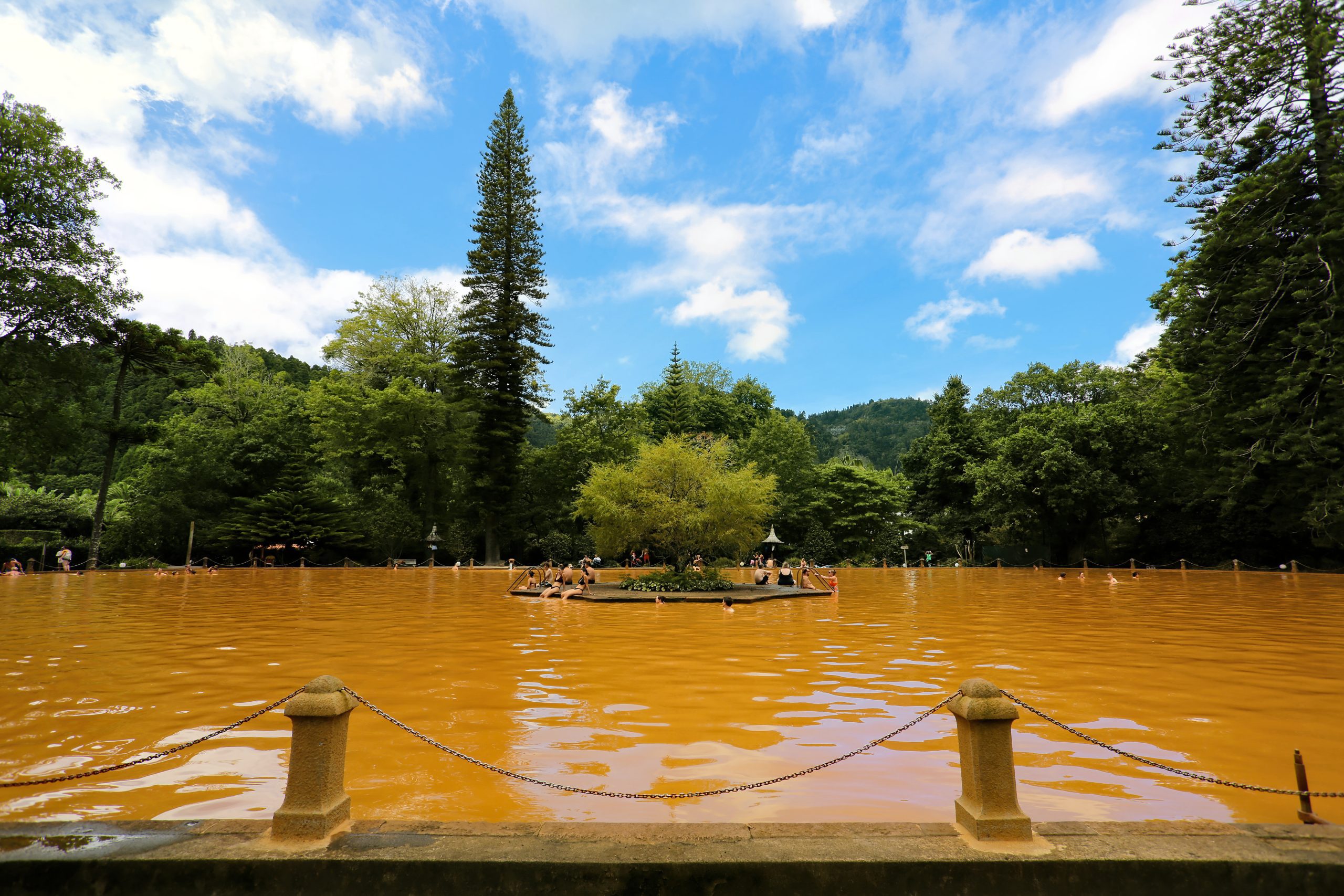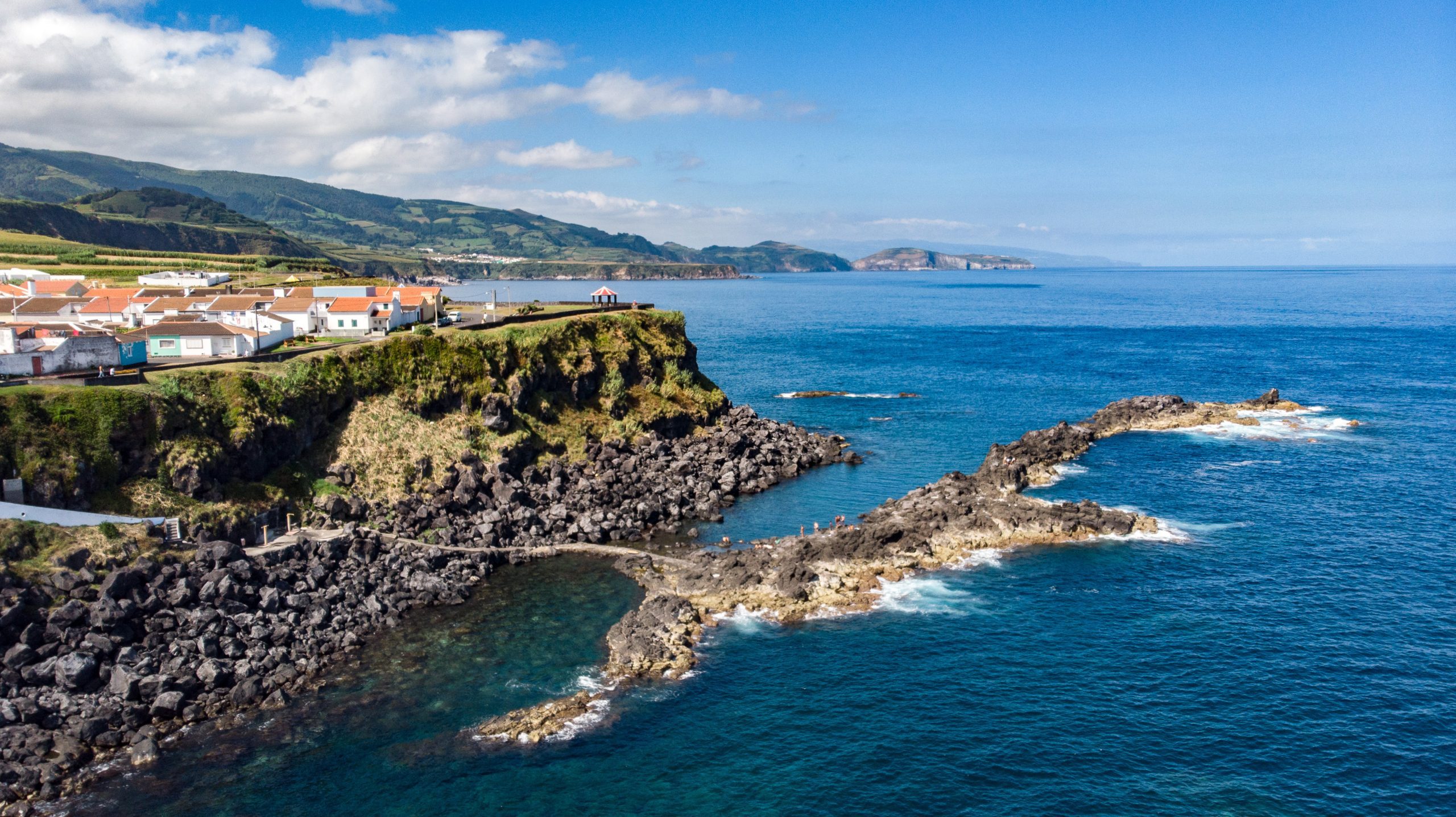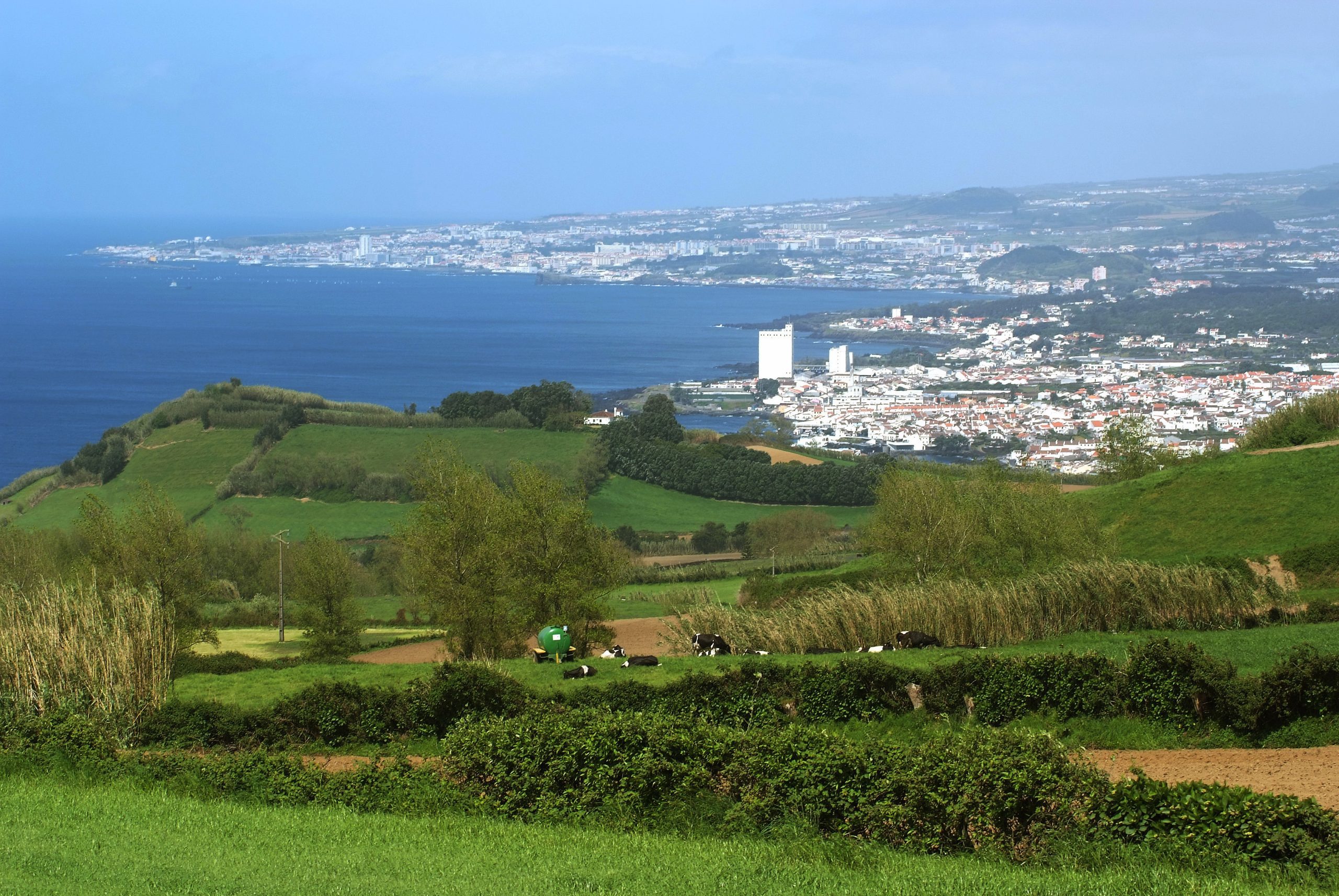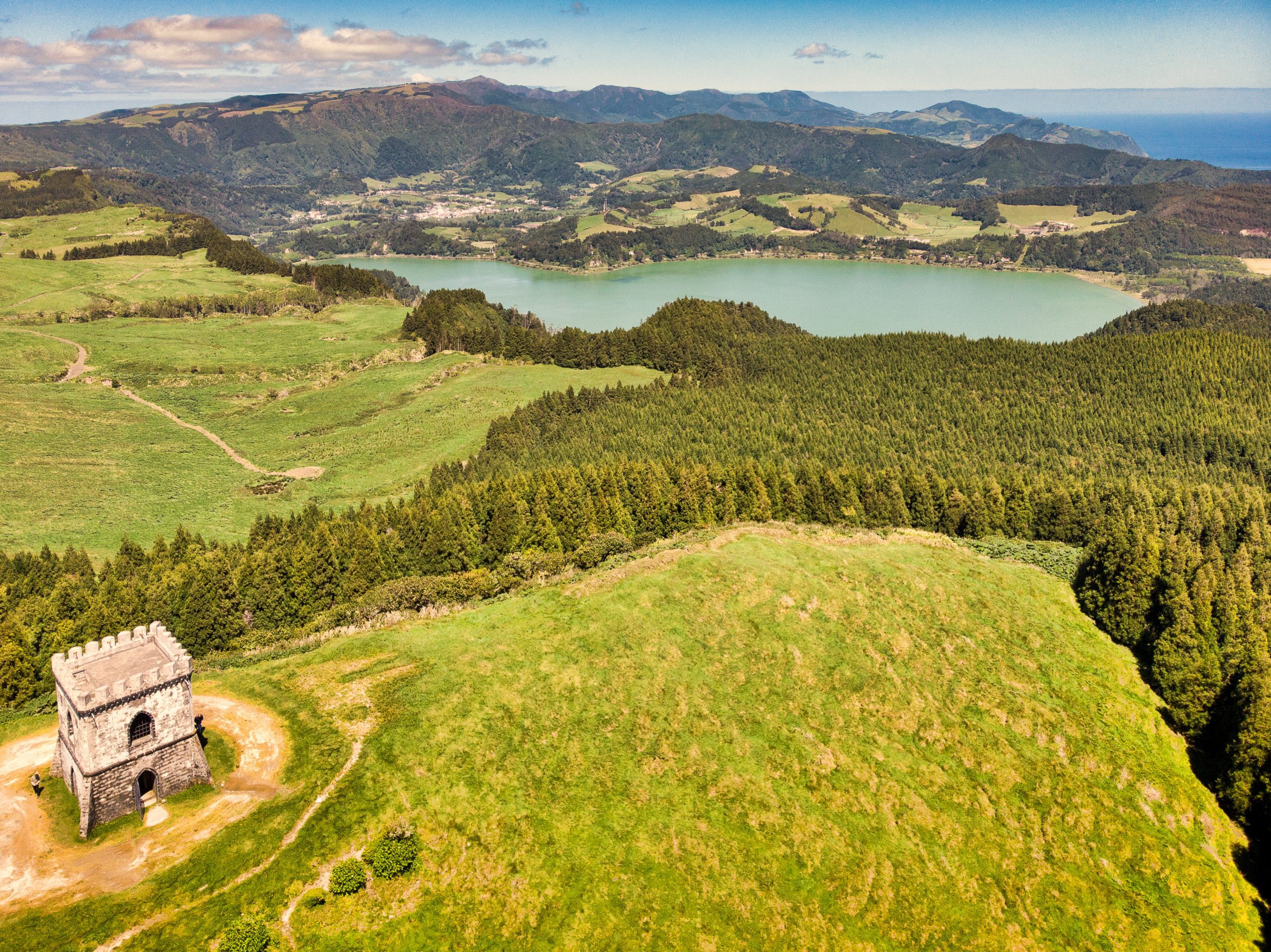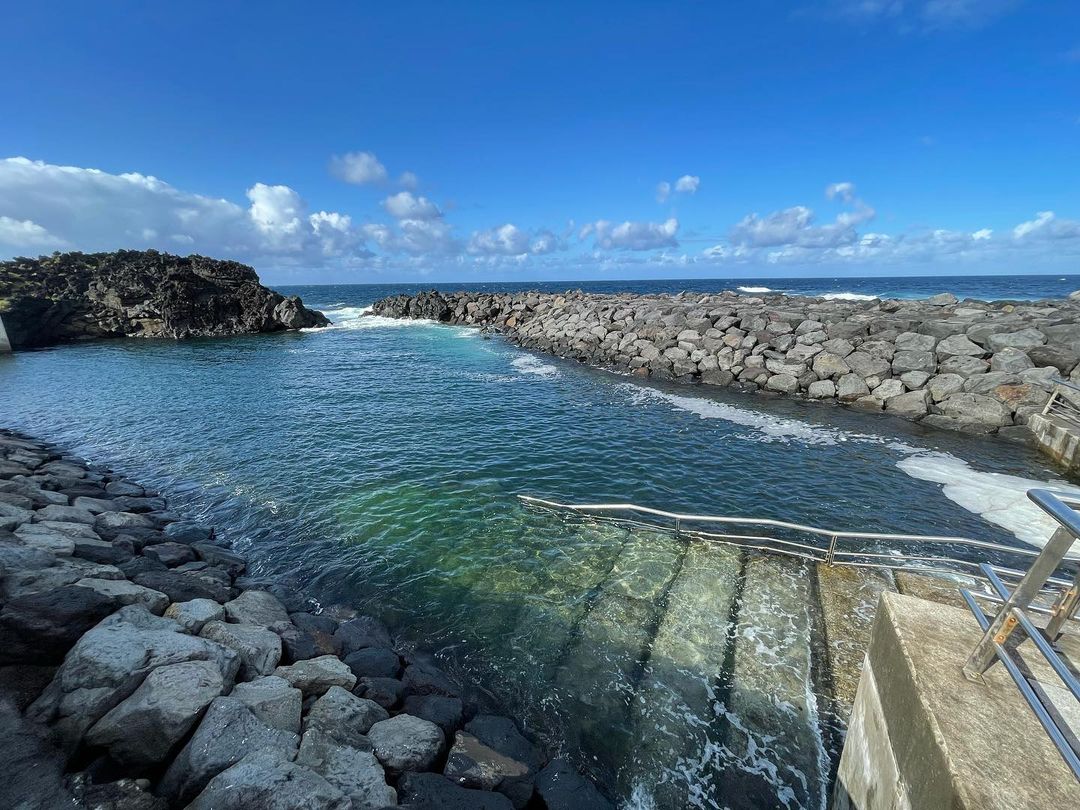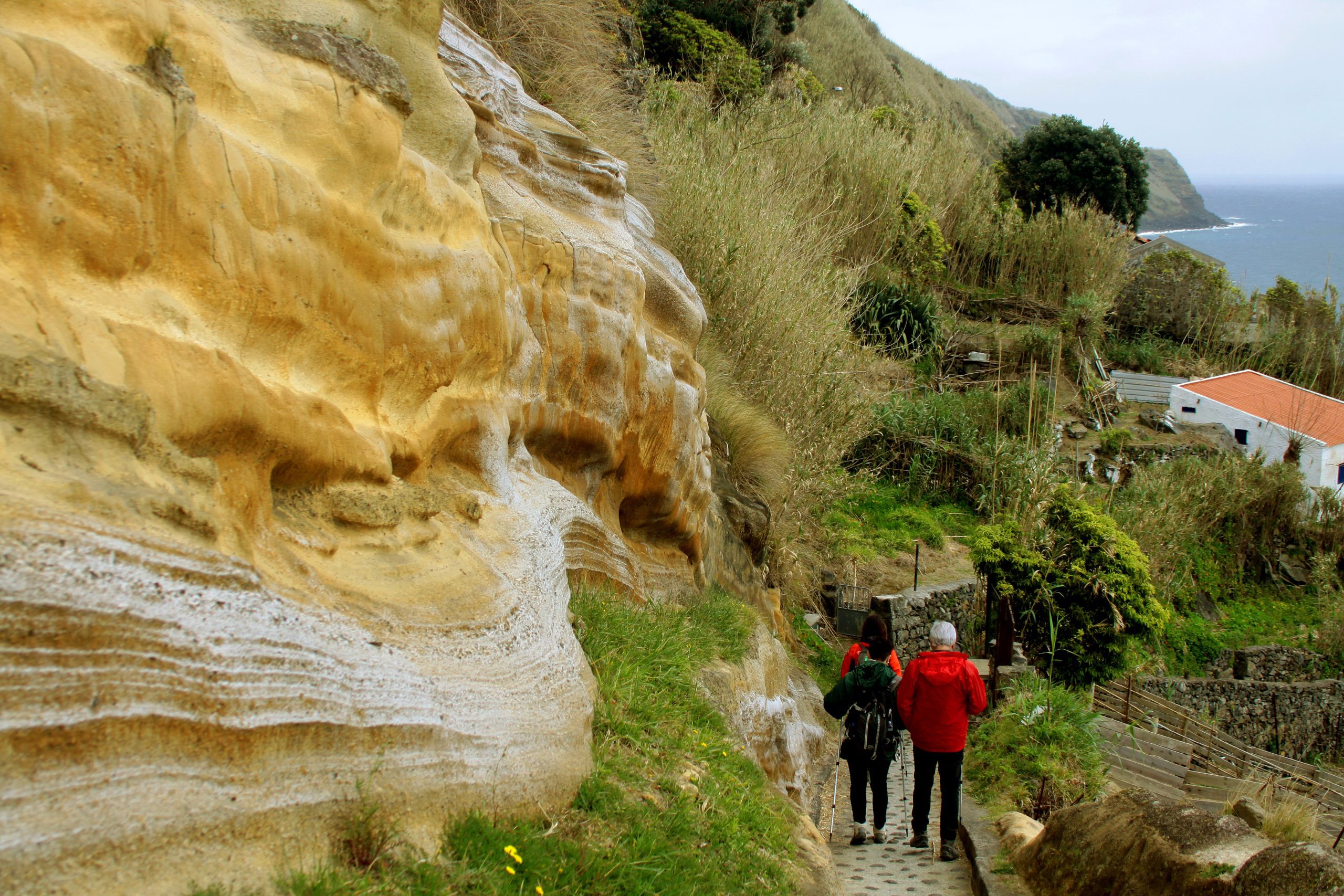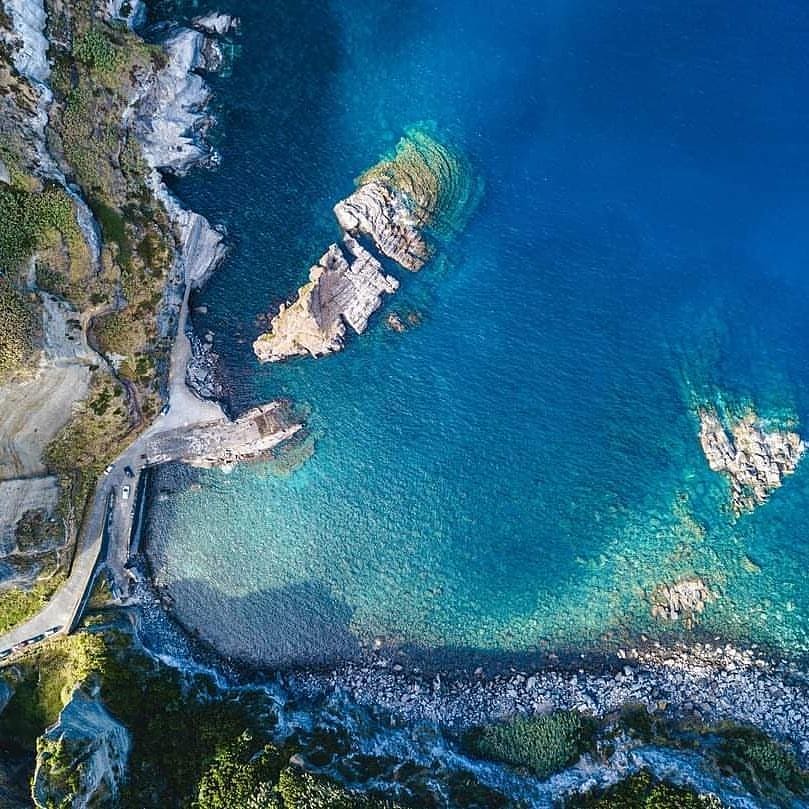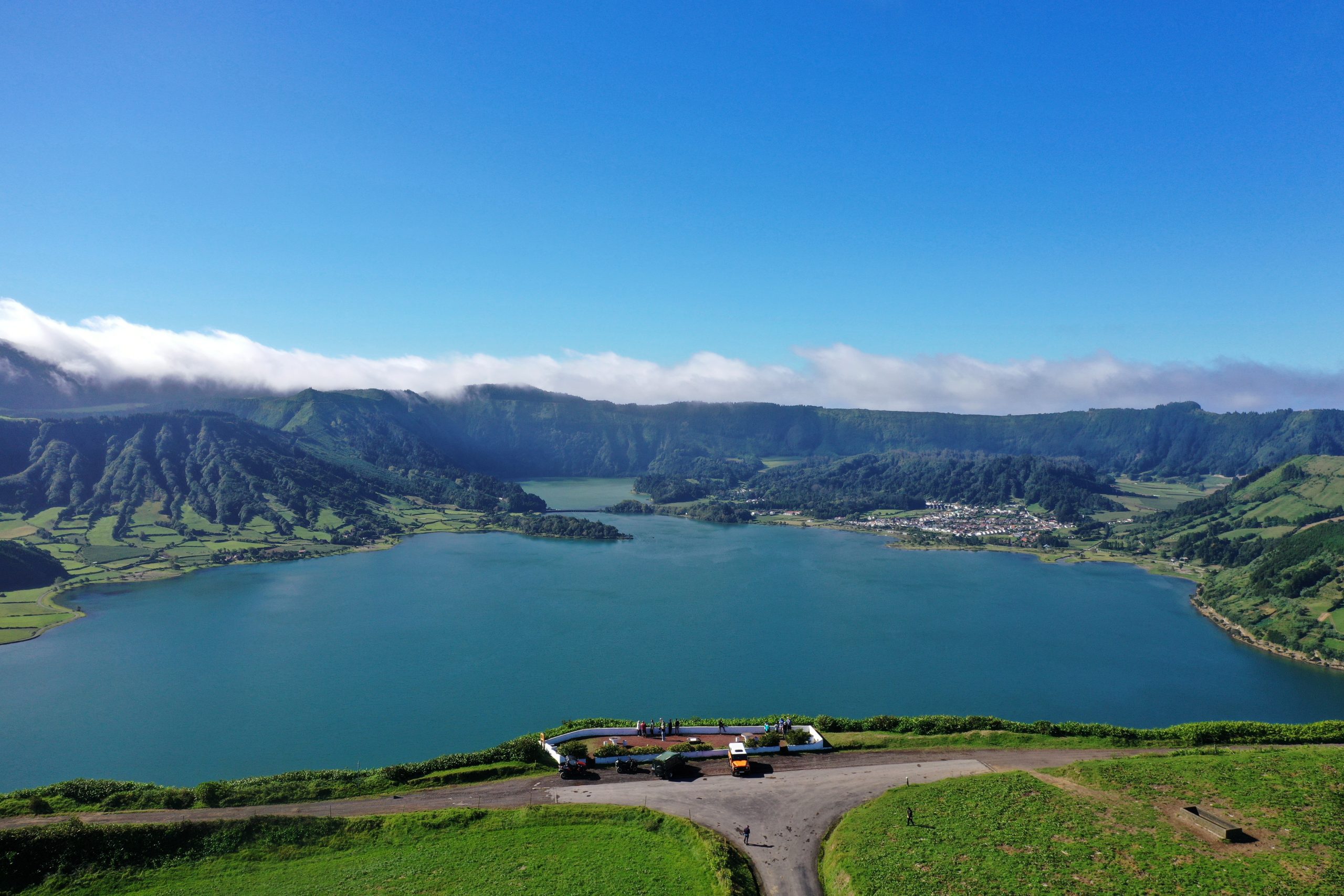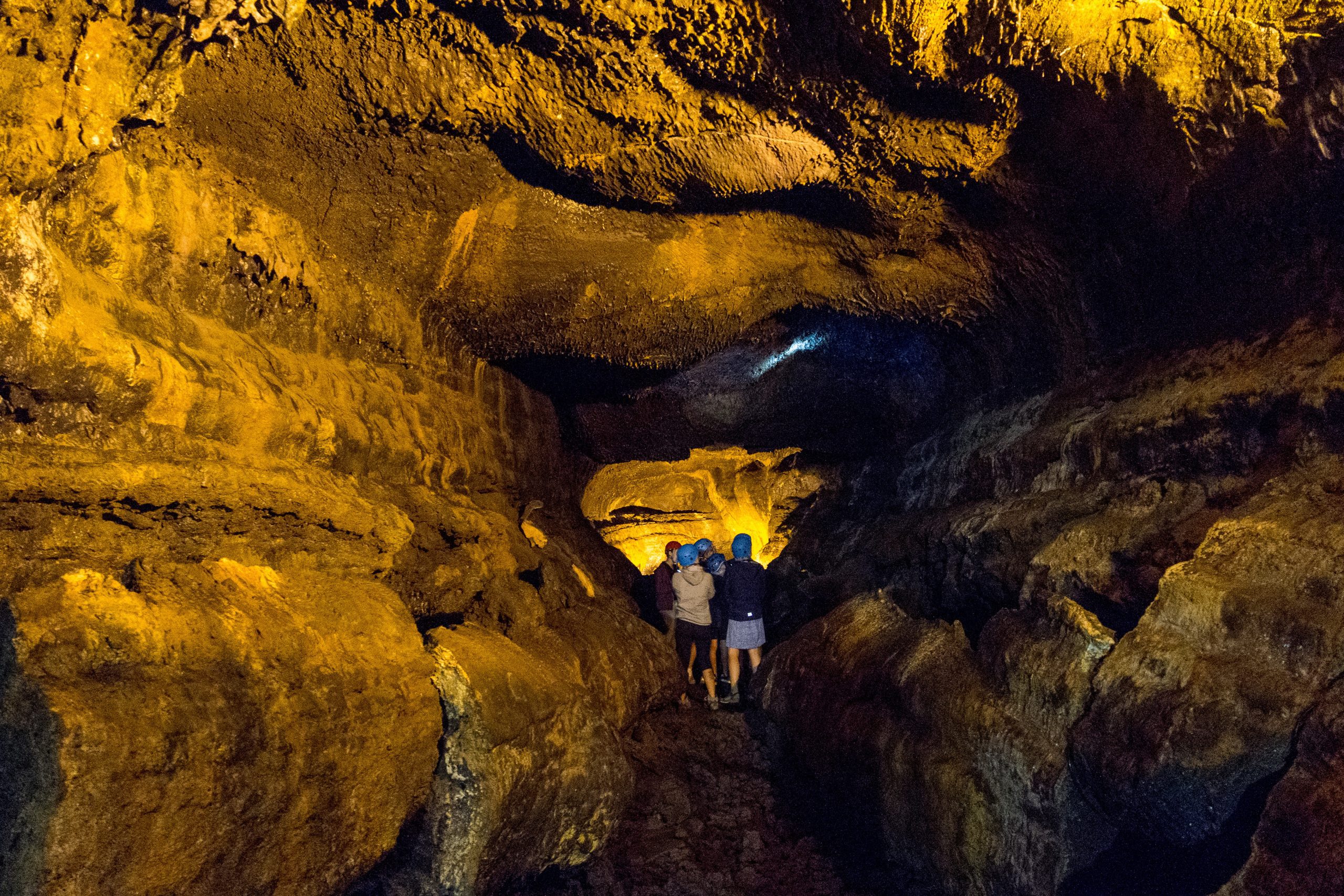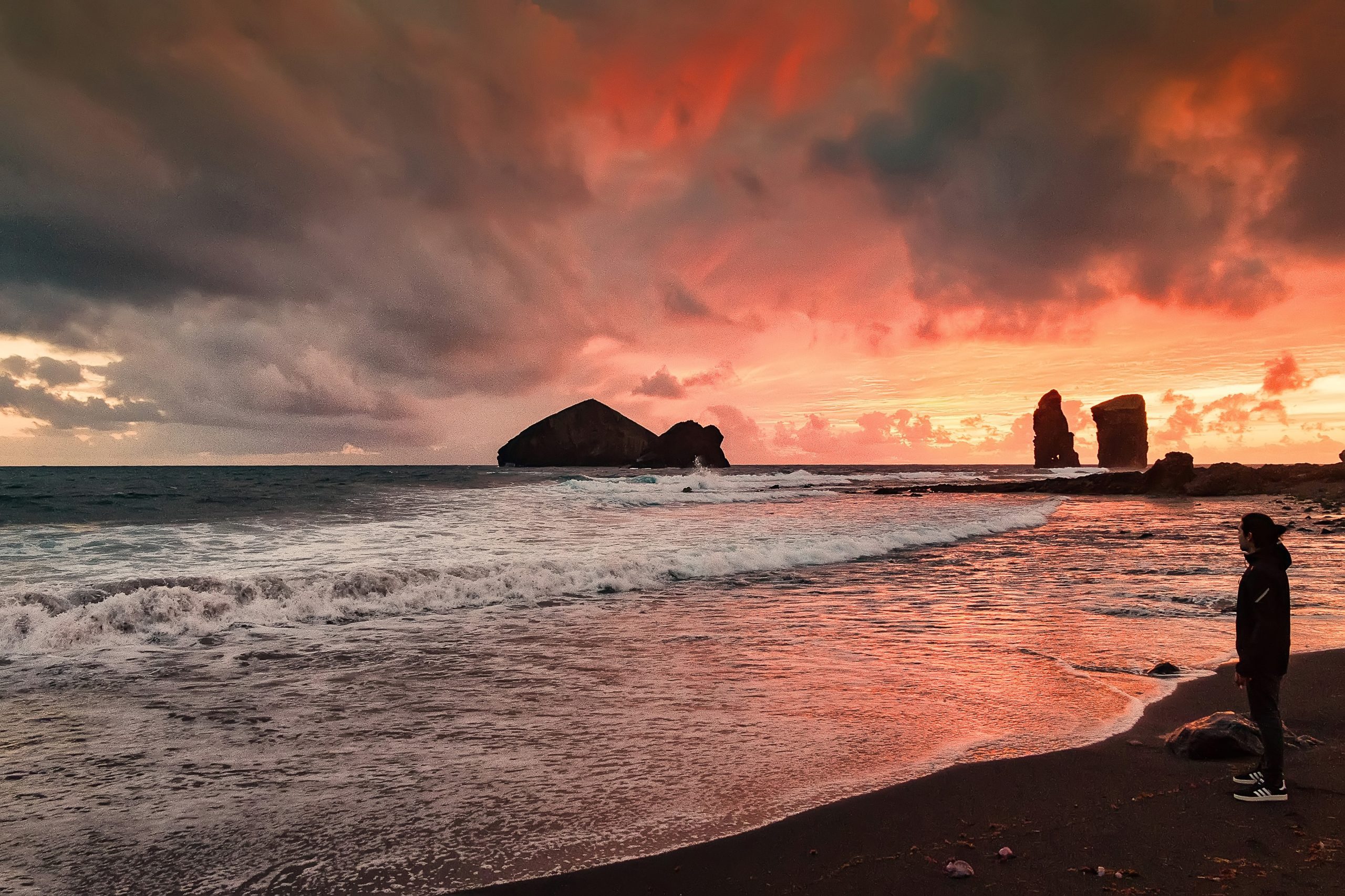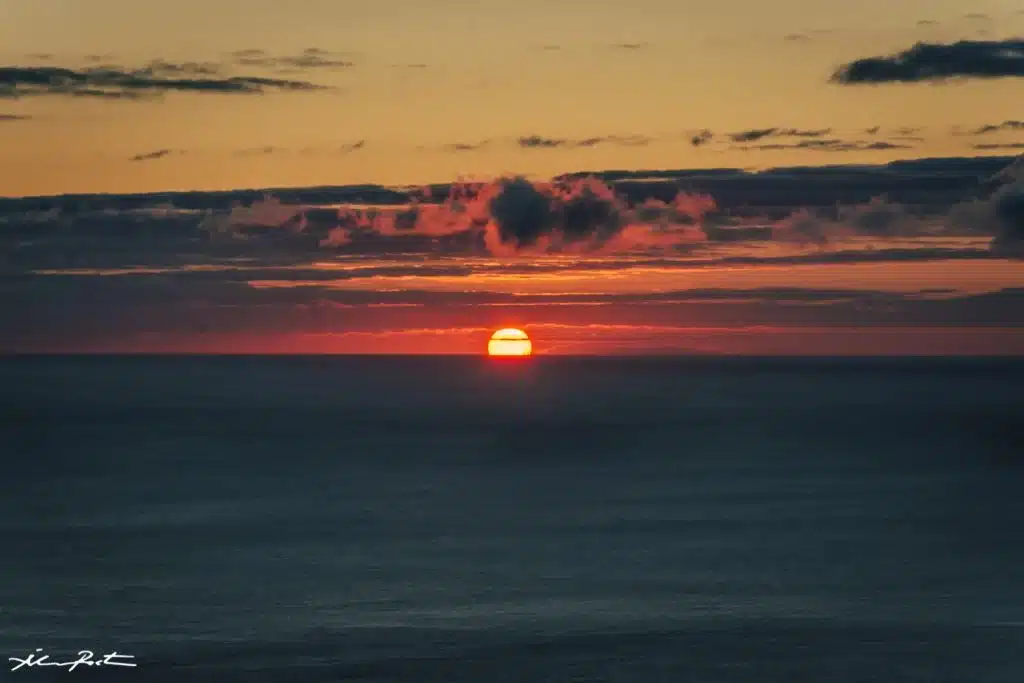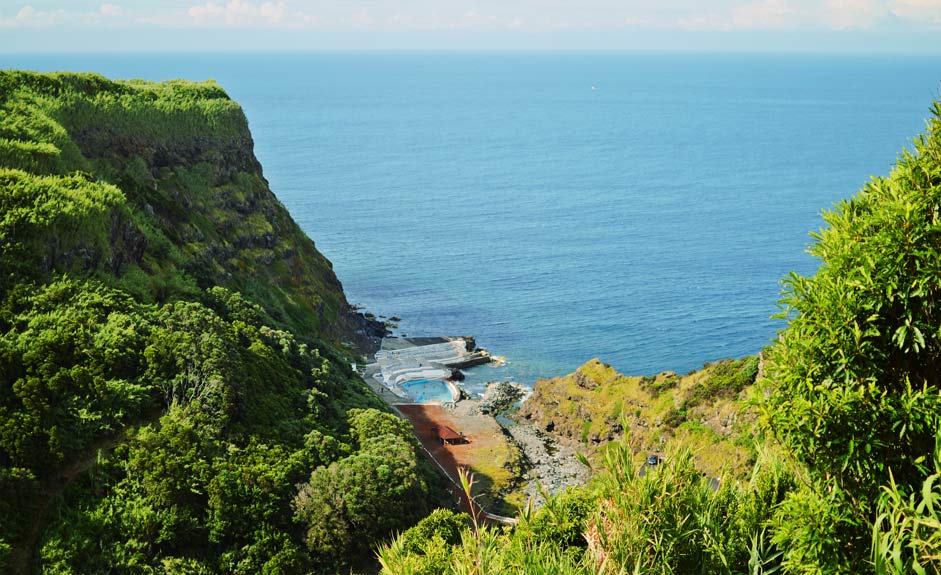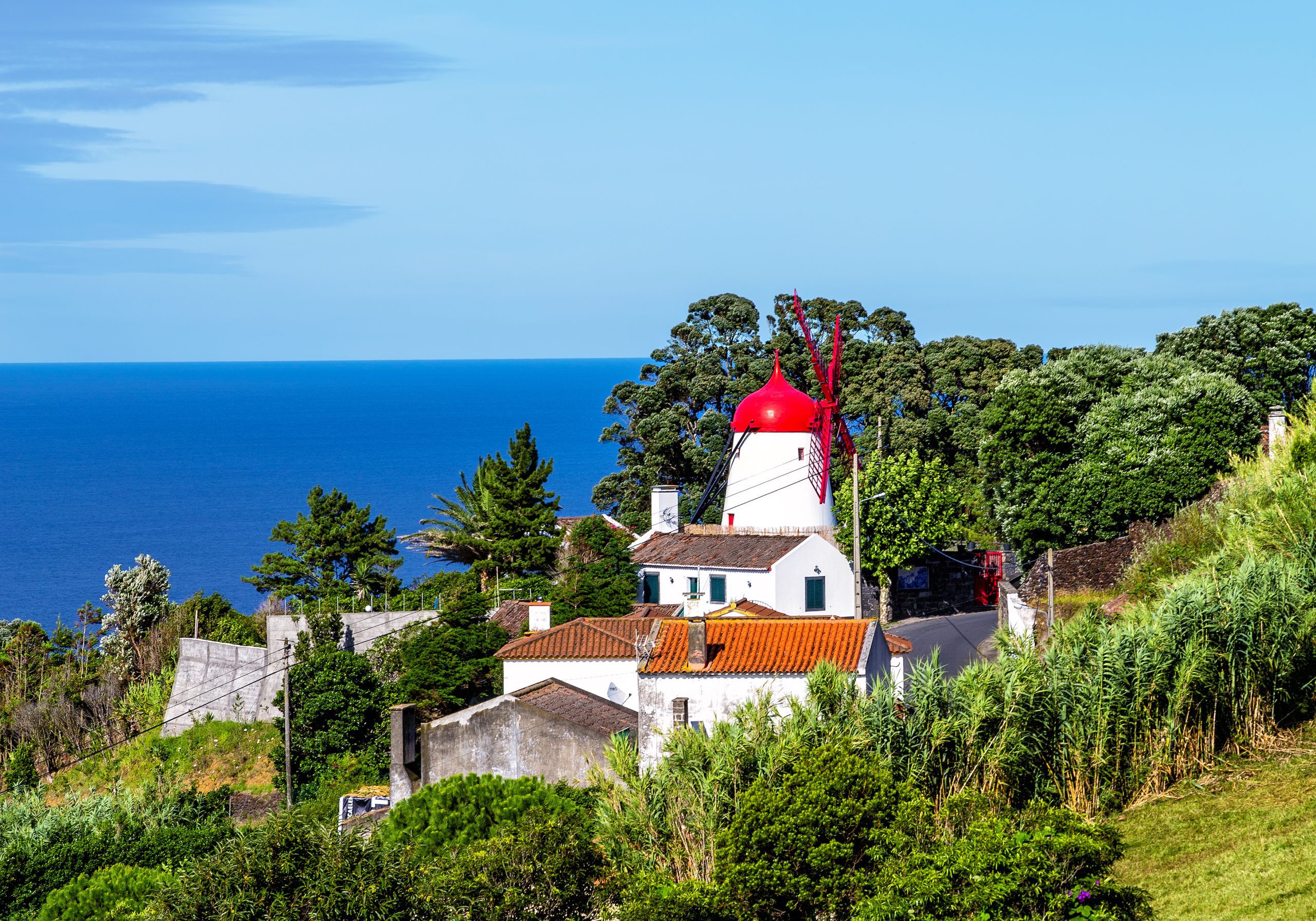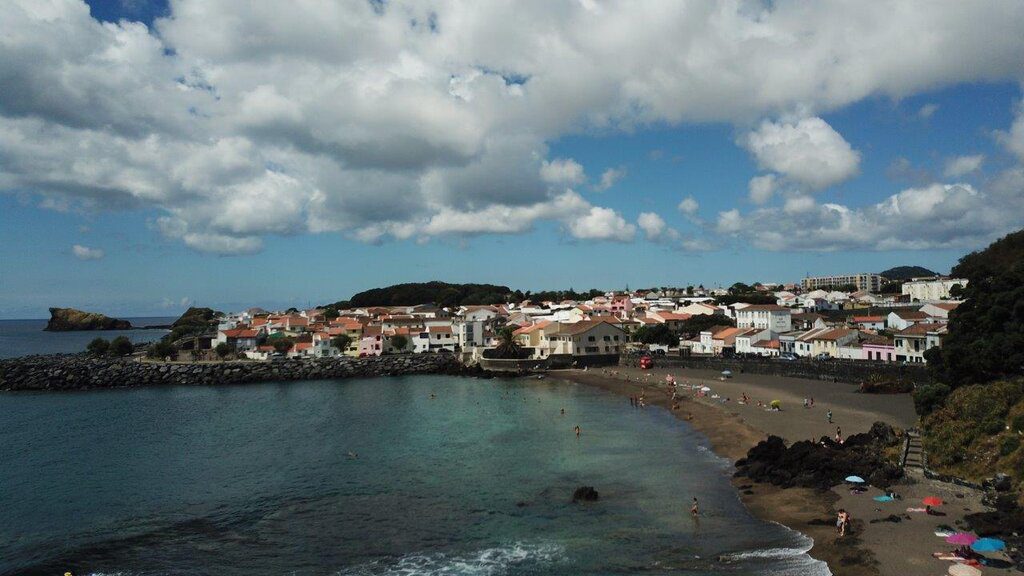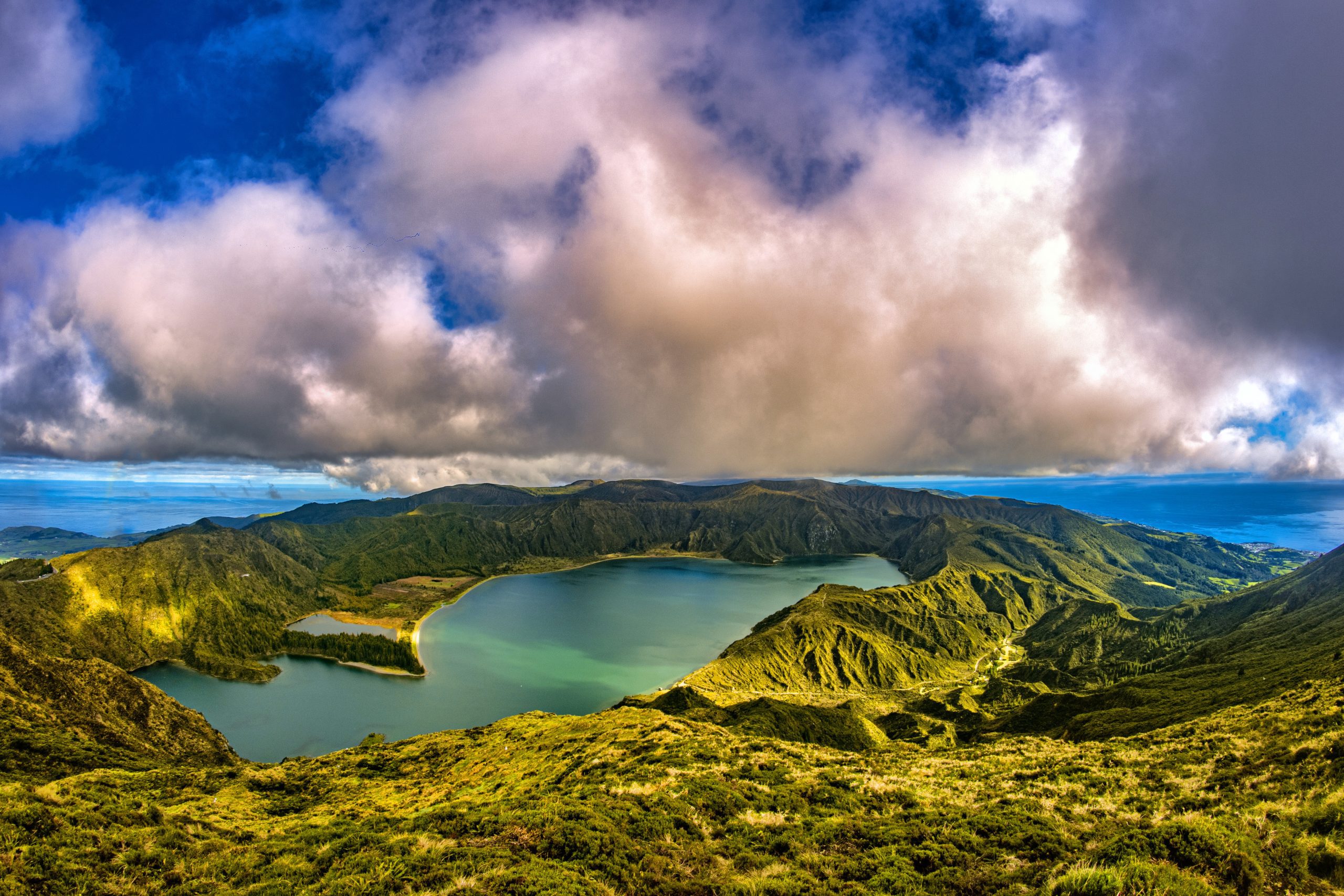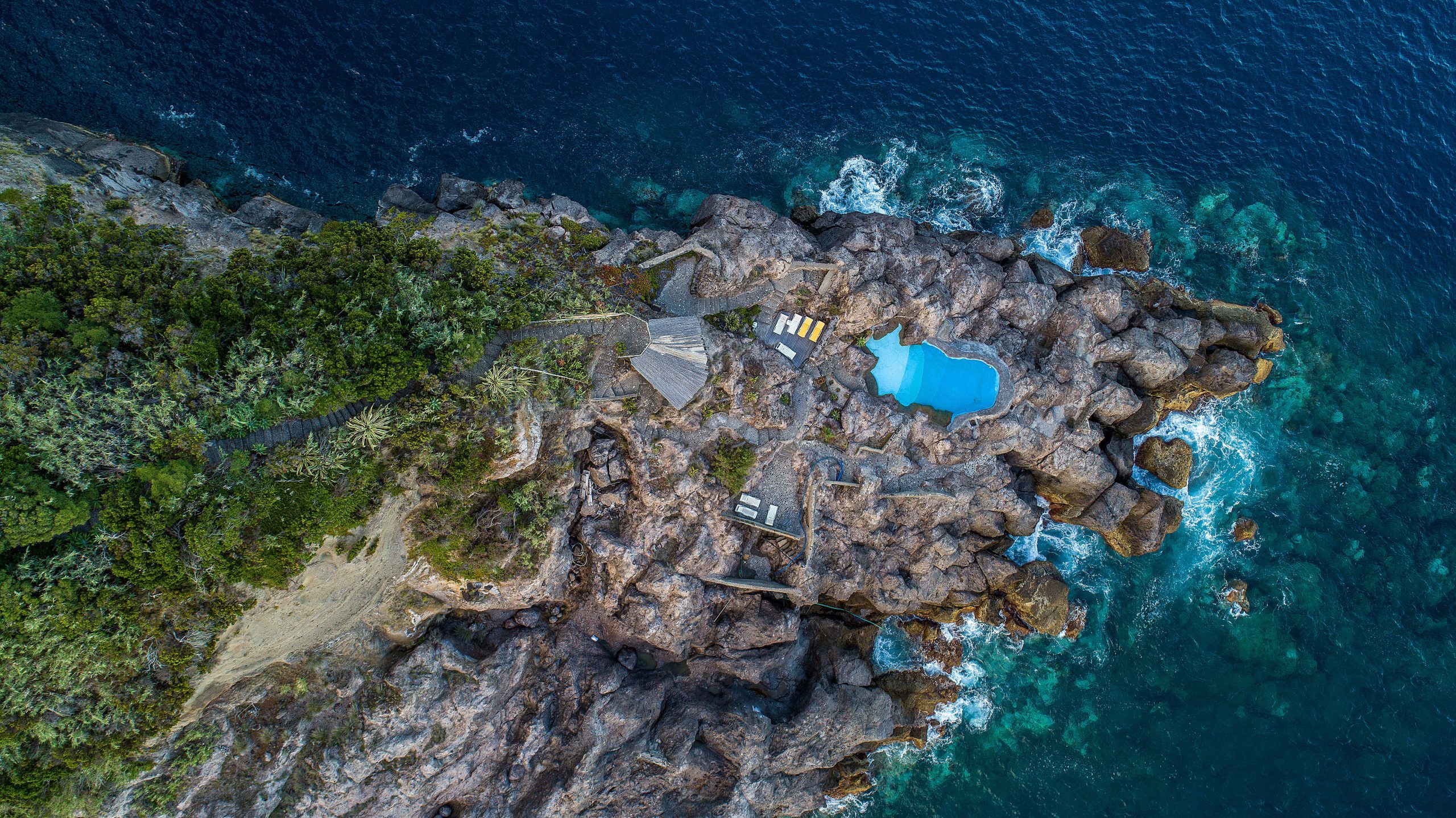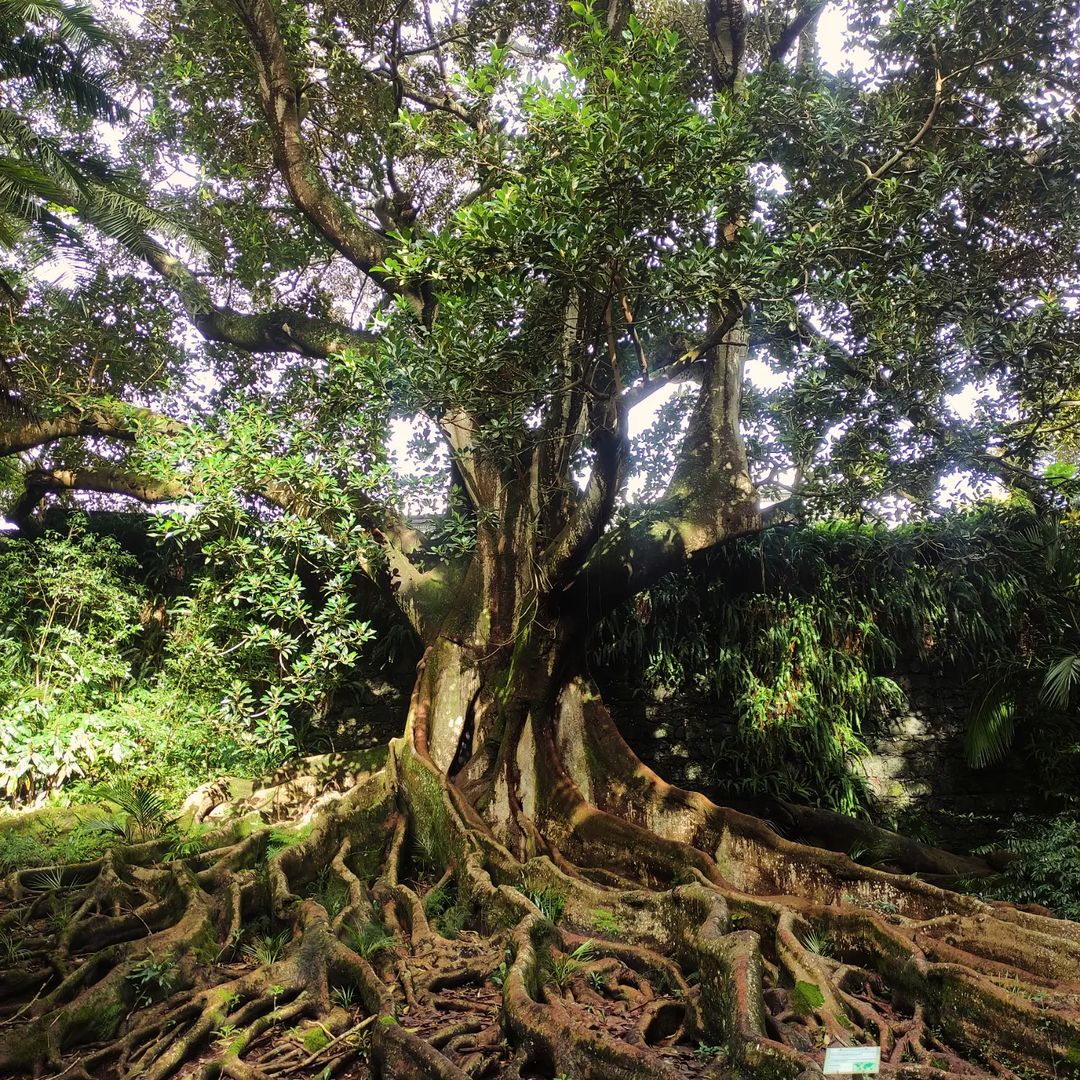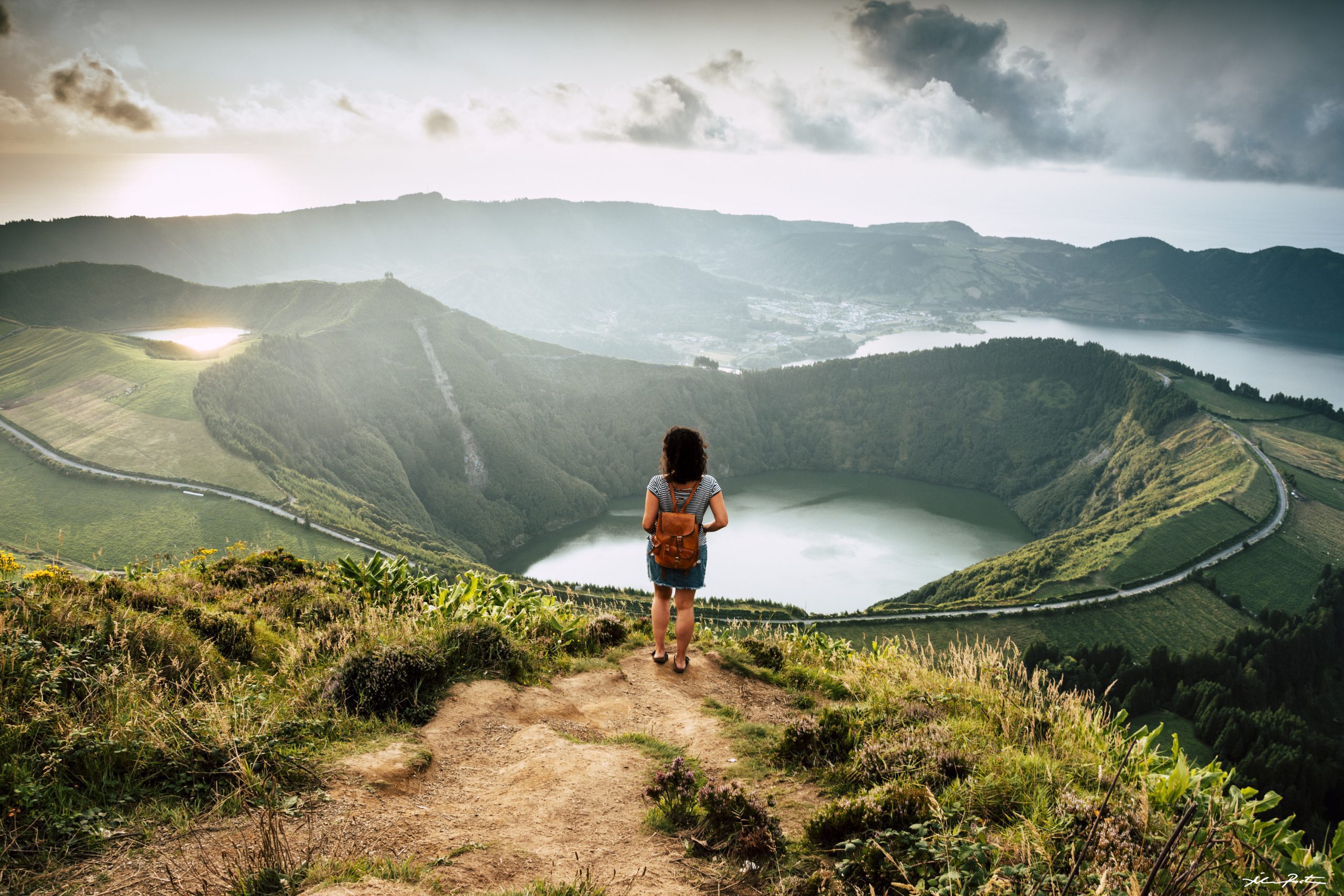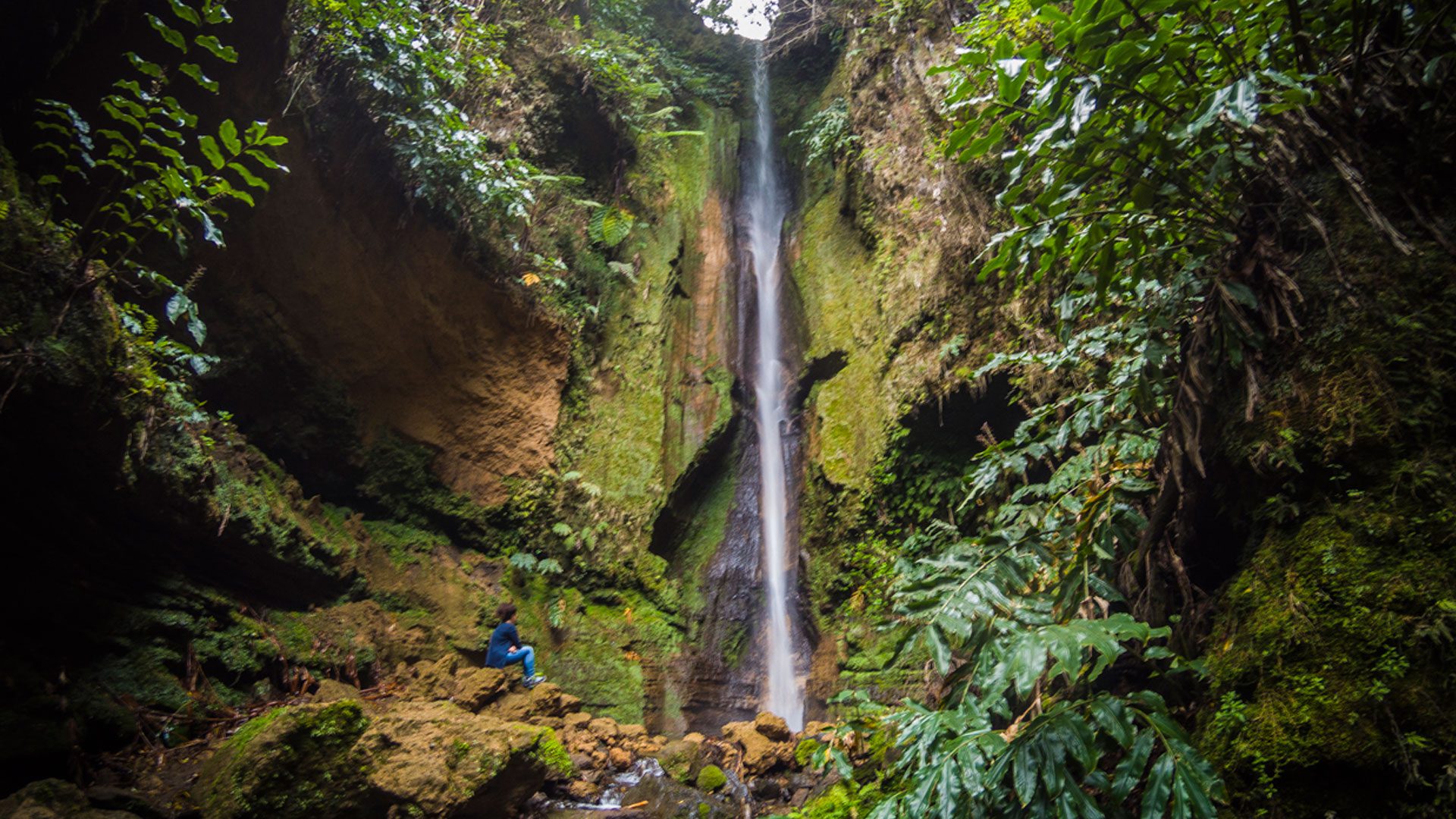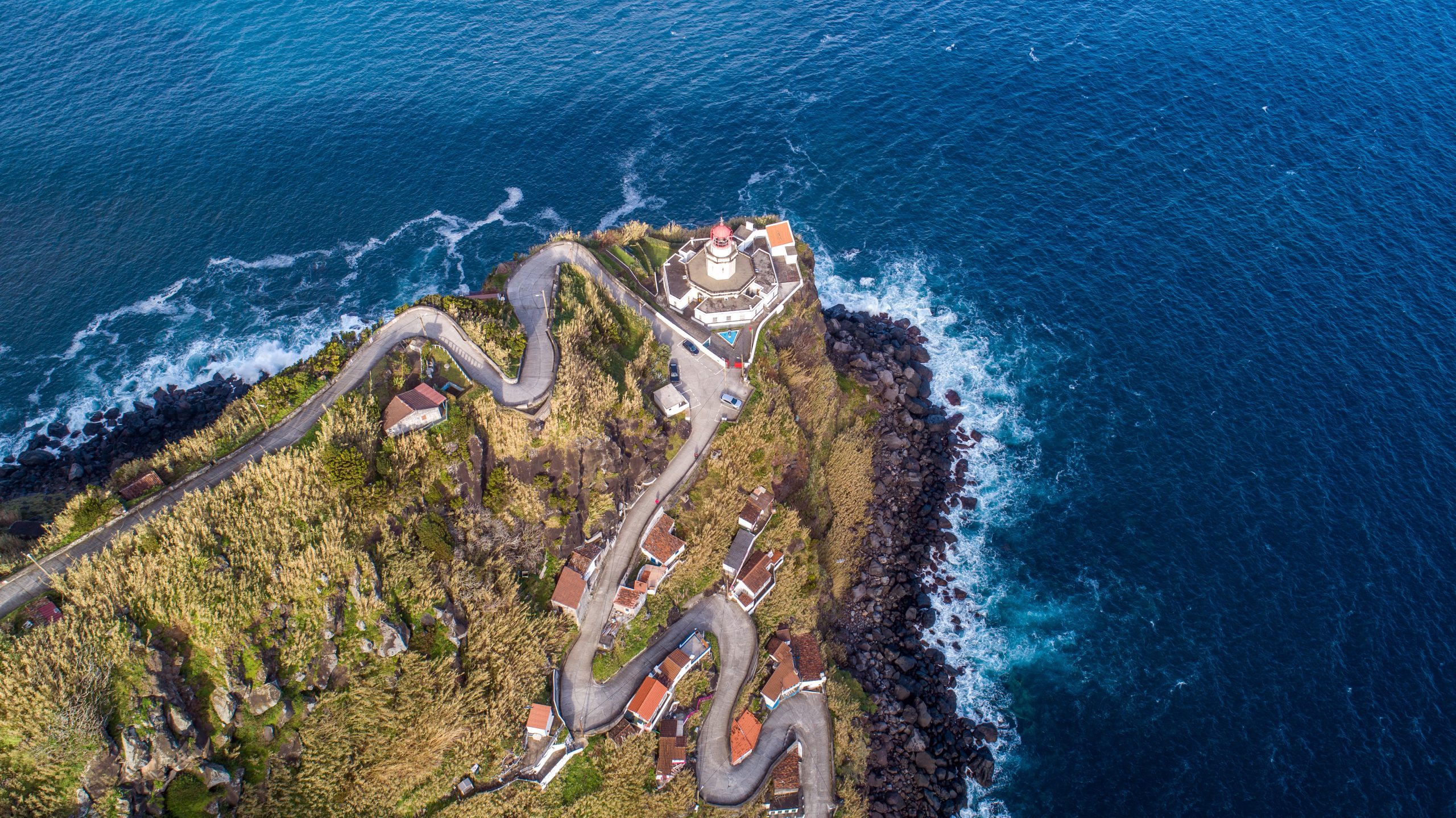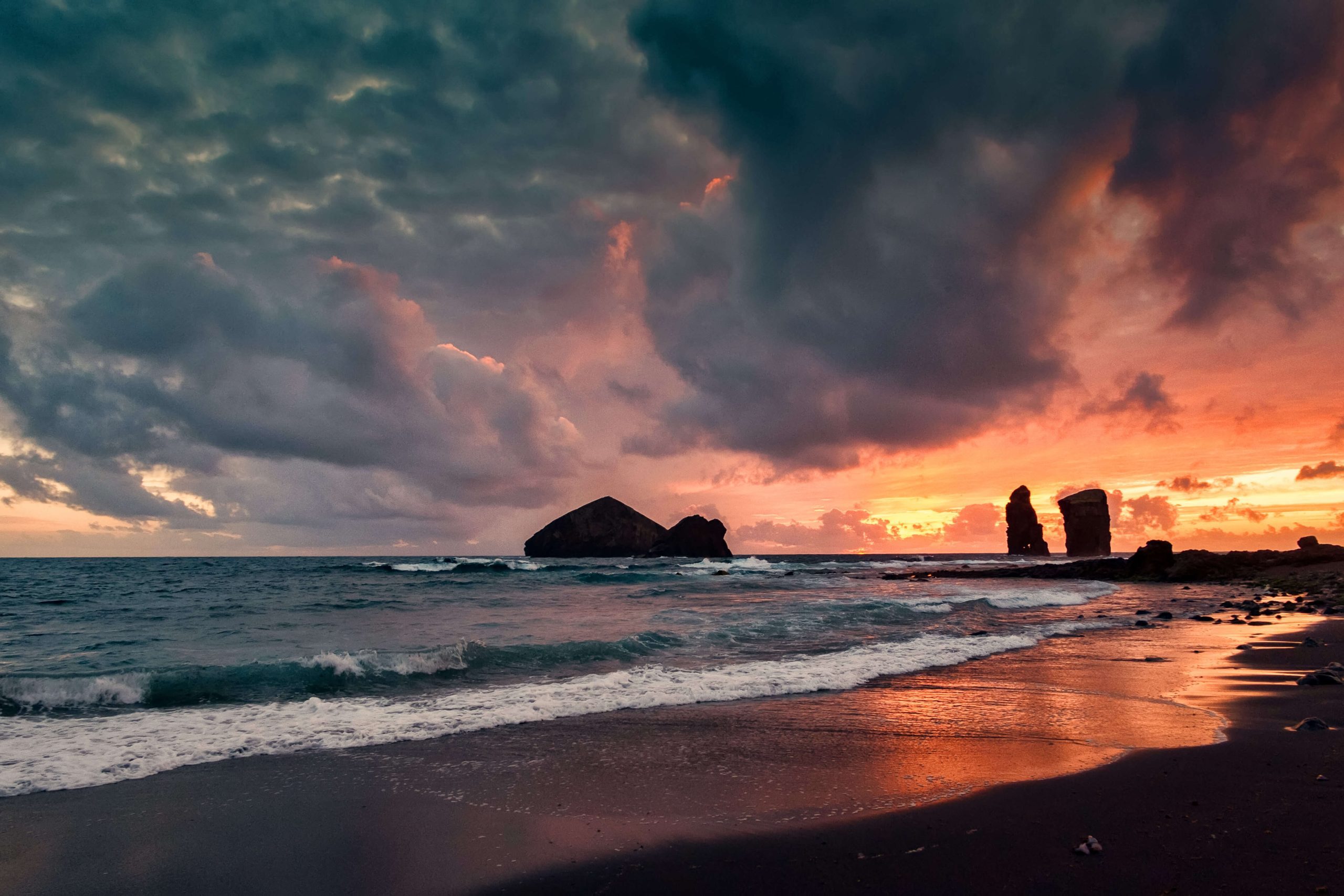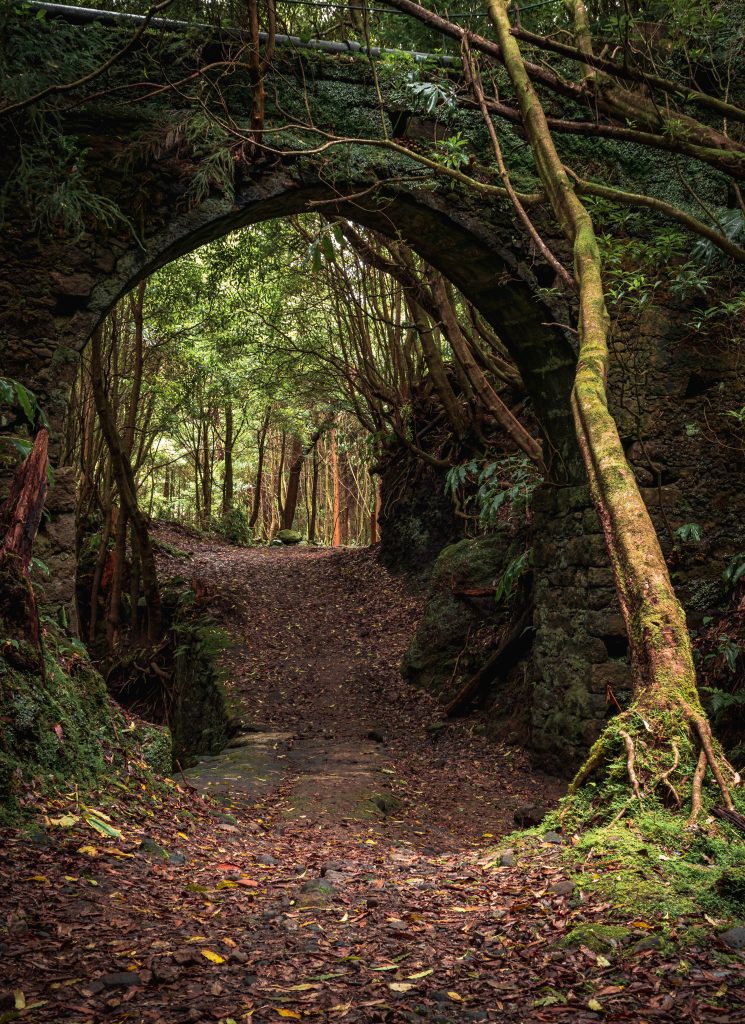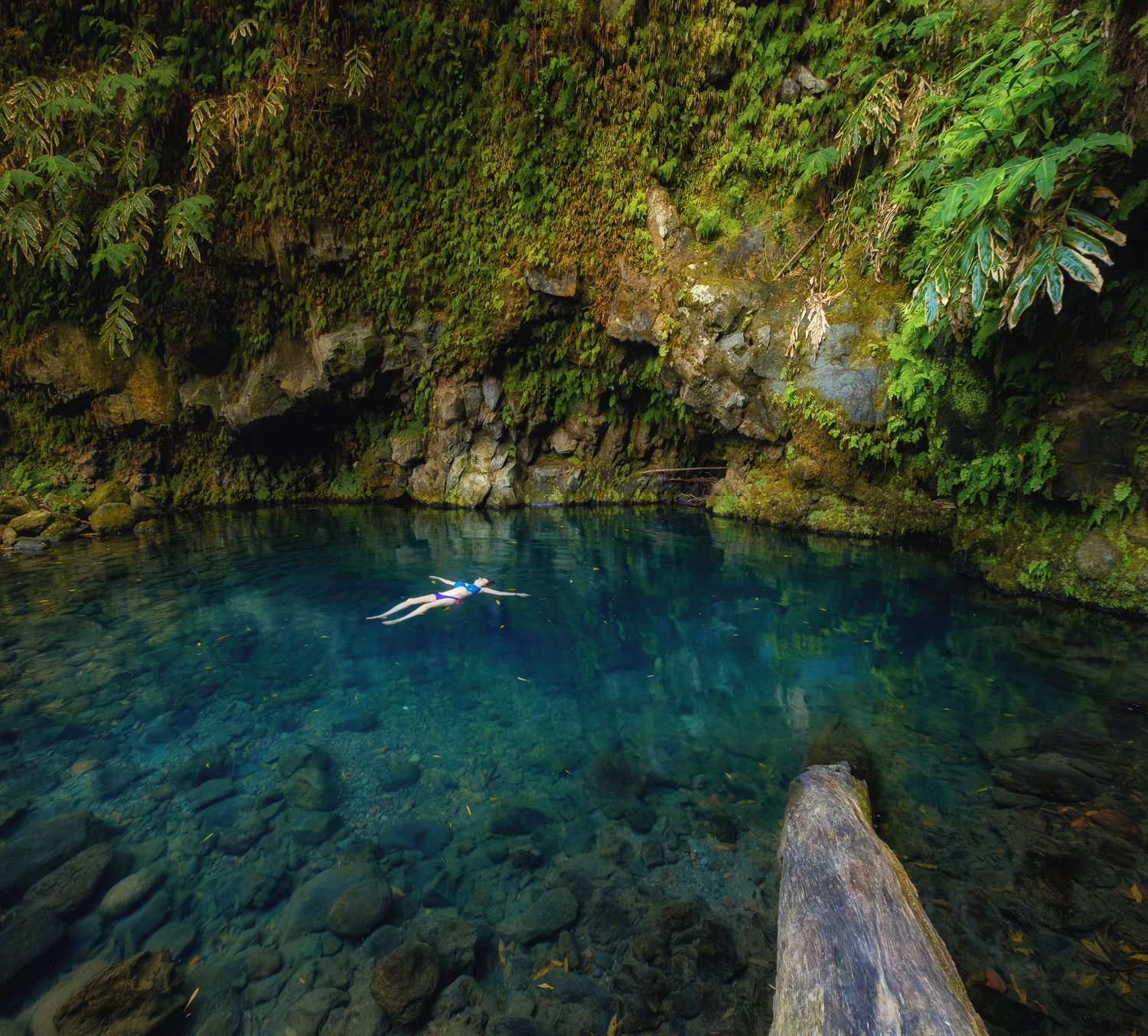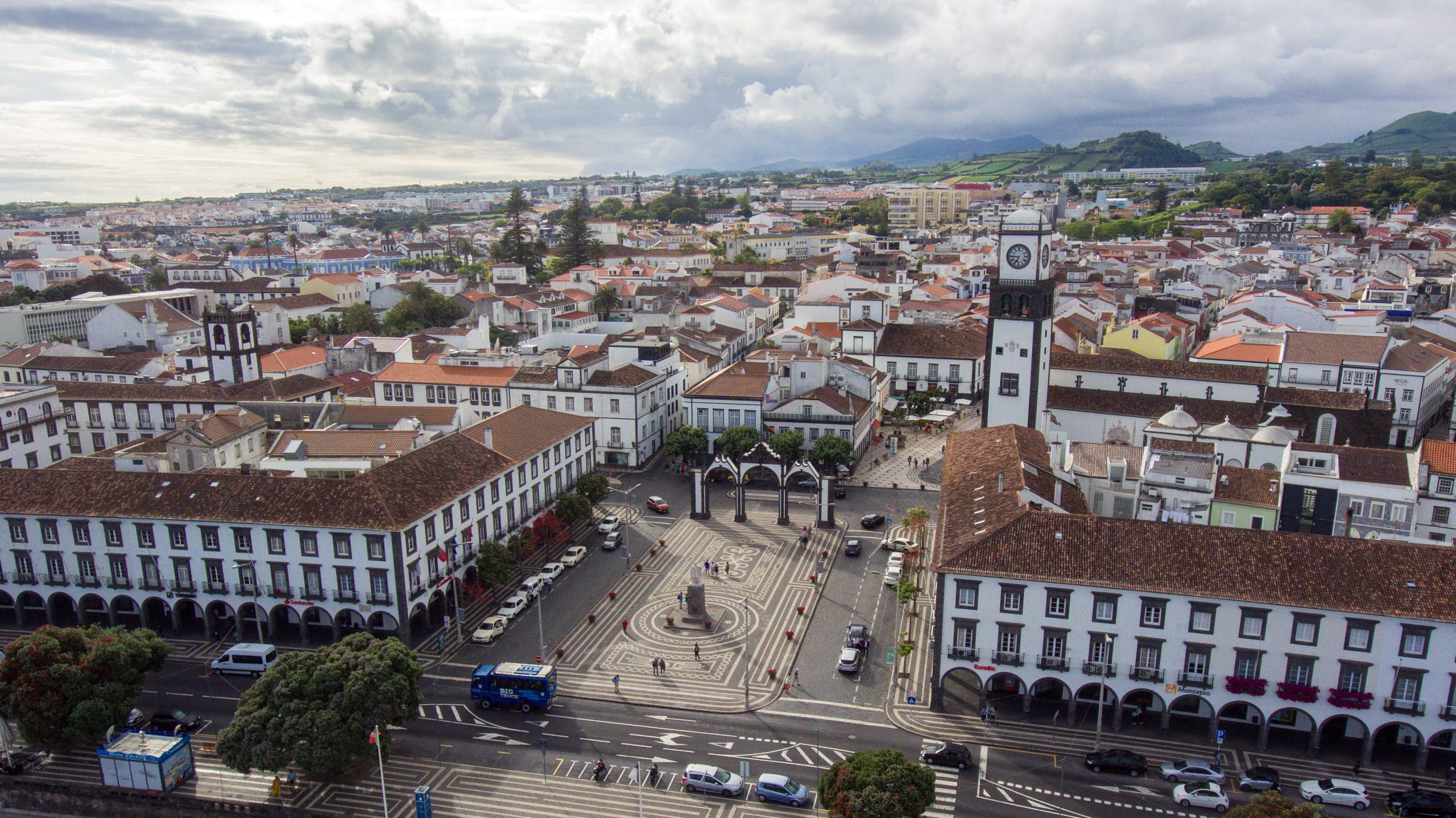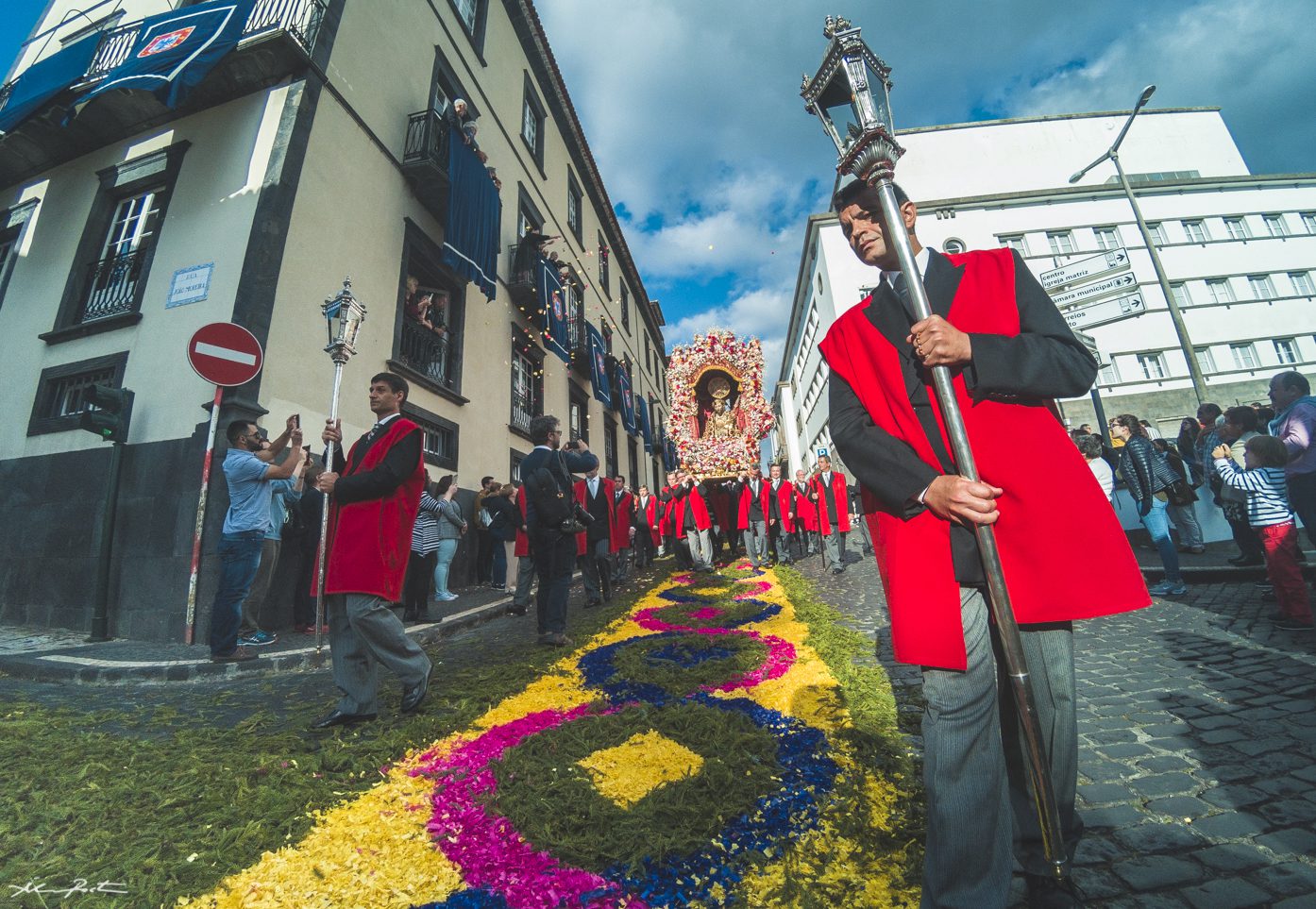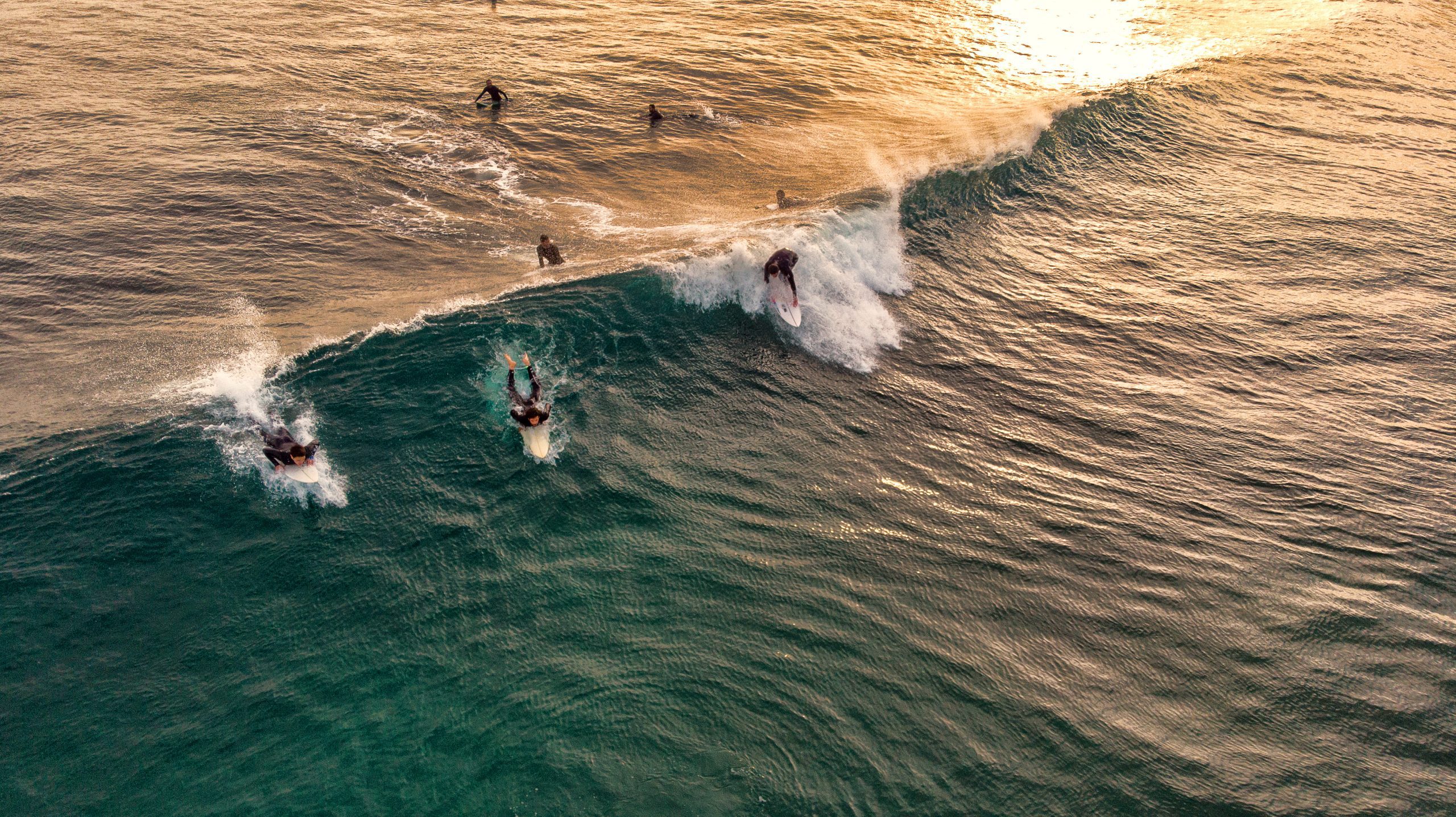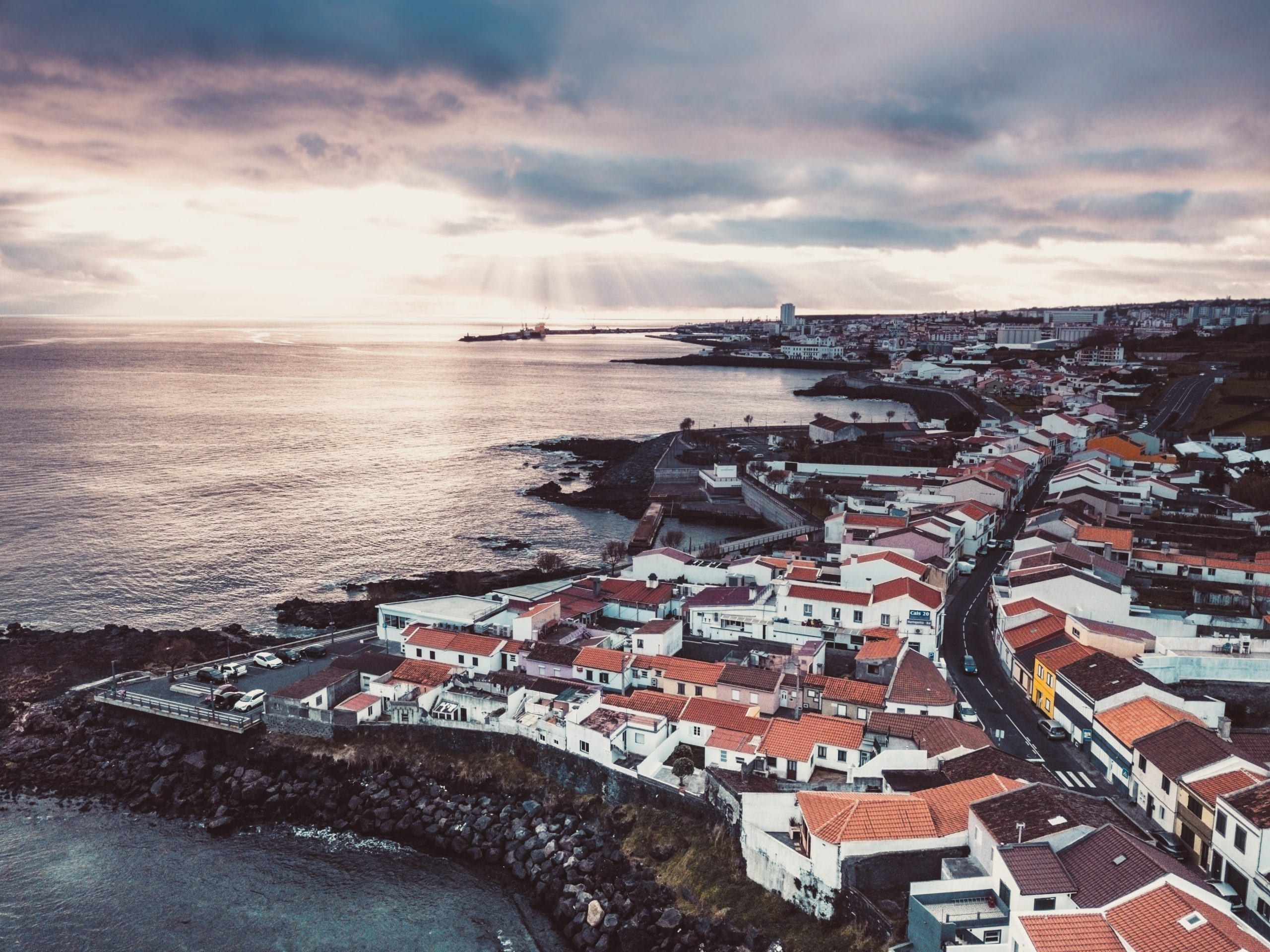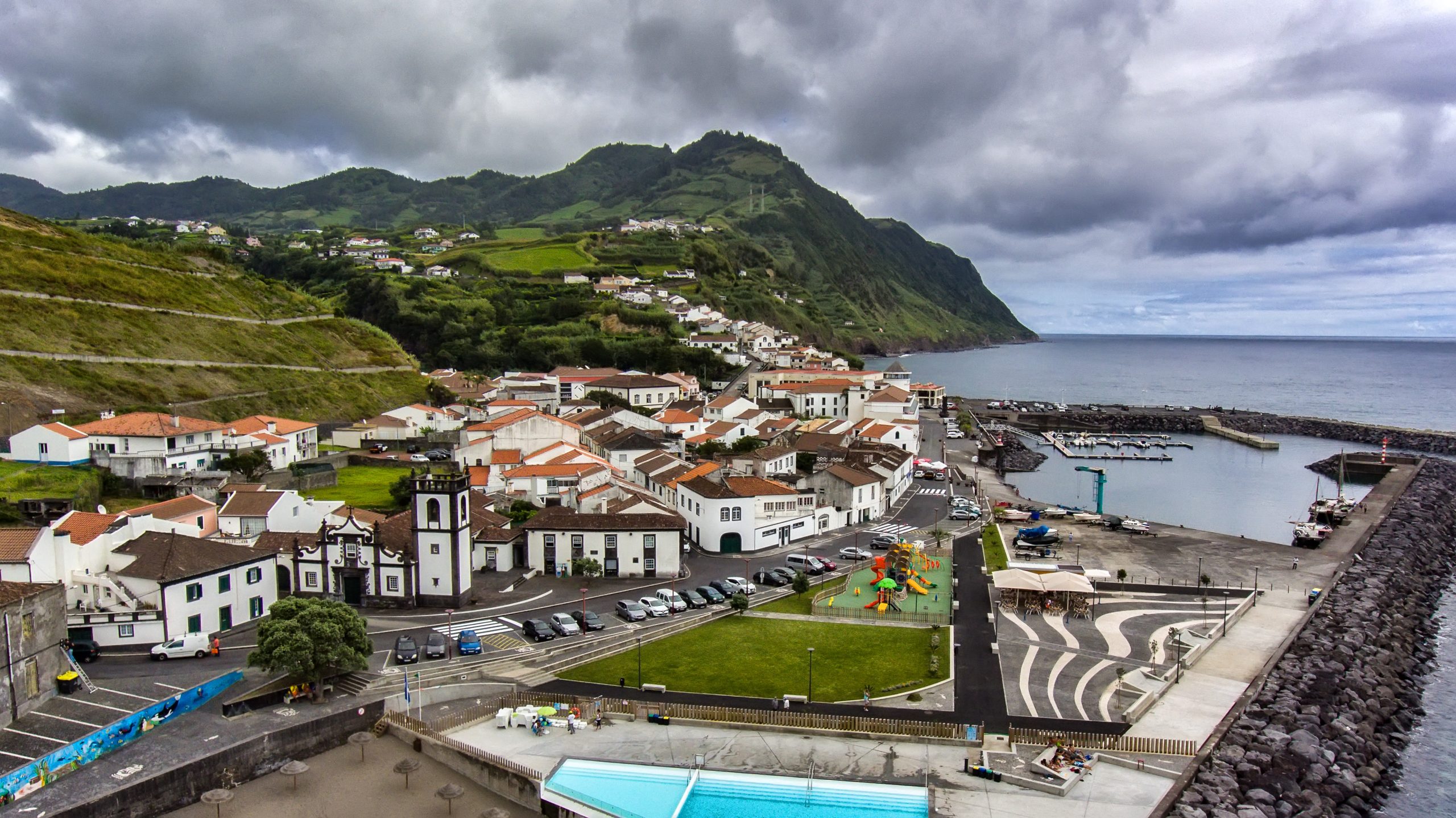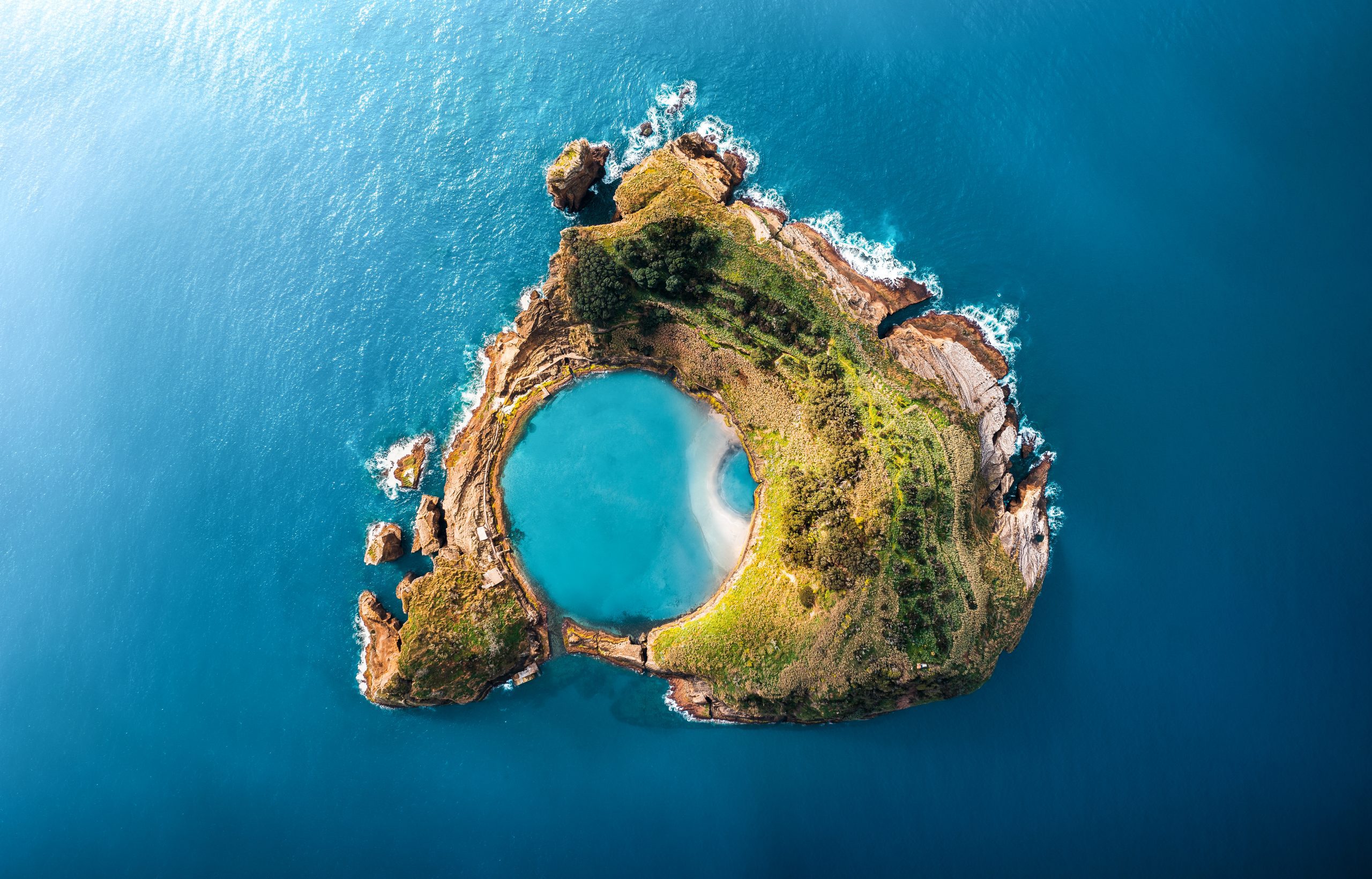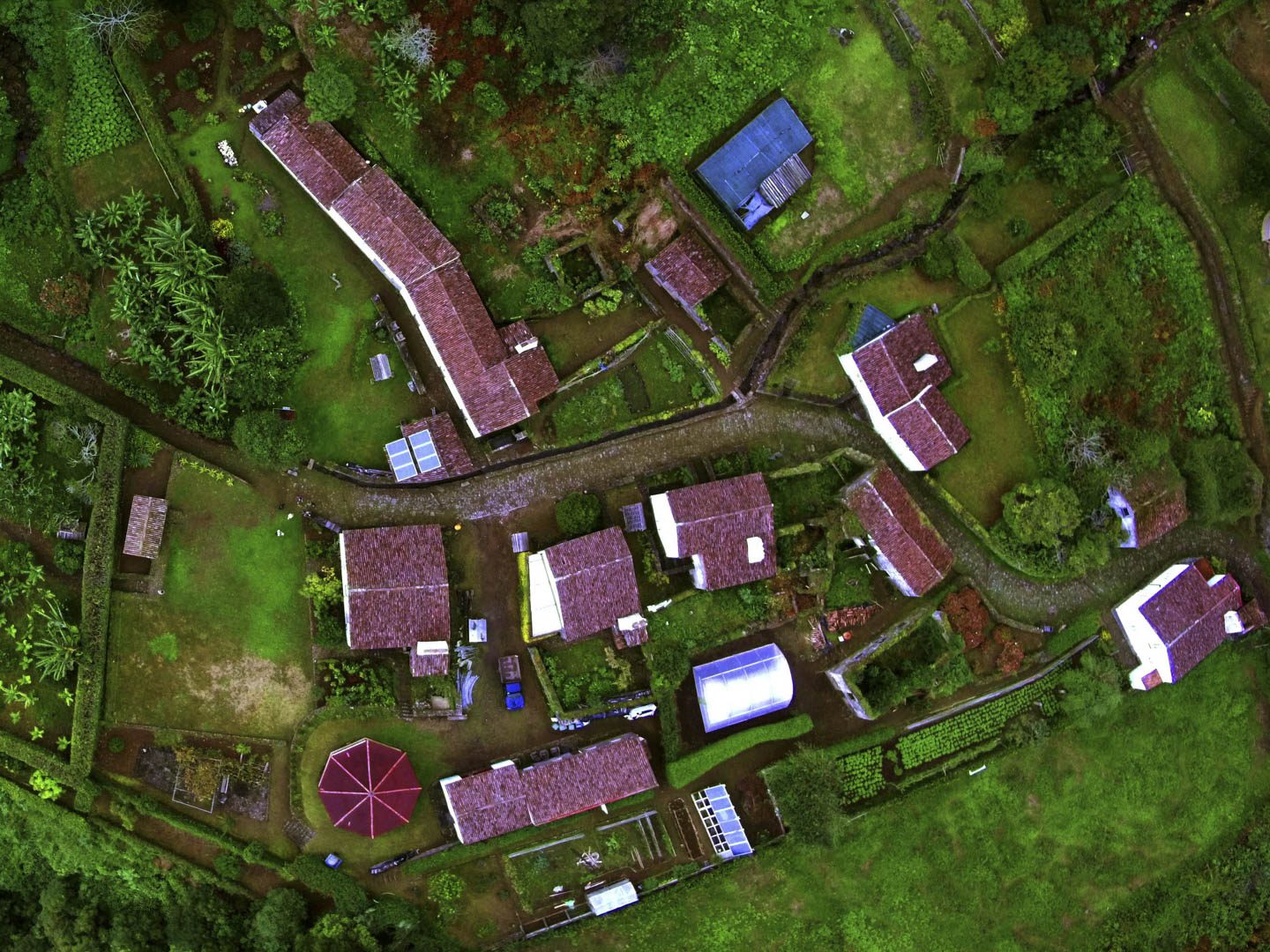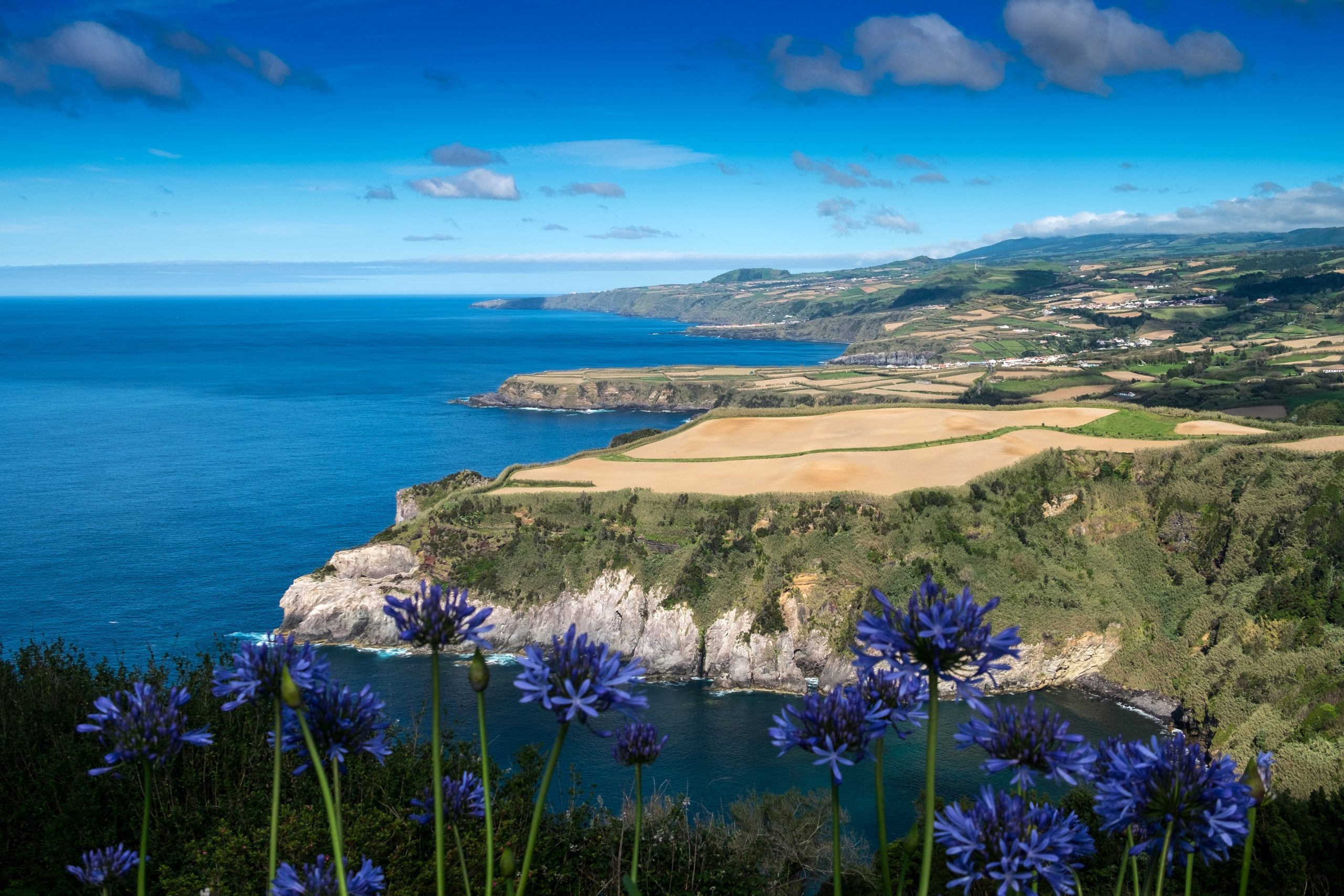Salto do Prego, nestled in the parish of Faial da Terra, São Miguel, captivates visitors with its breathtaking beauty and charm. Visitors around the world praise this hidden paradise for its serene ambiance and stunning views of the surrounding region and the Atlantic Ocean.
Before embarking on your journey, it’s essential to know that Salto do Prego is a majestic waterfall accessible only by hiking the Salto do Prego Trail. The hike adds to the adventure, immersing you in the lush landscapes of São Miguel.
As you explore Salto do Prego, you’ll have the chance to connect with nature’s wonders and enjoy the tranquility of this idyllic spot. Don’t forget to explore other fascinating attractions in Faial da Terra, making the most of your visit to this picturesque region.
What is Salto do Prego

Salto do Prego, often described as a hidden paradise, lies within Faial da Terra‘s wild, lush nature. Surrounded by vibrant vegetation typical of the region, this breathtaking waterfall mesmerizes visitors with its pristine, icy waters tumbling into a serene pool. It ranks among the area’s most renowned attractions, welcoming thousands of visitors from across the globe each year.
Reaching Salto do Prego involves a rewarding 2 km hike along a scenic trail. The journey immerses you in São Miguel’s natural beauty while revealing points of historical significance that enrich the experience. This adventure offers breathtaking views and a deeper connection to the island’s heritage.
Whether you marvel at the waterfall’s splendor or explore the trail’s historical landmarks, Salto do Prego promises an unforgettable encounter with nature and history.
Top Places to View & Visit in Salto do Prego
Visit Faial da Terra

Faial da Terra, affectionately known as the “Nativity Scene of the Island,” is a serene parish on São Miguel. With around 350 residents primarily engaged in agriculture, this picturesque village offers a unique charm shaped by its fertile lands and close connection to the ocean.
Nestled between valleys and mountains, Faial da Terra boasts a magnificent view of the Atlantic and is conveniently close to some of São Miguel’s most popular bathing areas. Its history dates back to the early 16th century, making it one of the island’s earliest settlements.
The name “Faial da Terra” comes from the “Beech-of-Earth” (Murcia Faya), a native tree that once thrived in the island’s lowland forests. This natural heritage reflects the area’s deep-rooted ties to Macaronesian biodiversity.
During your visit, immerse yourself in the wonders of this enchanting parish:
- Wander the scenic Salto do Prego Trail;
- Discover the charm of Aldeia do Sanguinho;
- Marvel at the breathtaking Salto do Prego Waterfall.
Faial da Terra invites you to experience its tranquil beauty, where nature and history blend seamlessly.
Explore the Salto do Prego Hiking Trail

The Salto do Prego Trail immerses you in an untouched forest rich in dense vegetation and unique species typical of the Azores. As you walk this scenic path, you’ll pass:
- Family orchards nestled along the route;
- Trickling streams feeding the main river;
- Local wildlife thriving in its natural habitat;
- The breathtaking Salto do Prego Waterfall.
This circular trail stretches 4.5 km and combines gentle slopes, wooden bridges, and a few steps. The journey typically takes around two hours at a moderate pace, excluding time spent marveling at the waterfall.
Two paths lead to the cascade: a shorter, easier route and a longer, more challenging one. The trail continues beyond the waterfall, looping back to where it began.
Your adventure starts in Faial da Terra, a picturesque parish in a verdant valley. The Ribeira do Faial da Terra flows through lush landscapes before meeting the sea, offering a serene backdrop to this unforgettable hike.
Dive Into the Salto do Prego Waterfall

After completing the Salto do Prego Trail, you’ll arrive at this stunning natural gem. A true highlight of São Miguel, the waterfall rewards every visitor who tries to reach it.
Although the Salto do Prego Waterfall is relatively small, its mighty cascade and serene surroundings make it unforgettable. The icy waters plunge into a shallow pool framed by rugged rocks, offering an ideal spot to unwind and connect with nature.
Take a moment to relax, picnic with family or friends, and bask in the tranquility. Whether soaking in the refreshing water or exploring the top of the waterfall, visitors often describe the experience as revitalizing for both body and mind.
Step Back in Time at Aldeia do Sanguinho

Aldeia do Sanguinho is a small, picturesque rural village nestled amidst lush tropical vegetation. Nestled along the trail to Salto do Prego Waterfall, this tranquil village reveals glimpses of São Miguel’s historical past.
The village, built centuries ago, served as a haven for its inhabitants. Farmers and emigrants seeking better living conditions strategically positioned the town to protect homes, land, and farms from severe storms. Its name, ‘Sanguinho’, originates from the abundant presence of the sanguinho shrub species in the area.
Residents abandoned Aldeia do Sanguinho around four decades ago after severe floods devastated Faial da Terra. At its peak, the village housed over 200 residents in around twenty homes.
Today, a revitalization project breathes new life into this historic settlement. People have restored some houses, making them available for stays. A café has also opened, offering a warm and welcoming stop for those exploring the region.
Explore this serene village and immerse yourself in its blend of history, nature, and renewed vibrancy.
Best Time to Visit Salto do Prego

The ideal time to visit Salto do Prego is from May to September. The surrounding nature peaks during these warmer months, and the cool water is perfect for a refreshing dip. It’s also a safer time for hiking, as the trails are less slippery, allowing visitors to explore the area’s fauna and flora fully.
For the more adventurous, visiting during colder or rainier days offers a unique charm. Though more challenging due to slippery paths, the trail provides a magical experience as raindrops filter through the treetops, creating a natural “window” to the sky.
Check all our articles about the weather in the Azores throughout the year 🌤️ ☔️: January | February | March | April | May | June | July | August | September | October | November | December
Best Time of Day to Visit
On your visit to Salto do Prego, and considering the time it will take to walk the trail to the waterfall, we advise our readers to make part of the day available to enjoy the place calmly and quietly, avoiding the hours of greater flow of people.
In this sense, we suggest you start your morning walk. This way, you will have more time to enjoy the place and return to Faial da Terra with clarity and in time for a rewarding lunch.
Plan Your Visit to Salto do Prego

Salto do Prego stands out as one of São Miguel’s most famous spots, offering visitors a versatile range of experiences. In addition to Salto do Prego, you can learn about other areas of interest throughout your stay in the region.
Once you have chosen the exact dates and duration of your trip, find the right accommodation. The sooner you book, the more likely you are to find a lower-priced offer. Another essential tip for managing your time is creating a detailed itinerary with all the places you want to visit during your stay.
Azores Guide Book
Azorean Language & Phrases 🗣️ | Currency & Banks 💵 | Credit Cards & Traveler’s Cheques 🏧 | Driving in the Azores 🚗 | Electricity 🔌 | Experiences & Tours 🗺️ | Health & Safety 🩺 | Internet & Wi-Fi Access 🛜 | Phones & Mobile Service 📞 | Post Offices & Buying Stamps ✉️ | Public Holidays 🏖️ | Shopping 🛒 | Time & Daylight 🕒 | Whale Watching Guide 🐳 | Best Island to Visit 🏞️
How to Get to Salto do Prego
You can reach Salto do Prego by following the EN1 road to Faial da Terra. Upon arriving at this charming “Nativity Scene of the Island,” you’ll find several signs guiding you to your destination.
Quick Info
Exercise caution when crossing wooden bridges along the trail, as the damp and slippery surfaces can be challenging.
To access the waterfall, follow the Salto do Prego Trail. This linear route starts near a snack park on the regional road between Povoação and Água Retorta, just before the Retorta Water Recreational Forest Reserve. The trail connects the Ribeira do Faial da Terra to the parish, offering an immersive journey through the island’s natural beauty.
What to Bring & Pro Tips
Are you planning a visit to Salto do Prego? Prepare yourself with the essentials to ensure an enjoyable and hassle-free experience.
Clothing and Footwear:
- Comfortable clothing suitable for hiking;
- Sturdy hiking shoes for better support on the trail;
- A swimsuit if you plan to swim in the waterfall.
Backpack Essentials:
- A warm extra layer of clothing;
- Waterproof jacket or windbreaker in case of rain;
- Towel for drying off or sitting on the ground;
- Camera to capture unforgettable moments;
- Sunscreen to protect your skin;
- Snacks and plenty of water to stay energized and hydrated.
Respect Nature: Salto do Prego is part of a protected landscape. To ensure you leave no trace, bring back all your trash and, if possible, collect any litter you find. Together, we can preserve this natural wonder!
Where to Eat
If you need somewhere to eat near Salto do Prego (Faial da Terra), click here. In this link, you’ll find the 10 best restaurants on TripAdvisor.
Where to Stay
To make your life easier, we’ve filtered the search by:
Nearby Attractions
Church of Nossa Senhora da Graça

The Church of Nossa Senhora da Graça, built in the 17th century, is in Ponta Delgada. It was initially part of the Convent of the Eremitas of Santo Agostinho (Gracianos), which remained active until 1832. After the religious order’s extinction, the church lost its liturgical elements. Over the years, various institutions repurposed the space for their purposes.
Did you know
The church’s tower once housed the Ponta Delgada Meteorological Station, which later led to the establishment of the Azores Meteorological Service.
Over time, the church and convent hosted a high school gymnasium, a judicial court, the finance secretariat, the municipal library, and the Free Academy of Arts of Ponta Delgada. Today, the site remains inaccessible to the public.
Check all our articles about each one of the most relevant points of interest in Ponta Delgada: Gruta do Carvão | Ponta Delgada | Jardim António Borges | Jardim Botânico José do Canto | Pinhal da Paz | Portas da Cidade | Milícias & Pópulo Beaches | Praia de São Roque | Pico Vermelho Windmill | Rocha da Relva | Mercado da Graça | Miradouro Vigia da Baleia
Nossa Senhora da Paz Viewpoint

Perched atop the Mount of Our Lady of Peace, the Viewpoint of Nossa Senhora da Paz offers breathtaking views of Vila Franca do Campo Islet and the vast Atlantic Ocean. After ascending the iconic staircase, you reach the top, which rewards you with a panorama of unparalleled beauty.
At an altitude of 215 meters, this viewpoint is a must-visit for anyone exploring São Miguel Island. The peaceful atmosphere and striking scenery make it a place to pause and reflect.
From this vantage point, the landscape unfolds in harmonious contrasts. The whitewashed houses, typical of the region, stand out against the vibrant green meadows, creating a scene of serenity and natural splendor.
Check all our articles about each one of the most relevant points of interest in Vila Franca do Campo: Vila Franca do Campo | Ermida de Nossa Senhora da Paz | Ilhéu de Vila Franca | Praia da Amora | Praia da Vinha da Areia | Praia de Água D’Alto | Lagoa do Congro | Lagoa dos Nenúfares | Miradouro do Castelo Branco
Ermida de Nossa Senhora da Paz

Built in 1522 and rebuilt in 1764, the Ermida de Nossa Senhora da Paz has undergone multiple restorations. This 16th-century chapel is an architectural treasure and one of the region’s most beloved landmarks.
The chapel boasts a staircase with 100 steps divided into 10 levels, symbolizing two-thirds of the rosary. Each level represents the Lord’s Prayer, while the steps signify the Hail Marys, adding profound spiritual meaning to its design.
Baroque-style architecture enhances the chapel’s interior and exterior. The chancel houses the main altar, while two side naves welcome the faithful during the Eucharist.
In 1991, the Regional Government of the Azores classified the chapel as a property of public interest. Its spiritual significance and architectural beauty make it a must-visit destination.
Pico dos Bodes Viewpoint

The Pico dos Bodes Viewpoint is a place of mandatory passage in the municipality of Povoação. In addition, the panoramic view of great coverage extends from the coast of Faial da Terra to Vila Franca do Campo.
The infrastructure at this viewpoint enables visitors to observe the sea at a 180-degree panoramic angle. It also serves as a whale watch station and has recently gained new visibility due to the recovery of the Whale Watch Trail.
The viewpoint sits 460 meters above sea level, featuring a small lawn and several stone benches. From this point, you can contemplate an indescribable view over the south coast of São Miguel.
Porto Novo Snack Park
Located along the seafront, Porto Novo Snack Park offers stunning views of Portinho do Faial da Terra. This serene spot, free to access, combines natural beauty with practical facilities, making it a perfect retreat.
The park features grills, stone tables, benches, and even a traditional haystack, providing everything needed for a cozy picnic or a relaxing meal. Surrounded by trees native to the region, it offers shade and tranquility in a picturesque setting.
Enjoy a peaceful meal with family or friends, unwind, and soak in the breathtaking scenery. This leisure space is the ideal escape from the chaos of city life.
Portinho do Faial da Terra
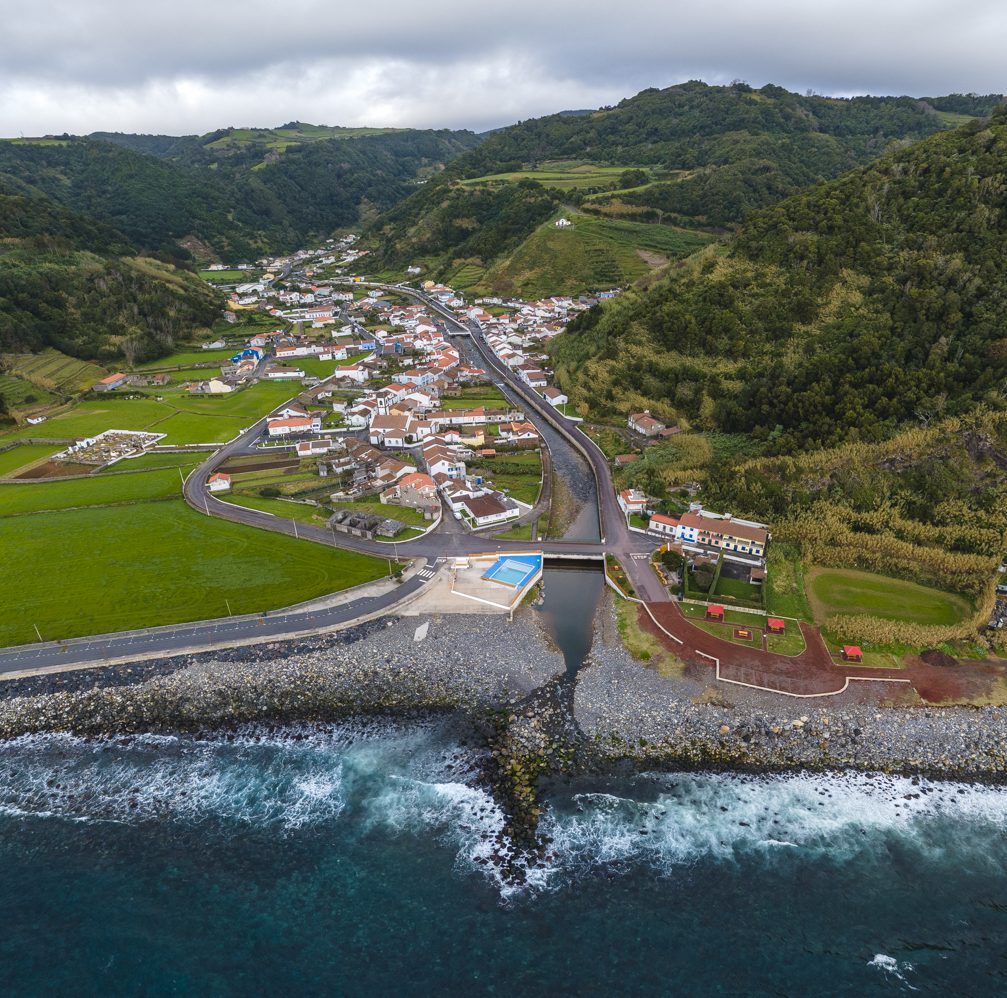
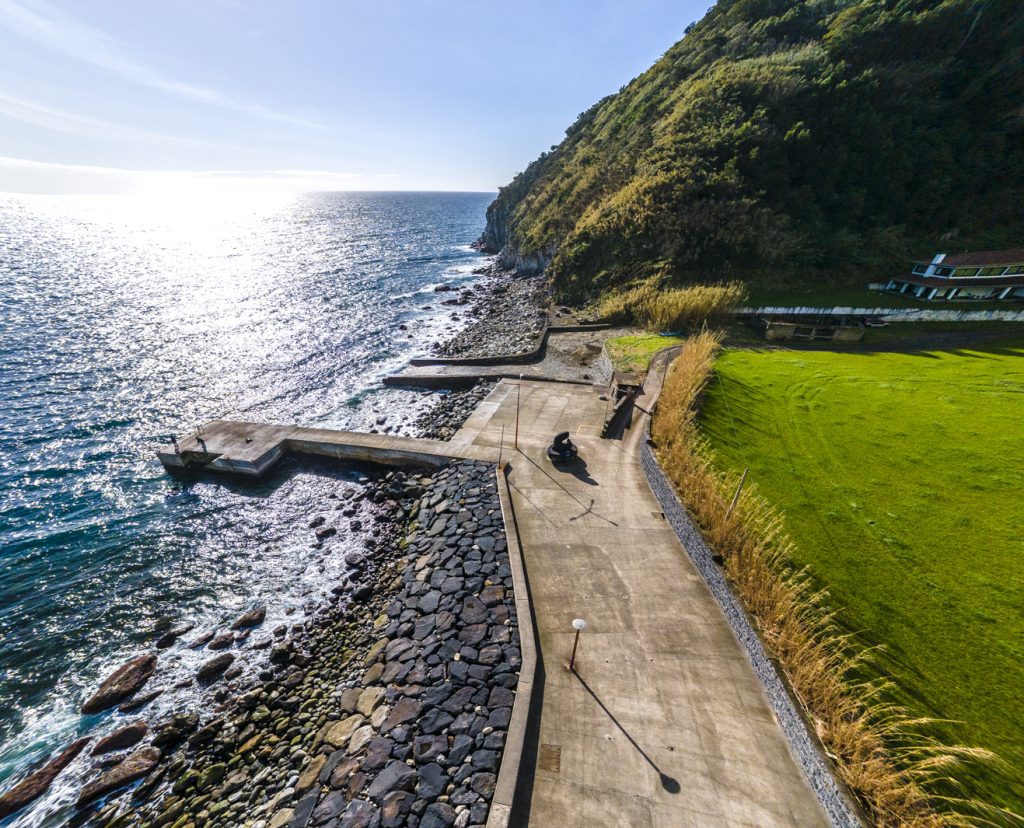
The Portinho Bathing Area in Povoação nestles in a bay protected by a towering 60-meter lava cliff at the southwestern end of the Faial da Terra Valley. This spot is ideal for enjoying São Miguel’s hottest days, offering natural beauty and refreshing waters.
The bay combines a sandy bottom with rolled pebbles, creating a unique shoreline. The amount of sand varies annually, and the shoreline’s extension changes, making each visit a slightly different experience. The bathing area also features a swimming pool and infrastructure to support visitors.
With its open-sea location, the bay provides a mix of gravel, sand, and pebbles. It’s perfect for those seeking a tranquil escape surrounded by São Miguel’s dramatic coastal scenery.
Check all our articles about each one of the most relevant points of interest in Povoação: Povoação | Aldeia do Sanguinho | Faial da Terra | Salto do Cagarrão | Salto do Prego | Ribeira Quente Waterfall | Praia do Fogo | Miradouro do Pico dos Bodes | Miradouro Vigia da Baleia
Complementary Information
Best Season to Visit the Azores
The Azores Archipelago boasts a unique climate that shapes its lush landscapes, making it a splendid year-round destination. With mild temperatures and minimal fluctuations, each season offers something unique. Spring averages 16 °C, summer reaches 21 °C, autumn cools to 18 °C, and winter remains mild at 14 °C.
→ For a detailed breakdown of the weather by month, check the following links 🌤️☔️: January | February | March | April | May | June | July | August | September | October | November | December
How to Get to the Azores
The Azorean Archipelago is easily accessible through numerous flight routes. Lisbon and Porto are the main entry points to the continent, with direct flights available to São Miguel (PDL), Terceira (TER), Faial (HOR), Pico (PIX), and Santa Maria (SMA). To find the best flight, use search engines like eDreams or Skyscanner. These platforms let you compare prices and schedules from multiple airlines in one convenient location.
For more details on how to get to the Azores, take a look at our complete guide. But what if you want to explore beyond your arrival island? We’ve got you covered!
- Azores airports 🛬
- Flights between islands ✈️
- Ferries between islands ⛴️
- Which island to choose? 🏝️
- What airlines fly to the Azores? 🛩️
→ Once you’ve found the perfect route, book your tickets and get ready to experience one of the world’s most stunning island groups!
Travel Essentials
Essential Information for your Azores trip: Azorean Language & Phrases 🗣️ | Currency & Banks 💵 | Credit Cards & Traveler’s Cheques 🏧 | Driving in the Azores 🚗 | Electricity 🔌 | Experiences & Tours 🗺️ | Health & Safety 🩺 | Internet & Wi-Fi Access 🛜 | Phones & Mobile Service 📞 | Post Offices & Buying Stamps ✉️ | Public Holidays 🏖️ | Shopping 🛒 | Time & Daylight 🕒 | Whale Watching Guide 🐳 | Best Island to Visit 🏞️
Useful Tools & Apps
The weather in the Azores can be variable, so it’s helpful to use some apps before visiting the islands. Spotazores provides live camera feeds from the main tourist attractions, allowing you to check the weather and plan your visit. For accurate weather predictions, use Windy or Windguru — they provide the most reliable predictions.
Video
Conclusion
Salto do Prego, nestled within a lush forest, offers a serene escape from the city’s hustle and bustle. This tranquil retreat invites you to immerse yourself in nature and enjoy peace and adventure.
Before heading out, pack a well-prepared backpack with essentials like comfortable clothing, proper footwear, and the items we’ve recommended to enhance your experience. Planning goes a long way in ensuring a smooth and enjoyable visit.
Take the time to craft a thoughtful itinerary that includes Salto do Prego and other must-see attractions in São Miguel. Research your options and tailor your trip to your preferences for a truly unforgettable experience.
So, what are you waiting for? Start planning your adventure and uncover the hidden charms of São Miguel Island!
Authors’ Note
I am pleased to inform you that all the recommendations in this article are based on my personal experience and observations. As the author, I have personally visited each attraction mentioned, ensuring that every suggestion is grounded in first-hand knowledge and genuine enthusiasm.
FAQs
The trail to Salto do Prego is moderately complex, covering about 4.5 km in a circular route. It includes slopes, wooden bridges, and uneven paths, making it accessible for those with average physical fitness.
Visitors can swim in the shallow pool at the waterfall’s base. The icy, clear waters offer a refreshing experience after the hike. Don’t forget to pack a bathing suit and a towel!
Pack comfortable clothing, hiking shoes, a bathing suit, sunscreen, snacks, and water. A waterproof jacket, towel, and camera are also recommended to enhance your experience.
Pack essentials like comfortable and trail-appropriate footwear, a bathing suit for the waterfall, sunscreen, water, and snacks. To enhance your experience, consider bringing a backpack with essentials like a towel, extra warm clothing, and a camera.
Yes! Along the trail, visit the picturesque Sanguinho Village or head to the parish of Faial da Terra for more natural and cultural attractions.
Check all our articles about each one of the most relevant points of interest on São Miguel Island: 3-day itinerary for São Miguel | 5-day itinerary for São Miguel | Discovery Azores | Traditional Azorean Clothing | Tipping in the Azores | Do People Speak English in the Azores? | Miradouros da Vigia da Baleia | Furnas | Lagoa | Lagoa do Fogo | Mosteiros | Maia | Nordeste | Ponta Delgada | Povoação | Ribeira Grande | Sete Cidades | Vila Franca do Campo







